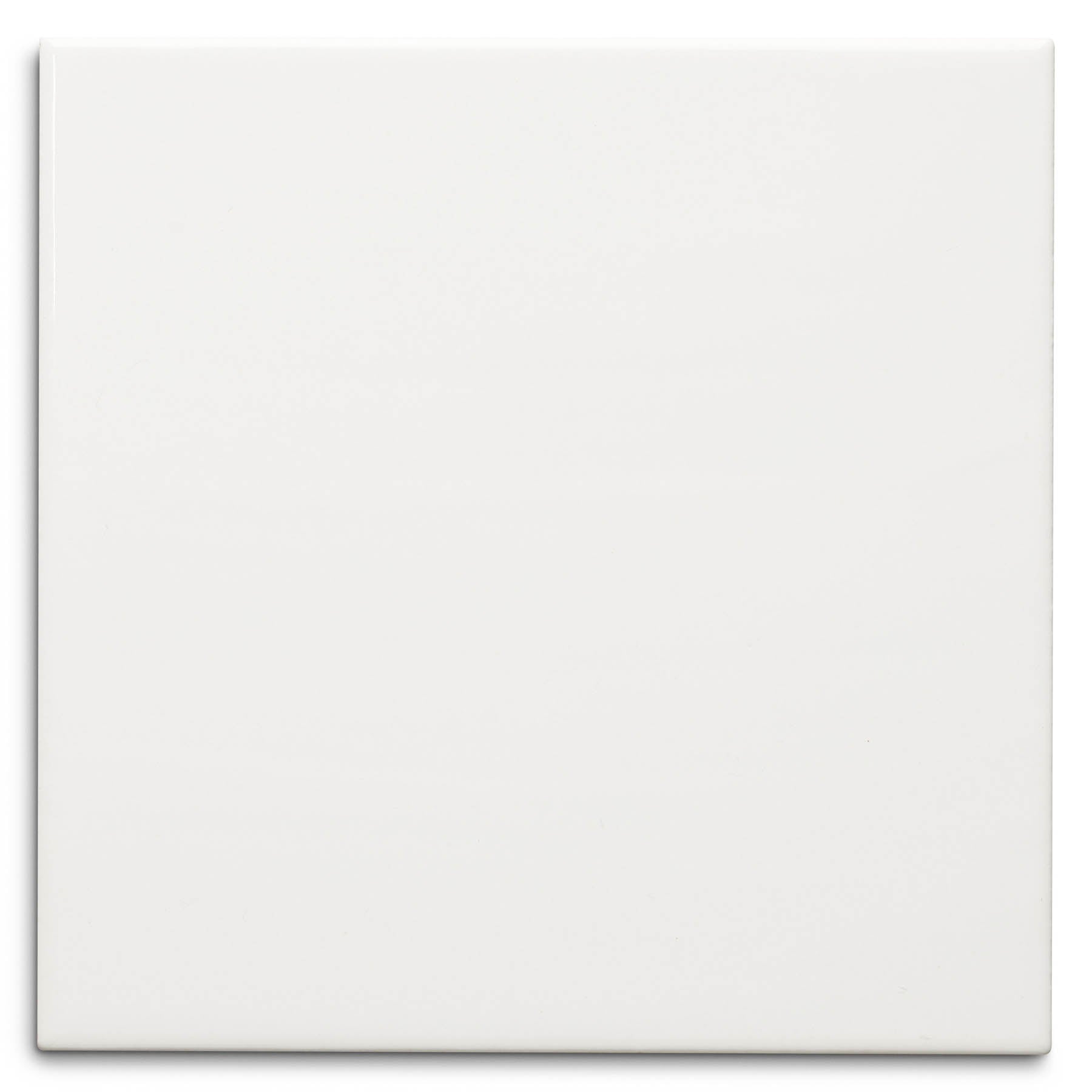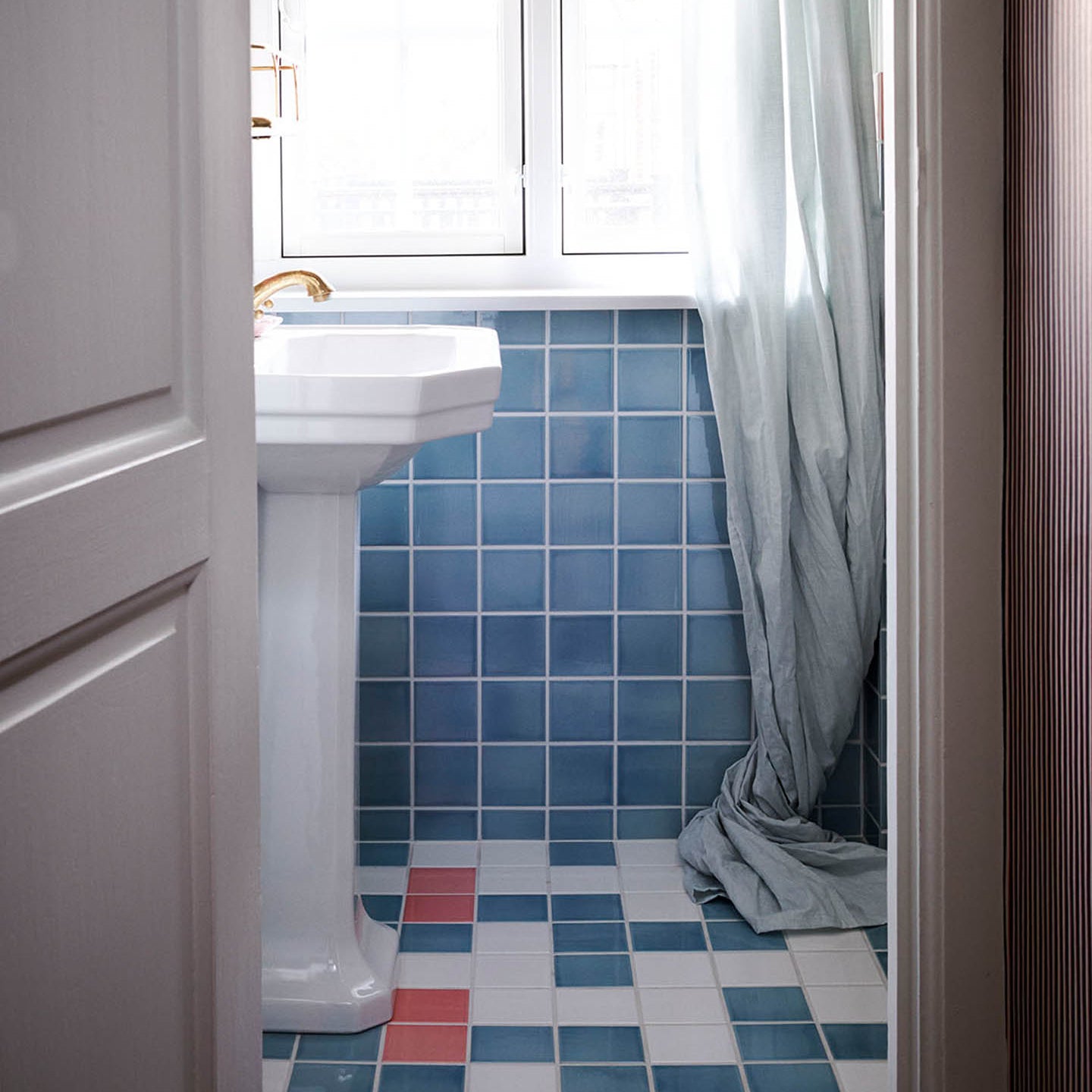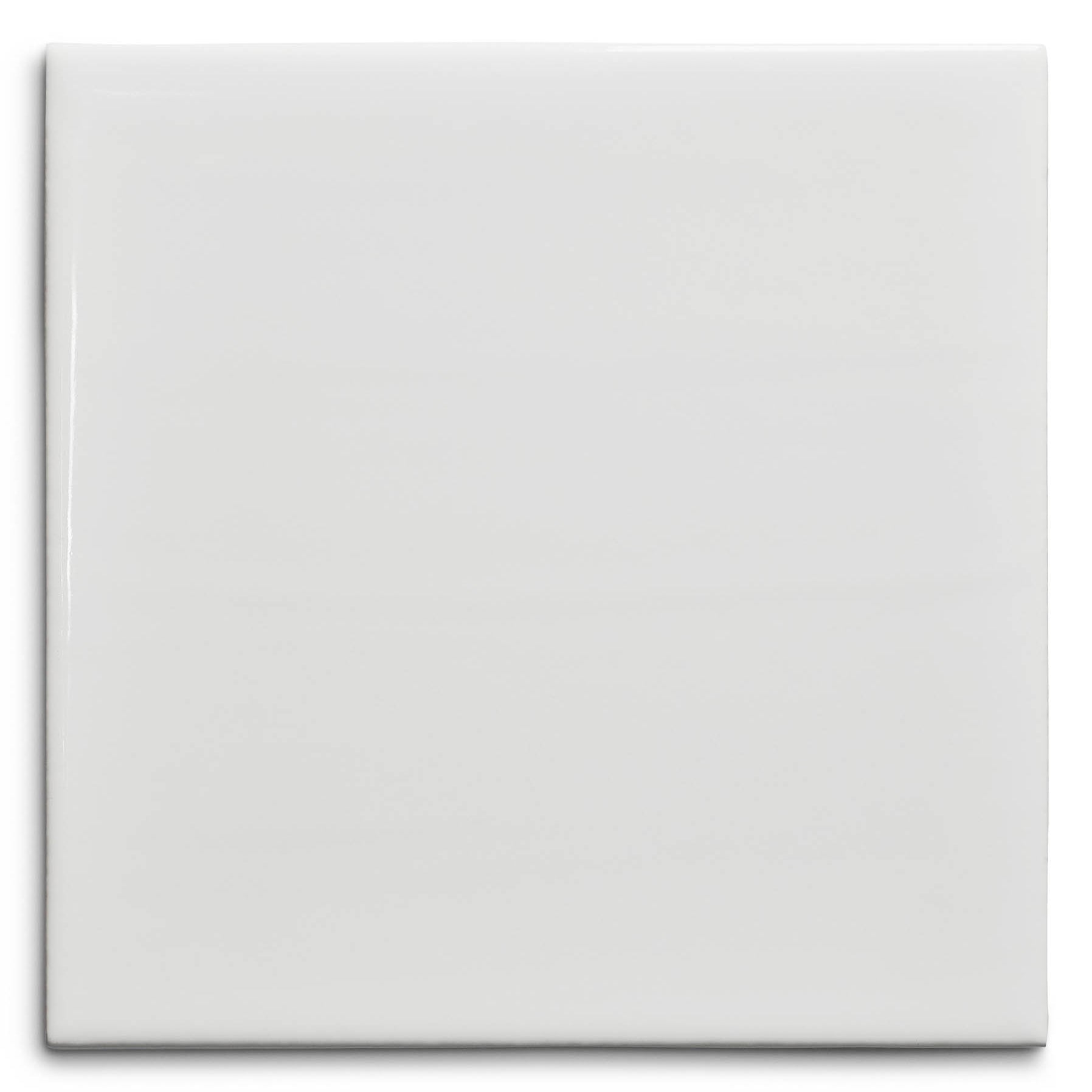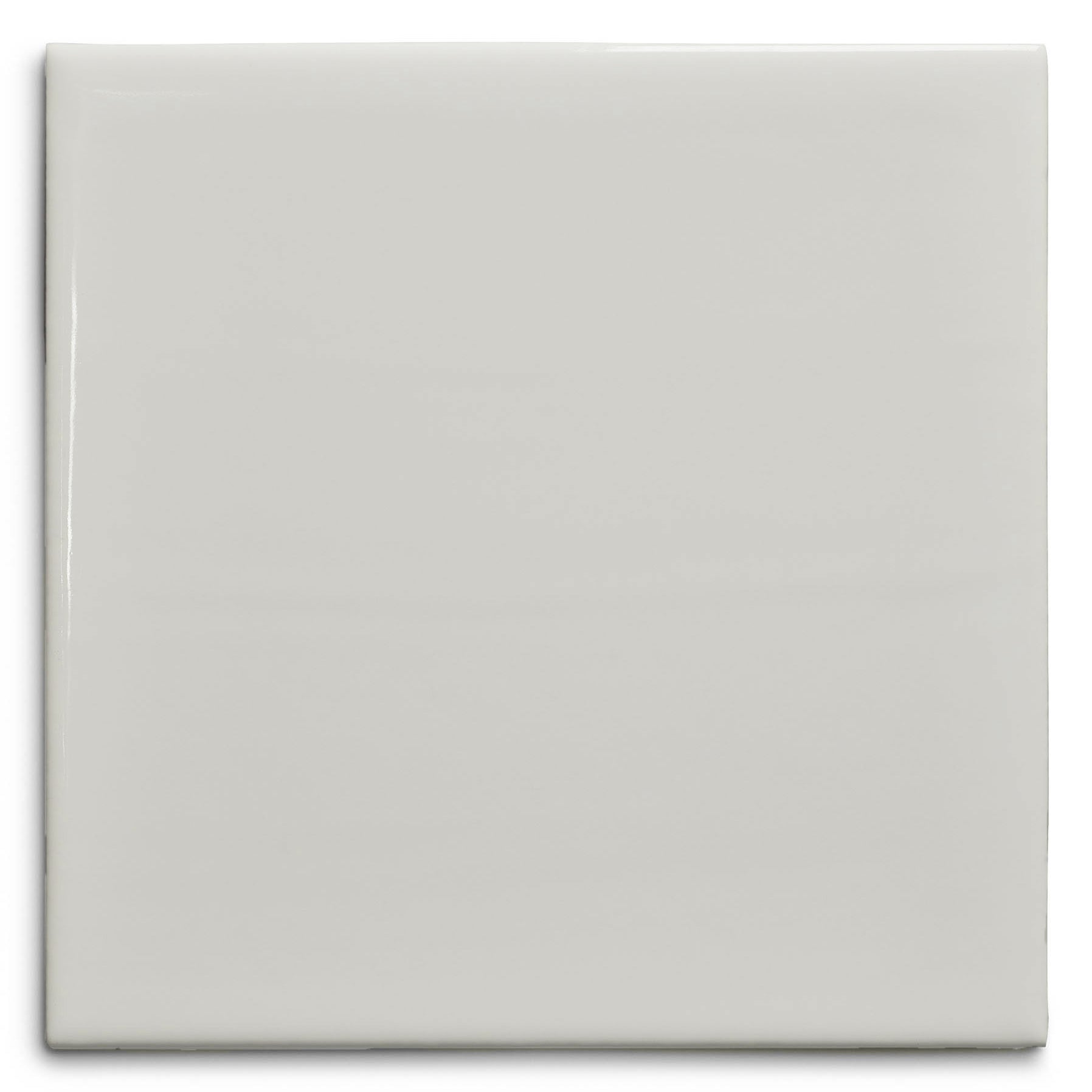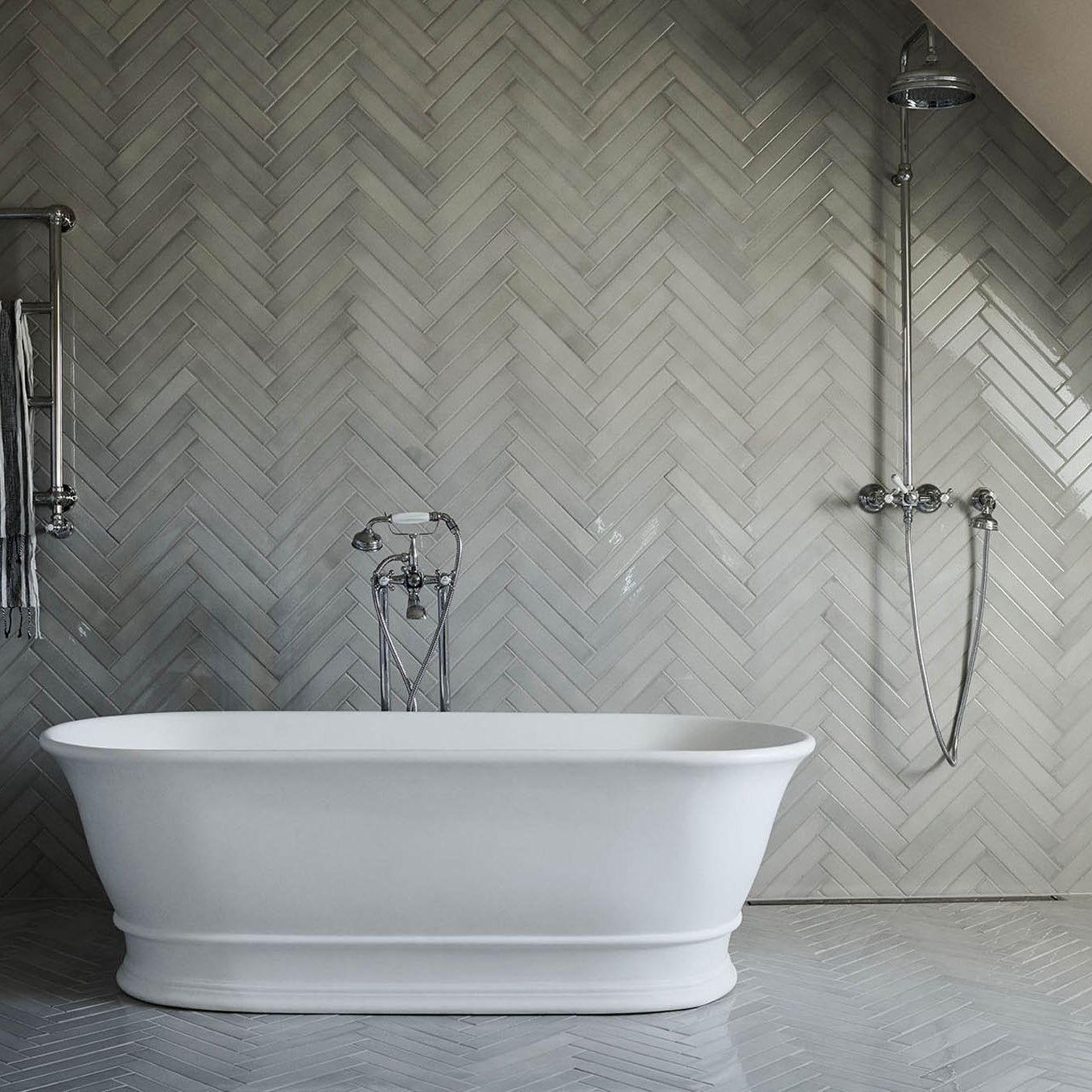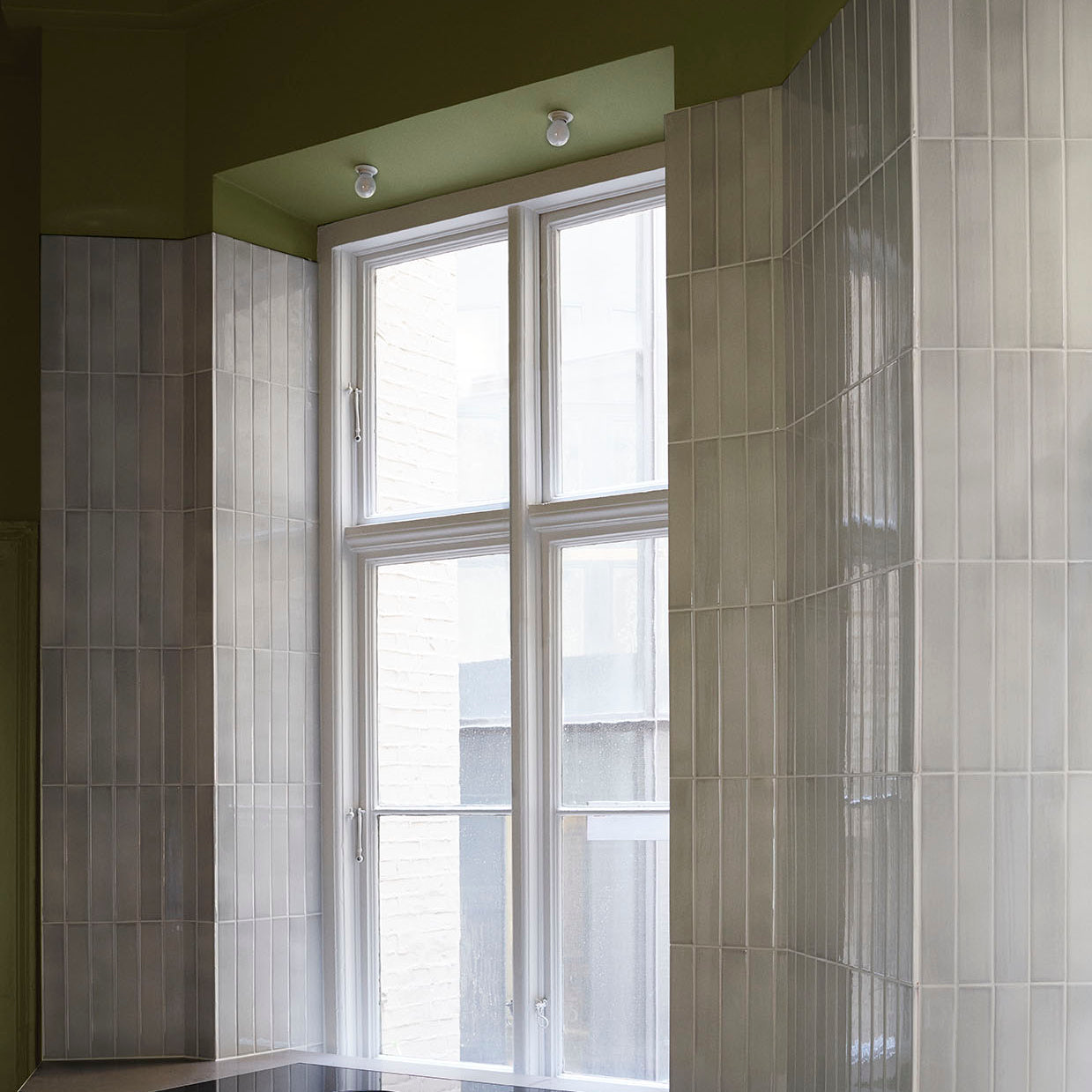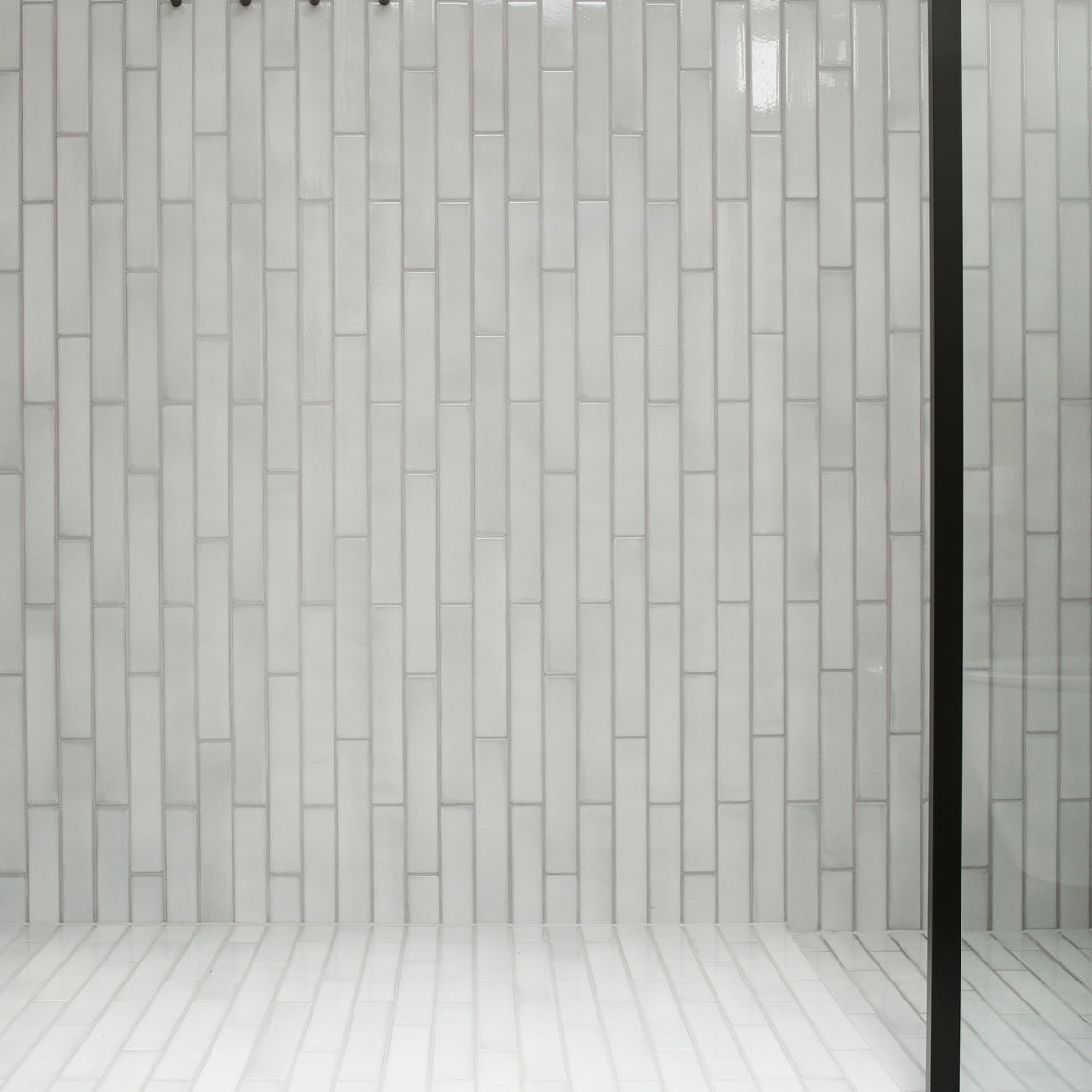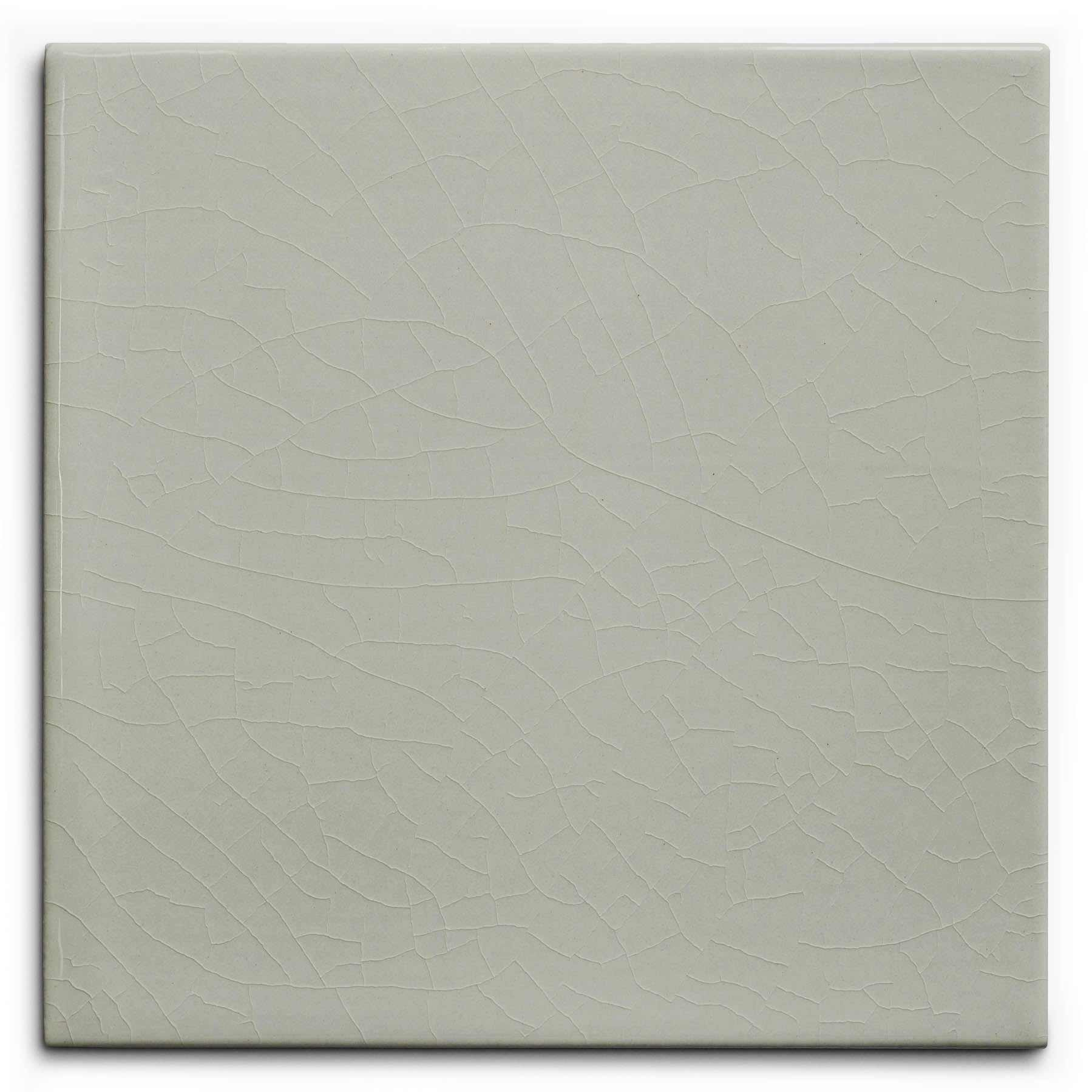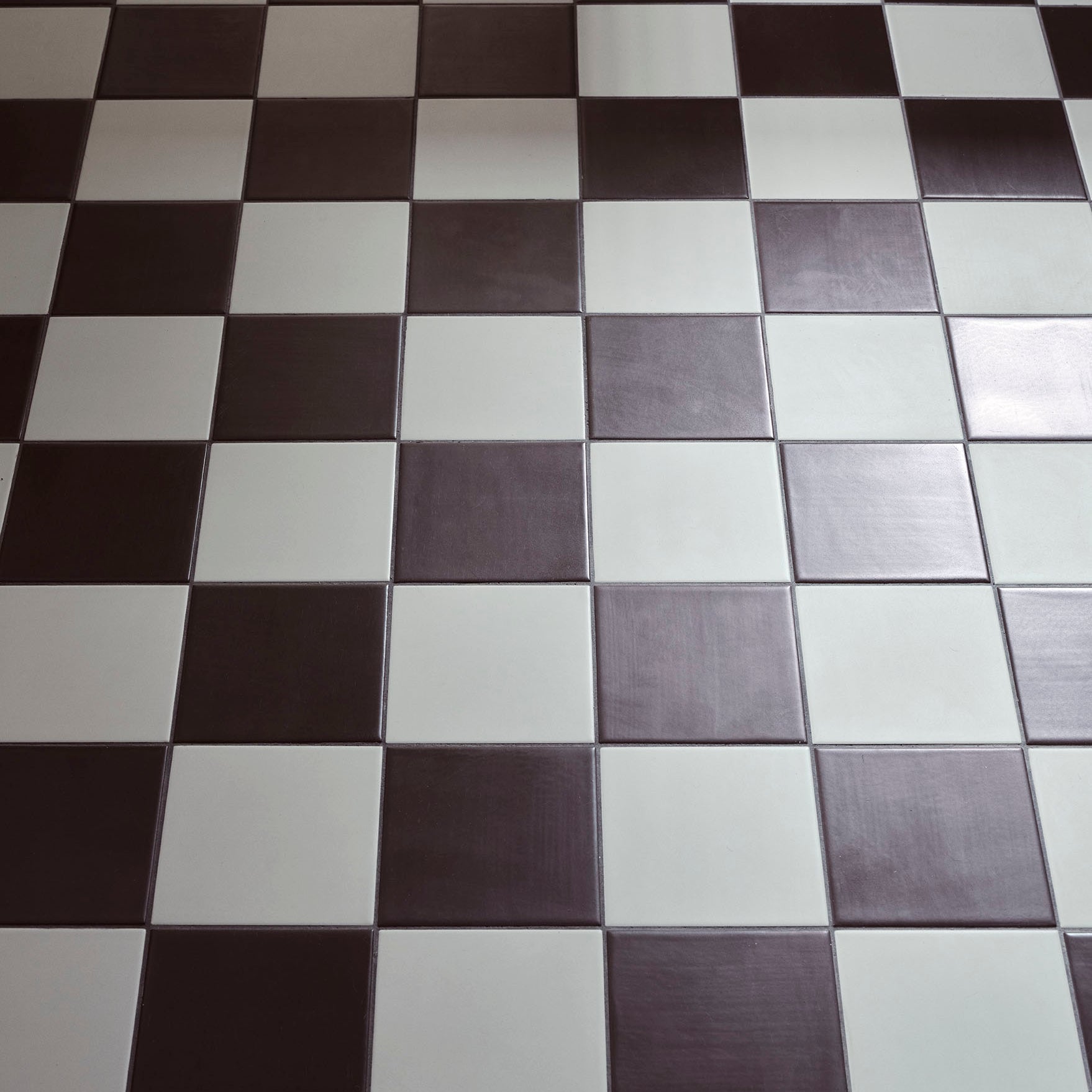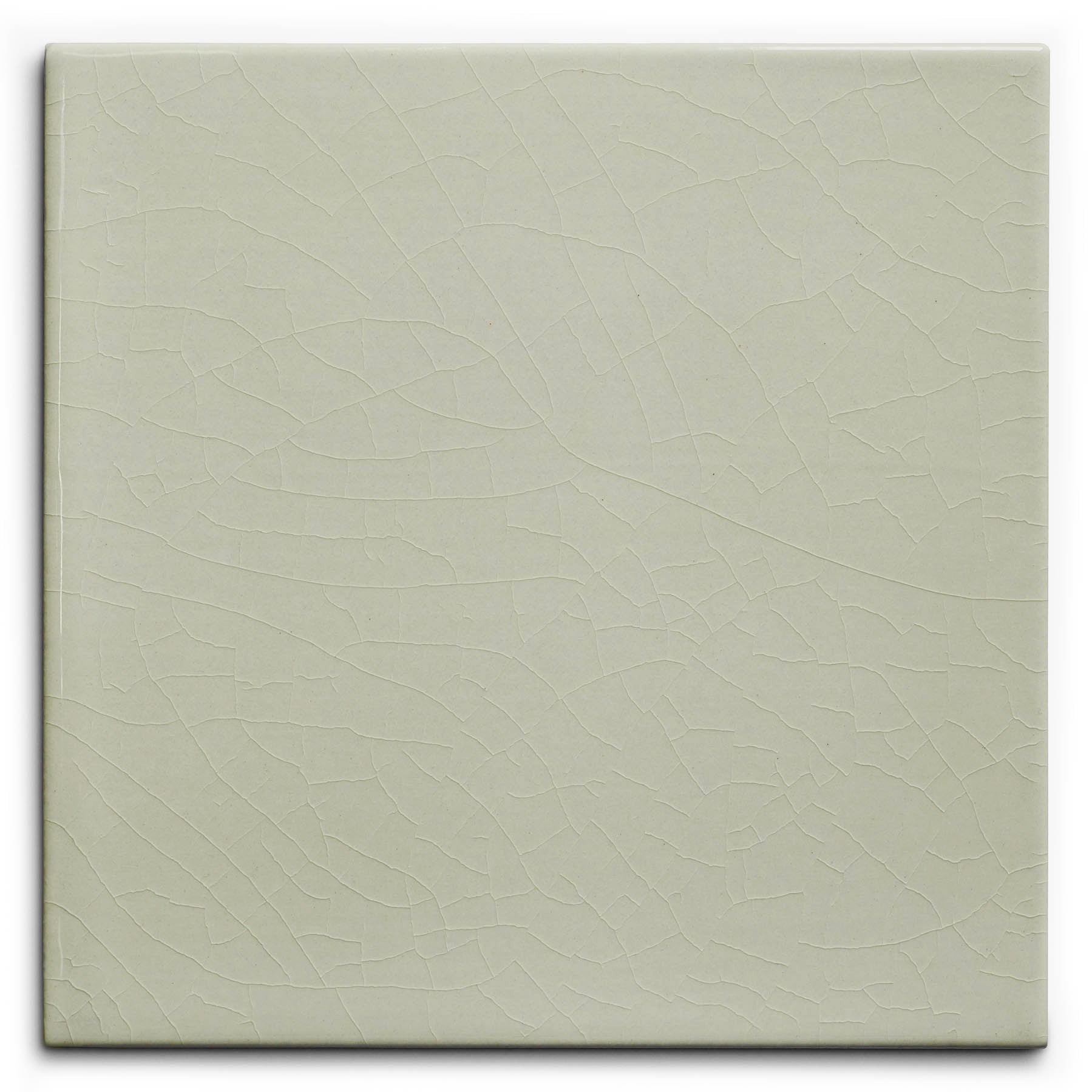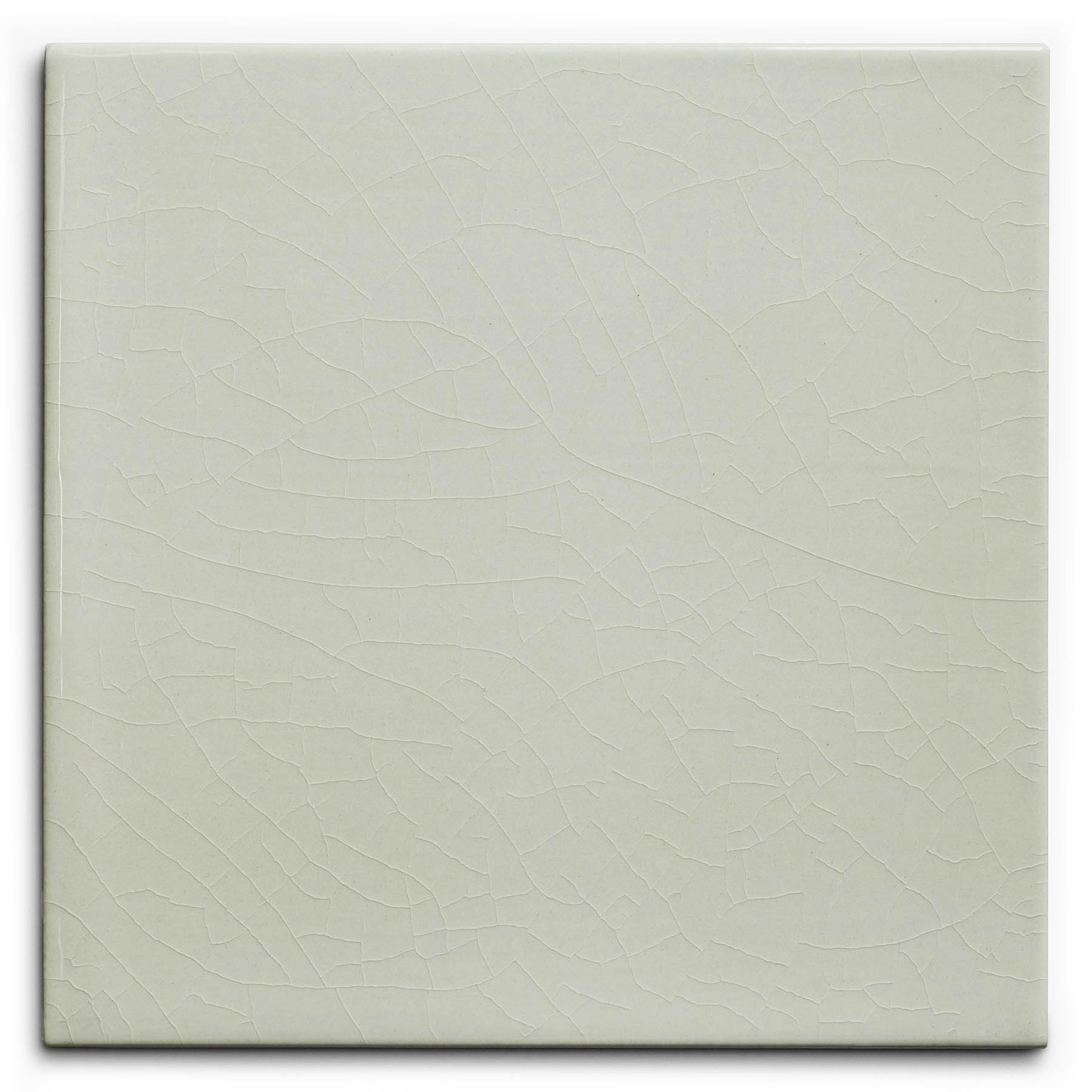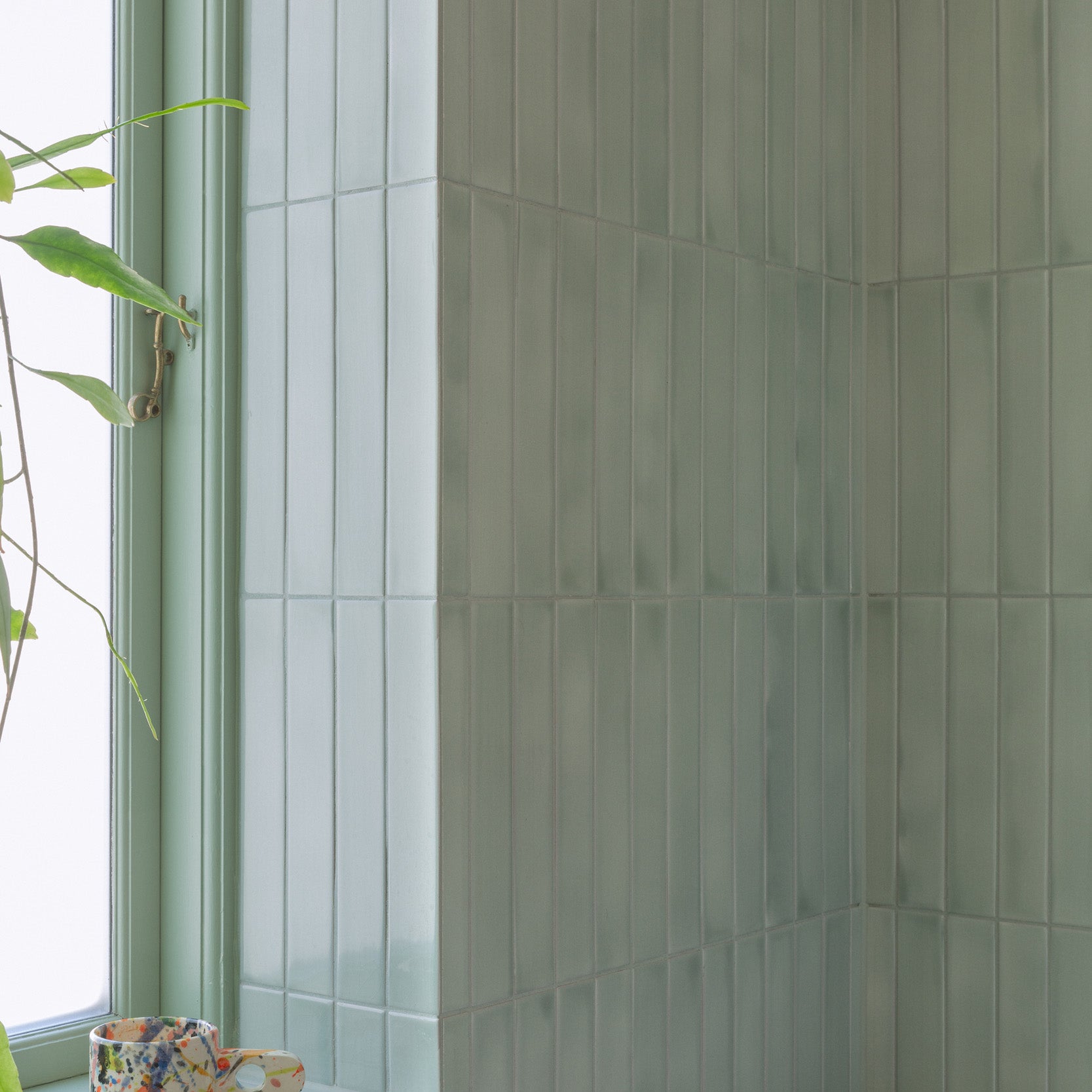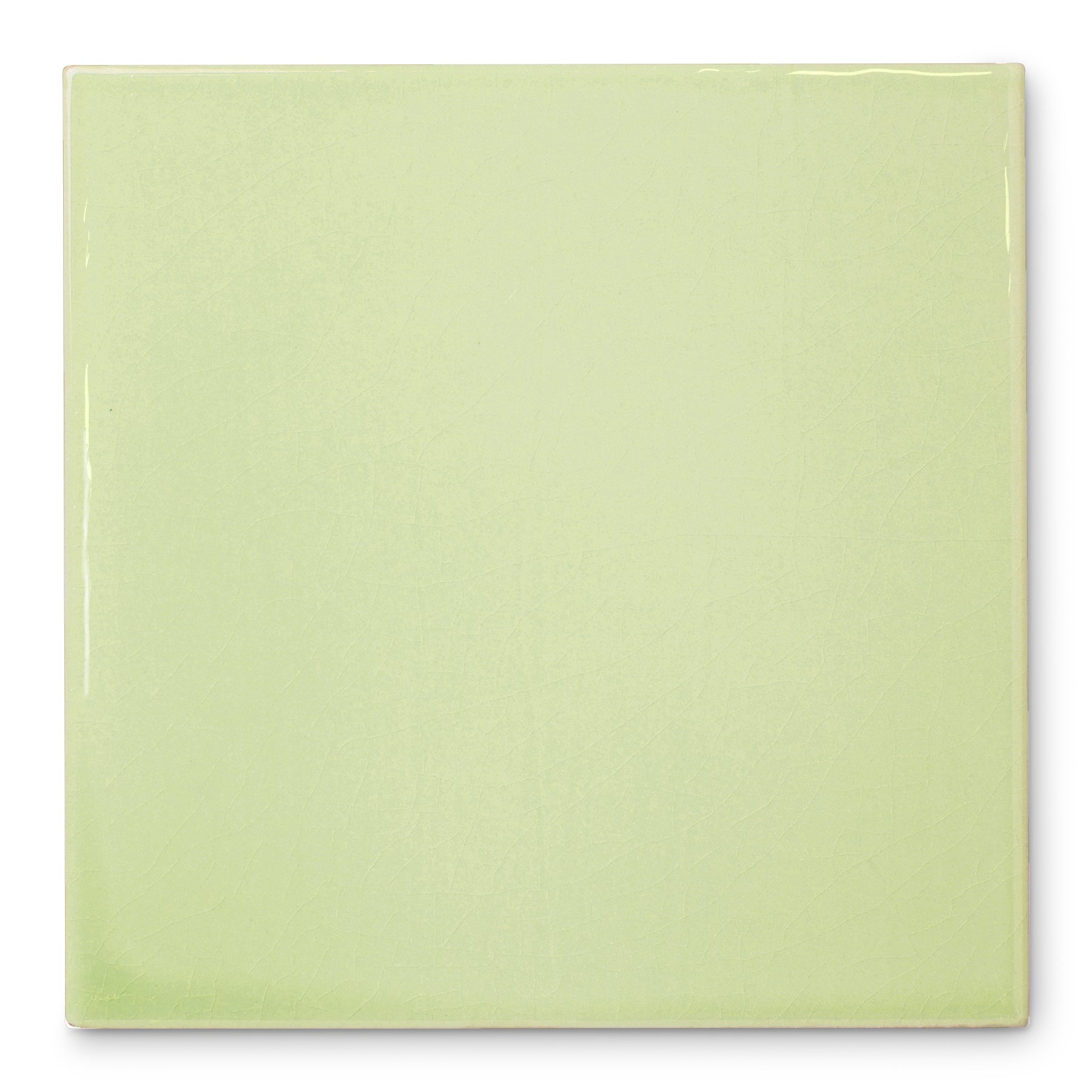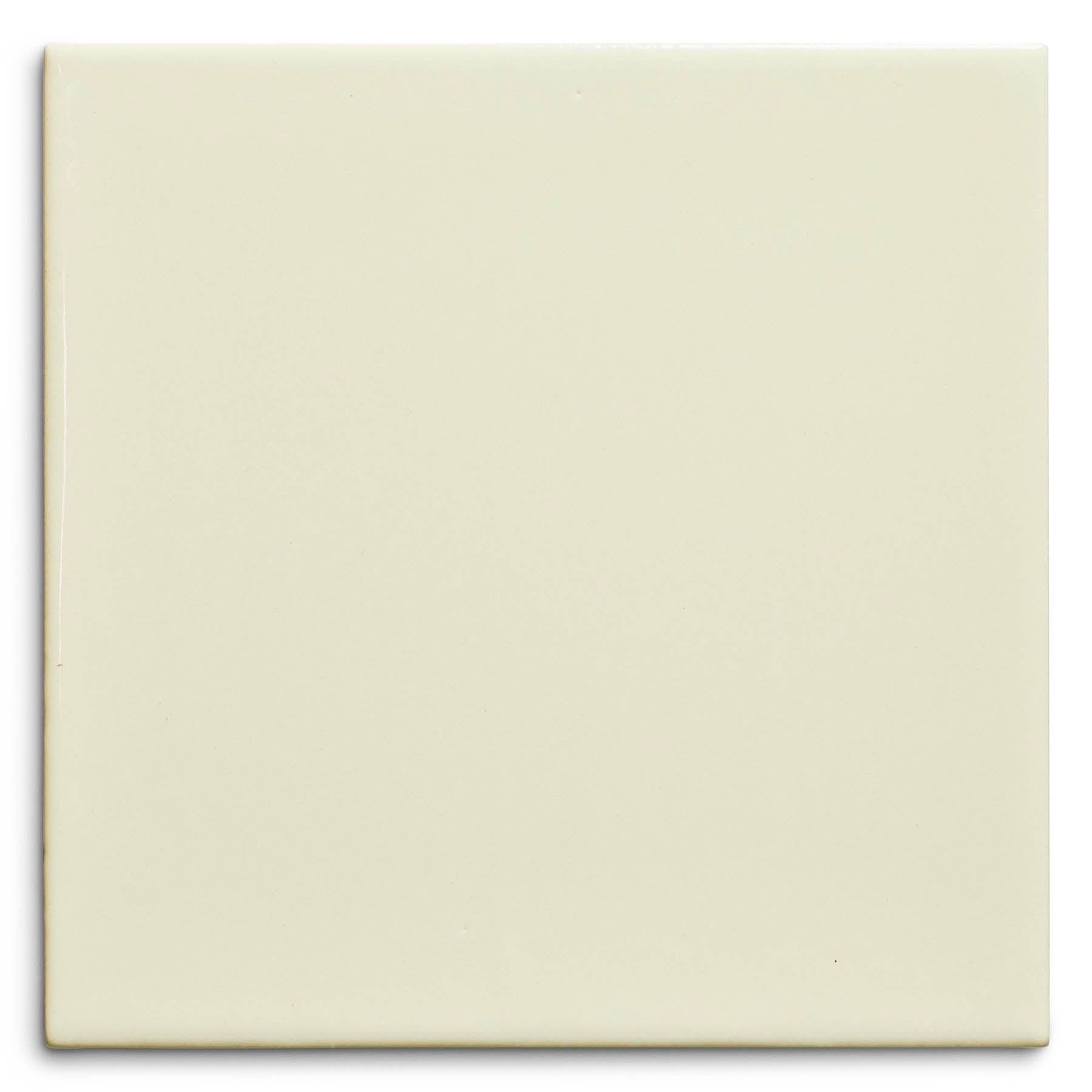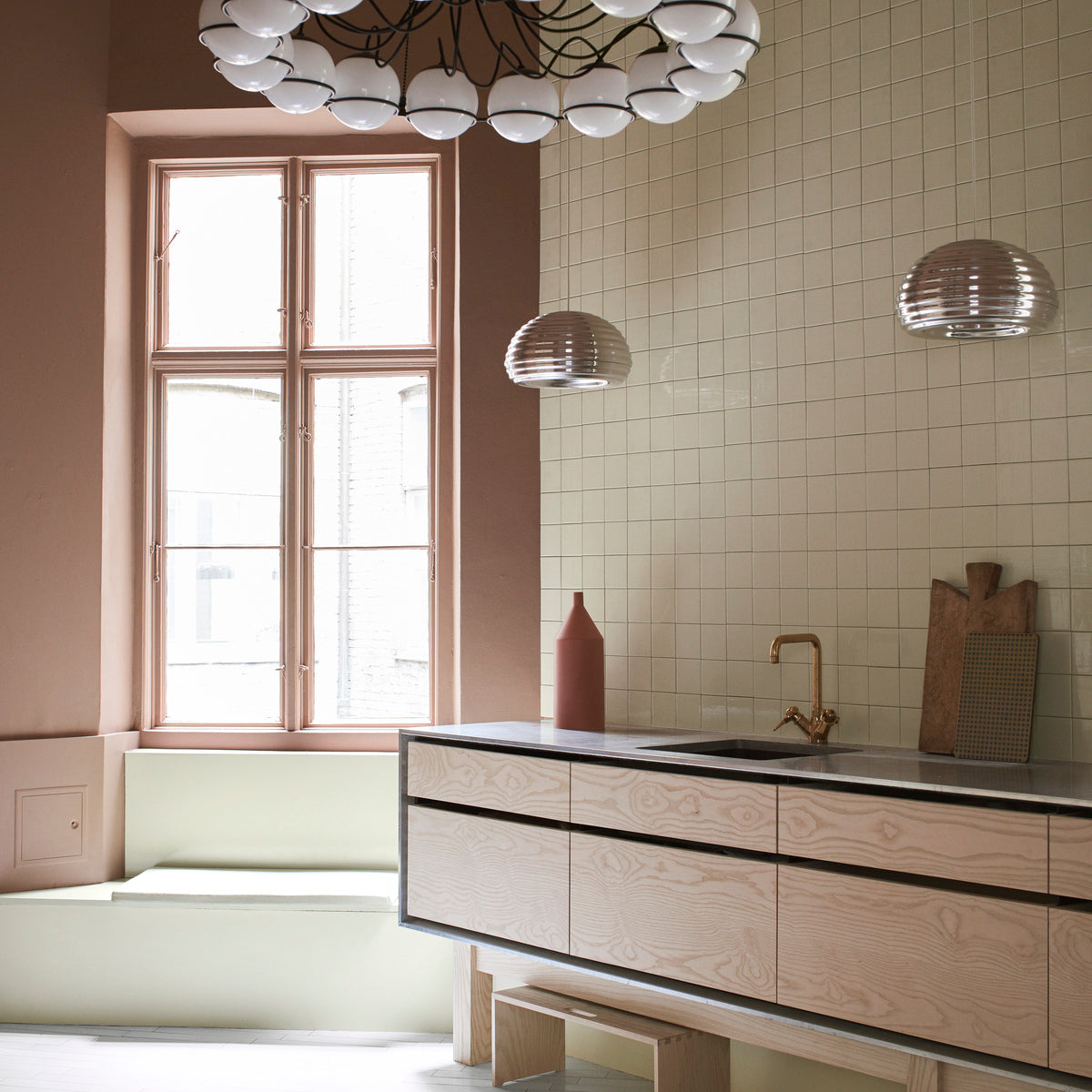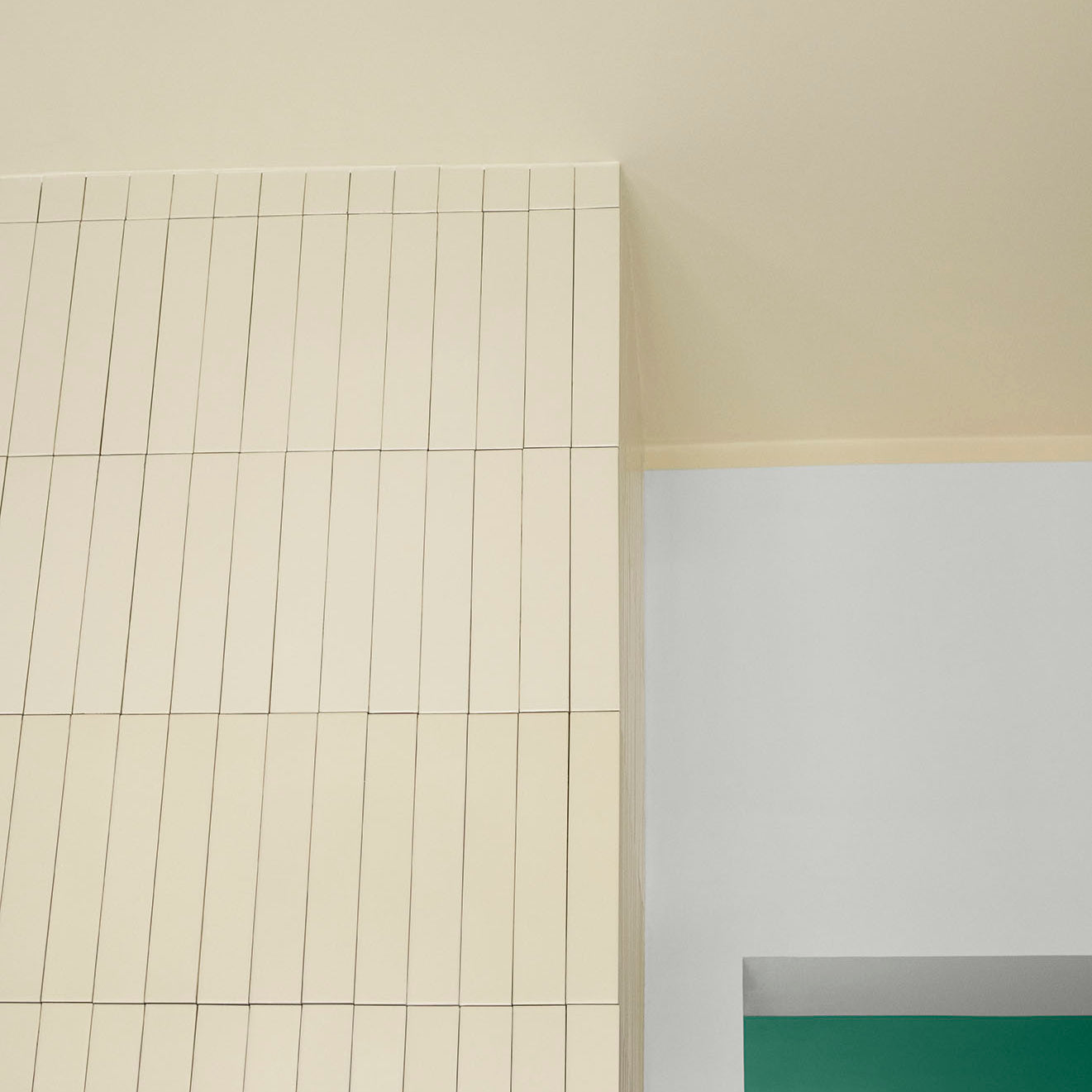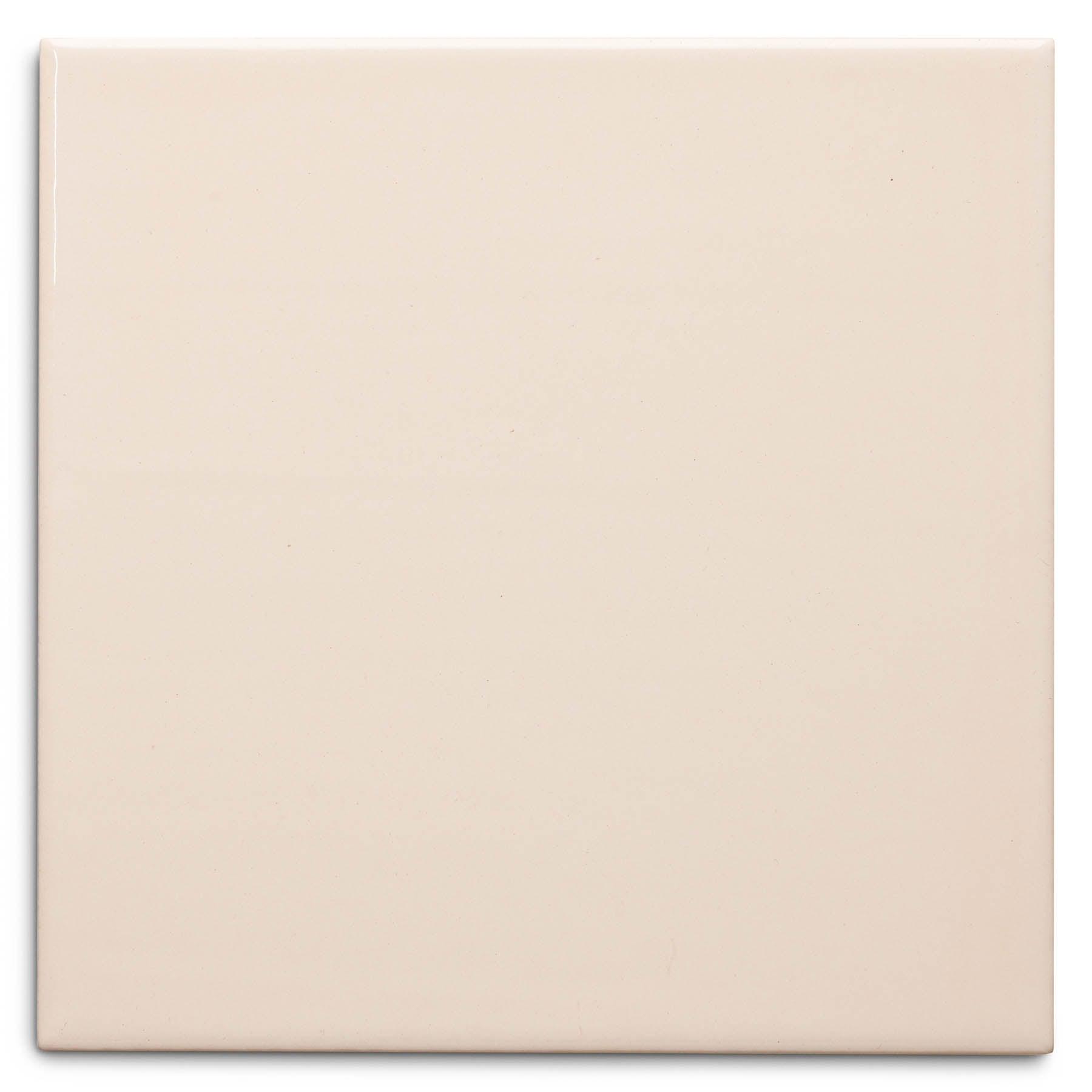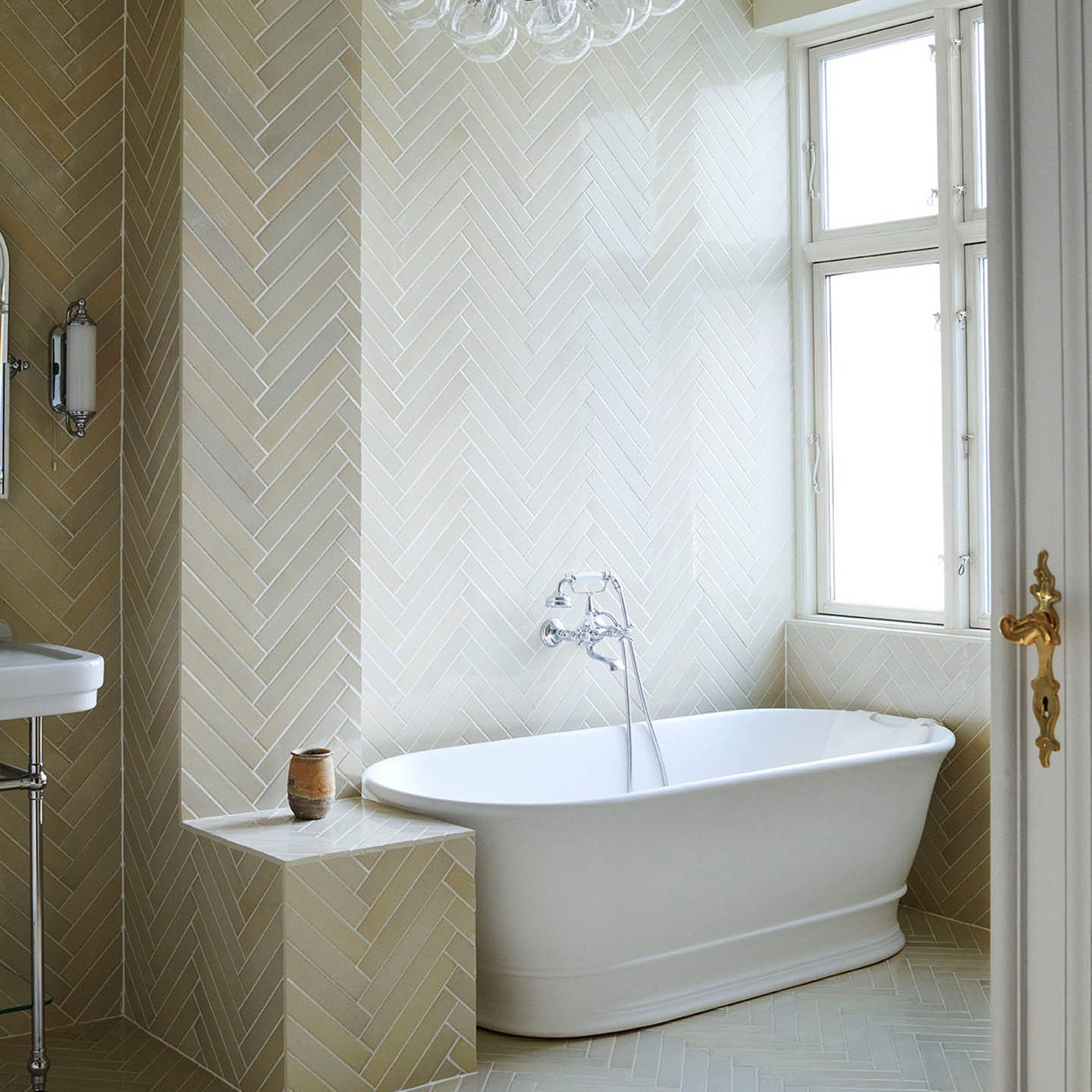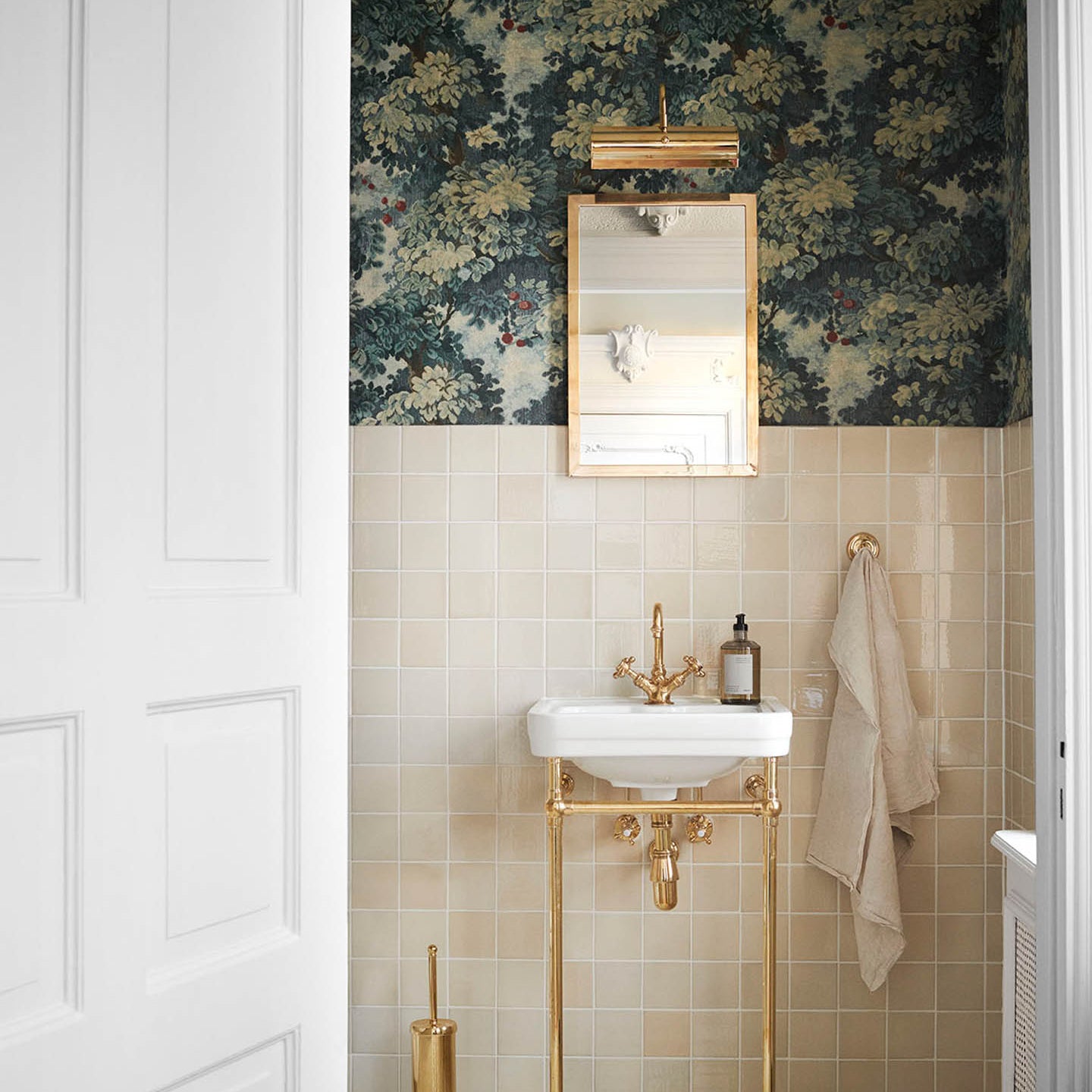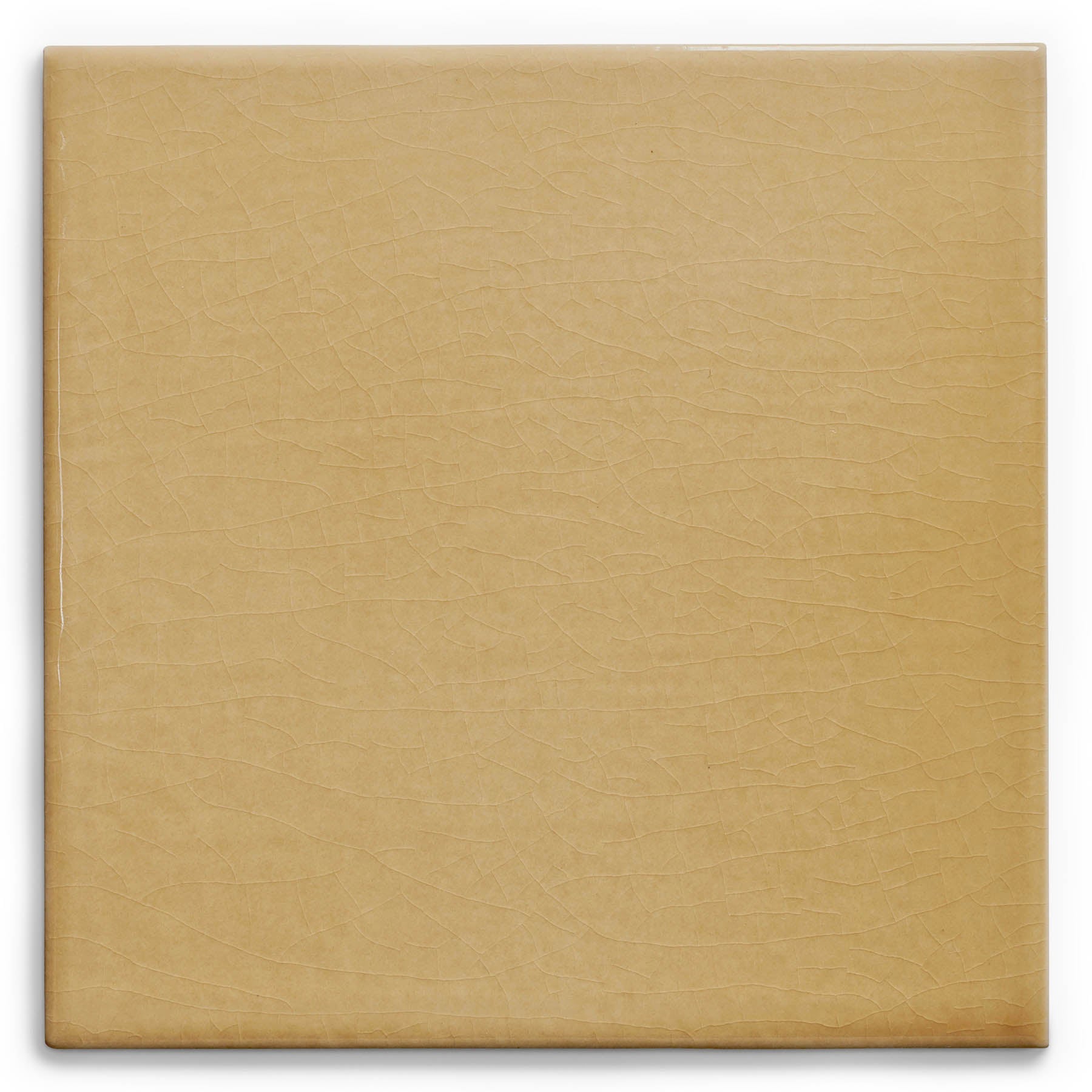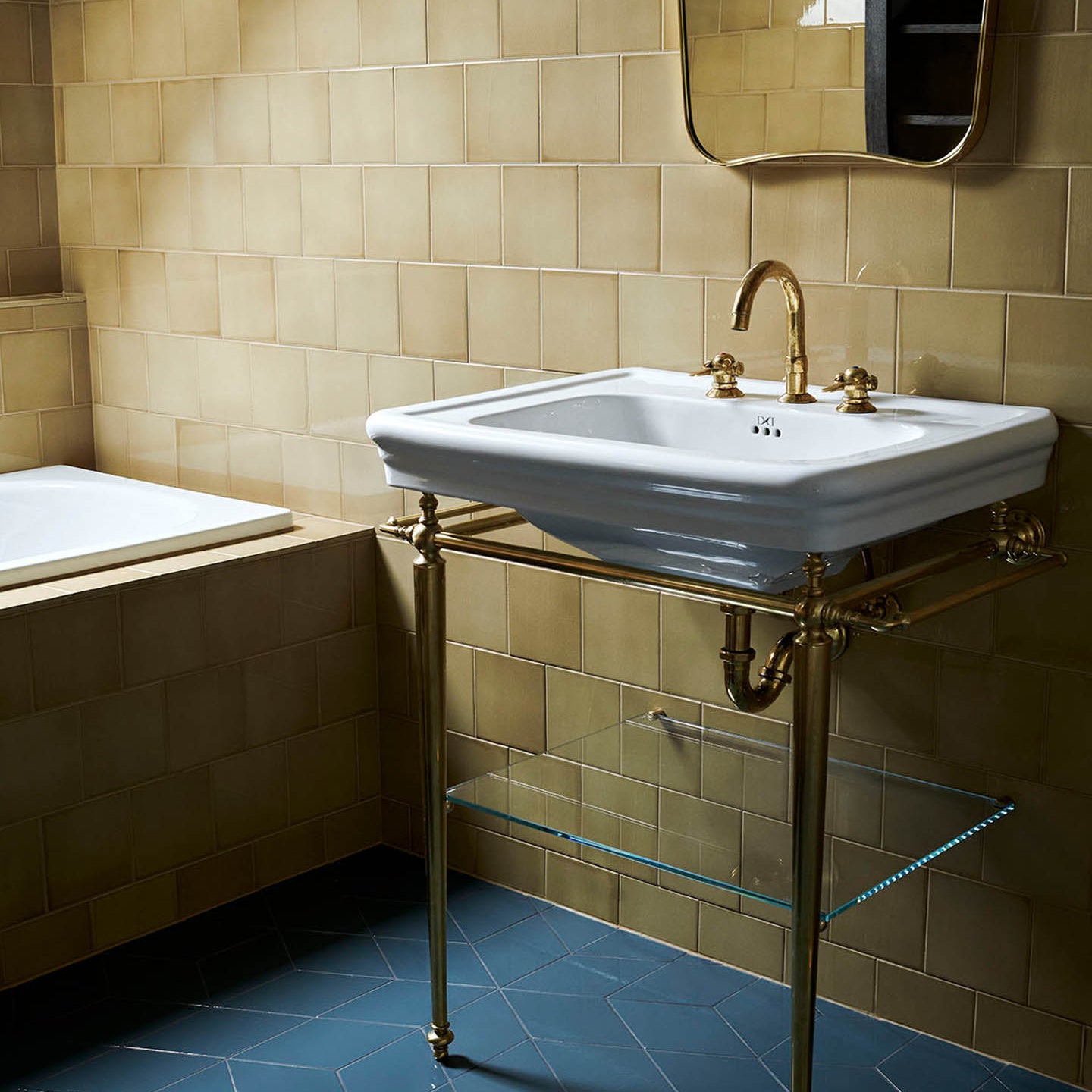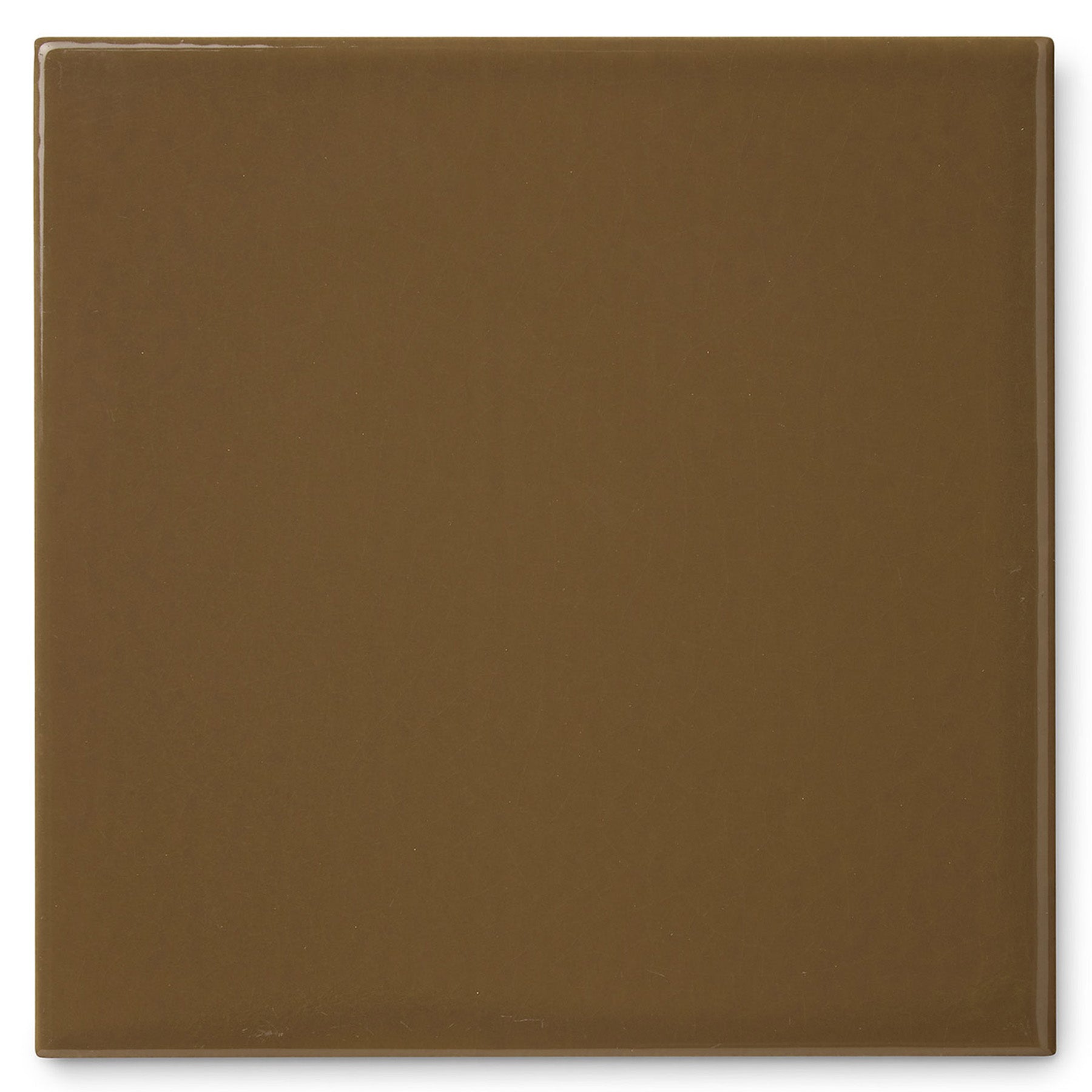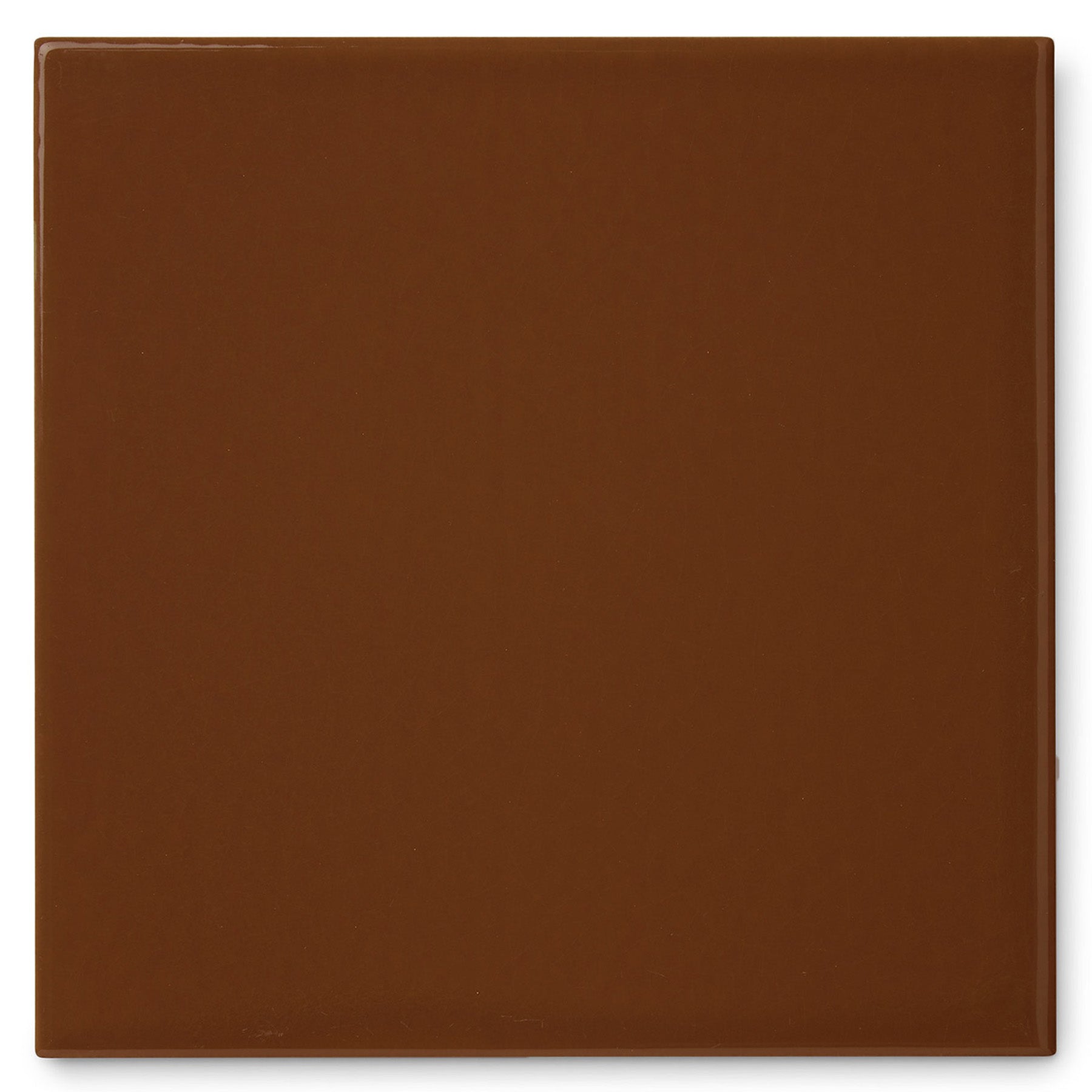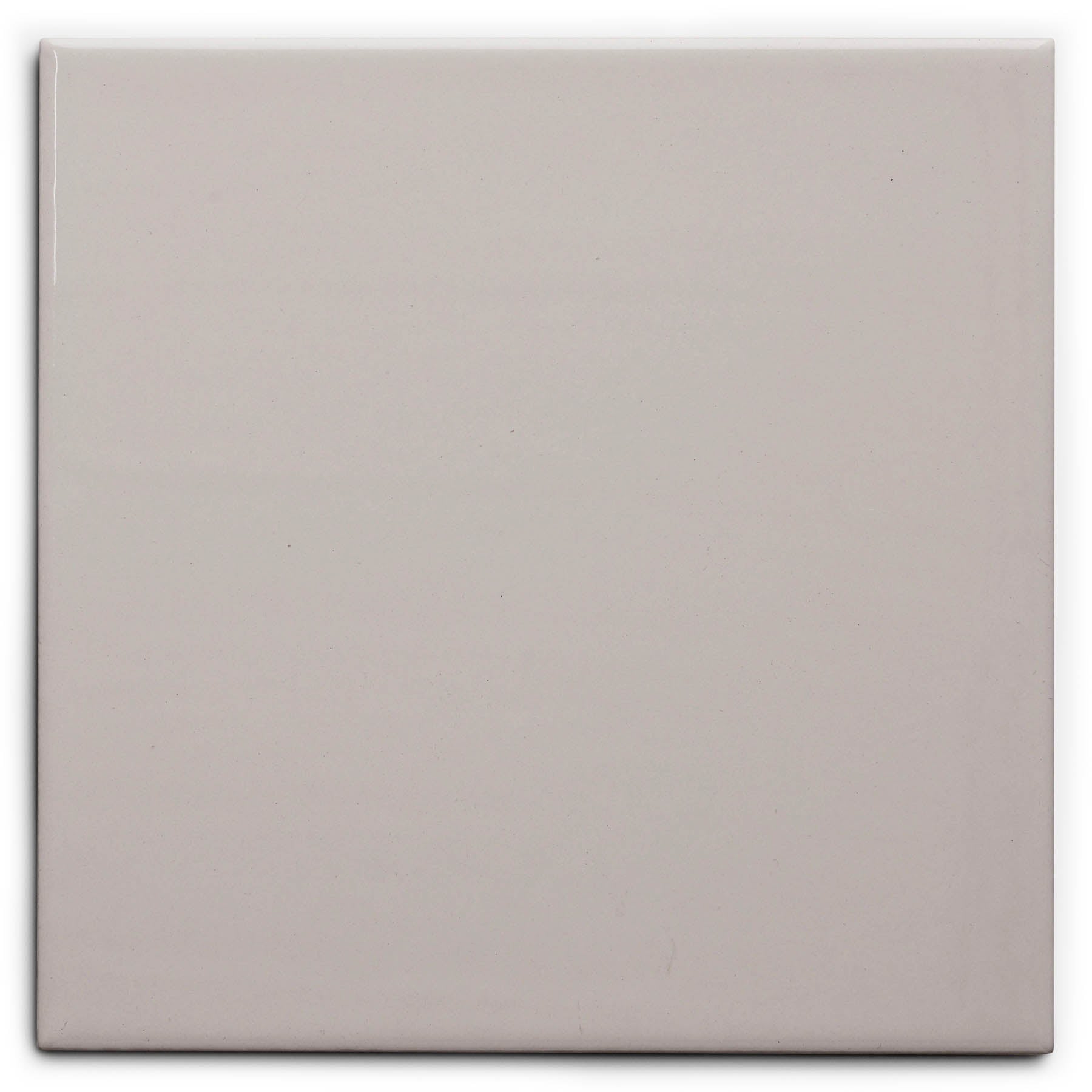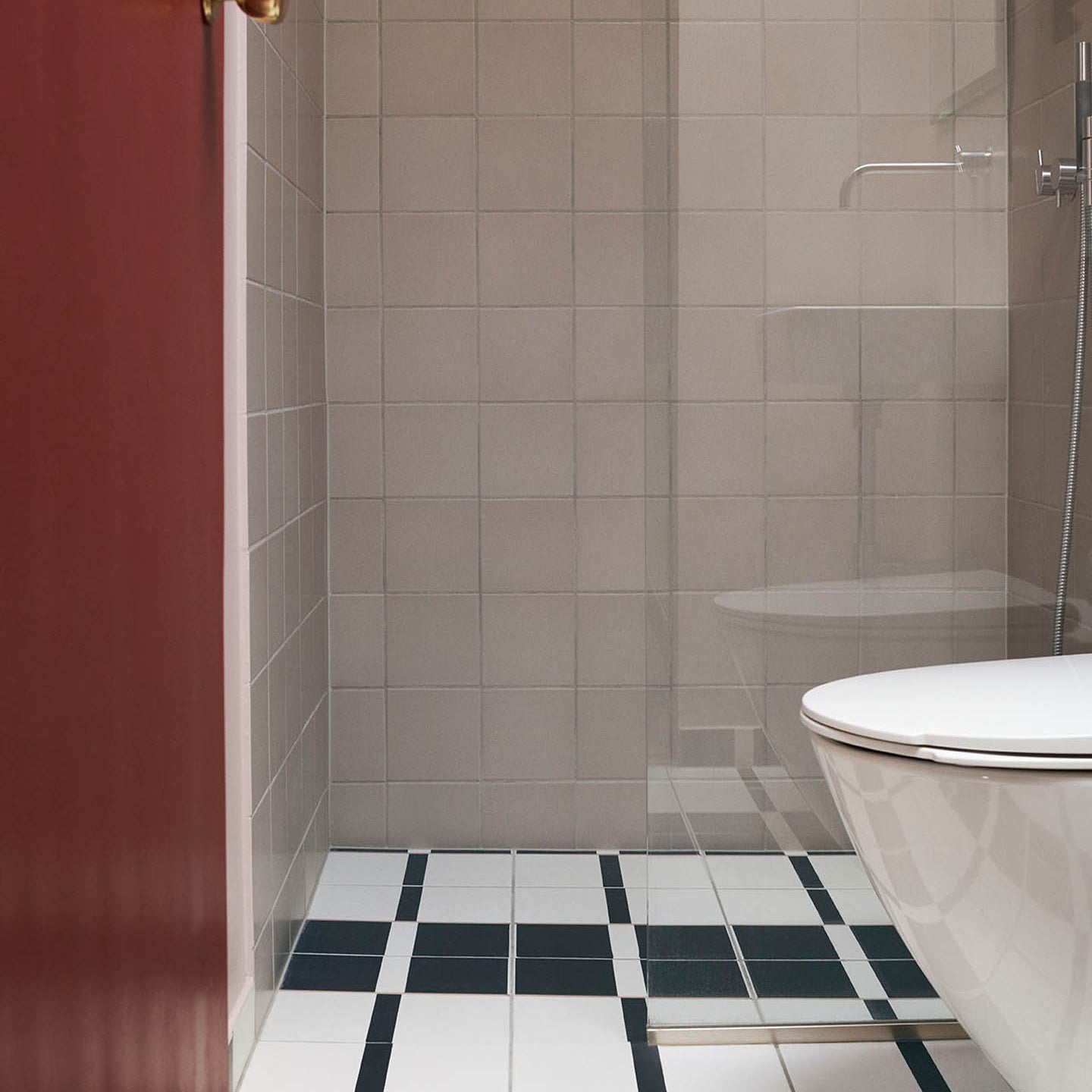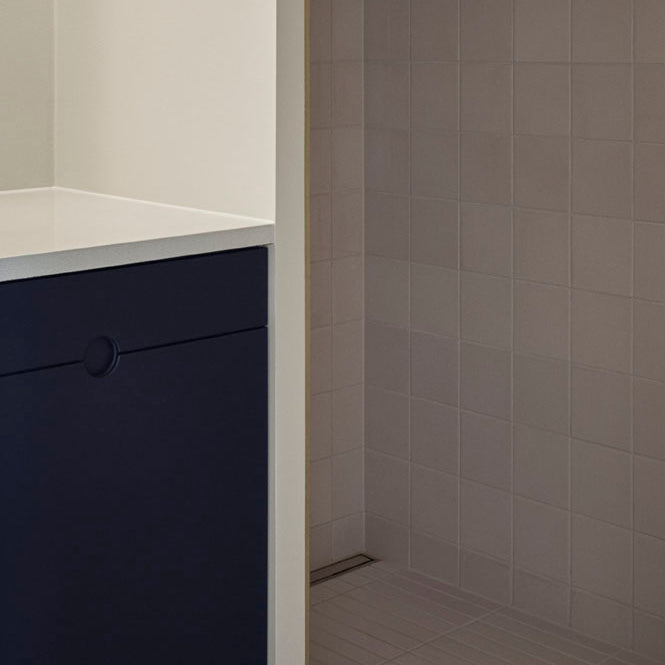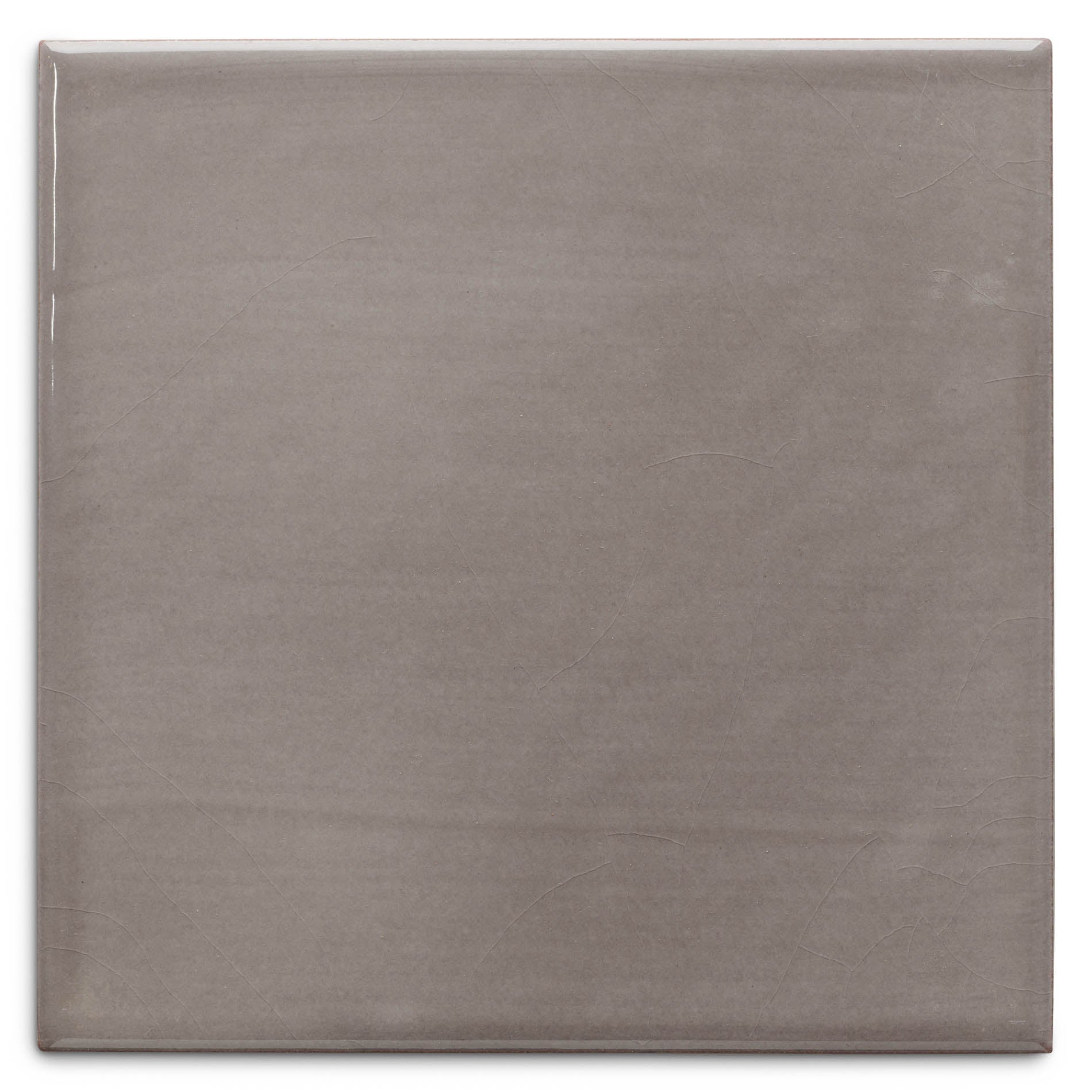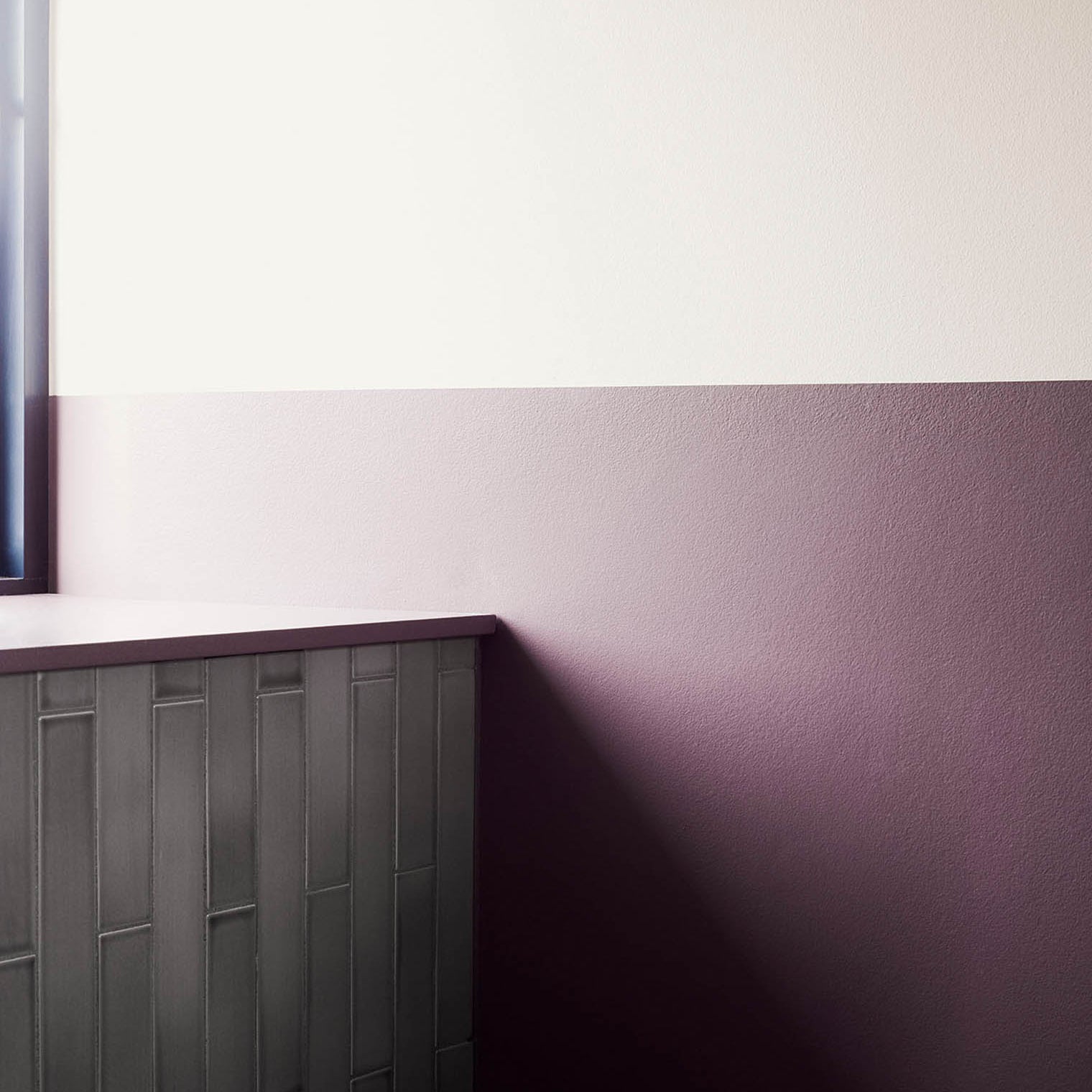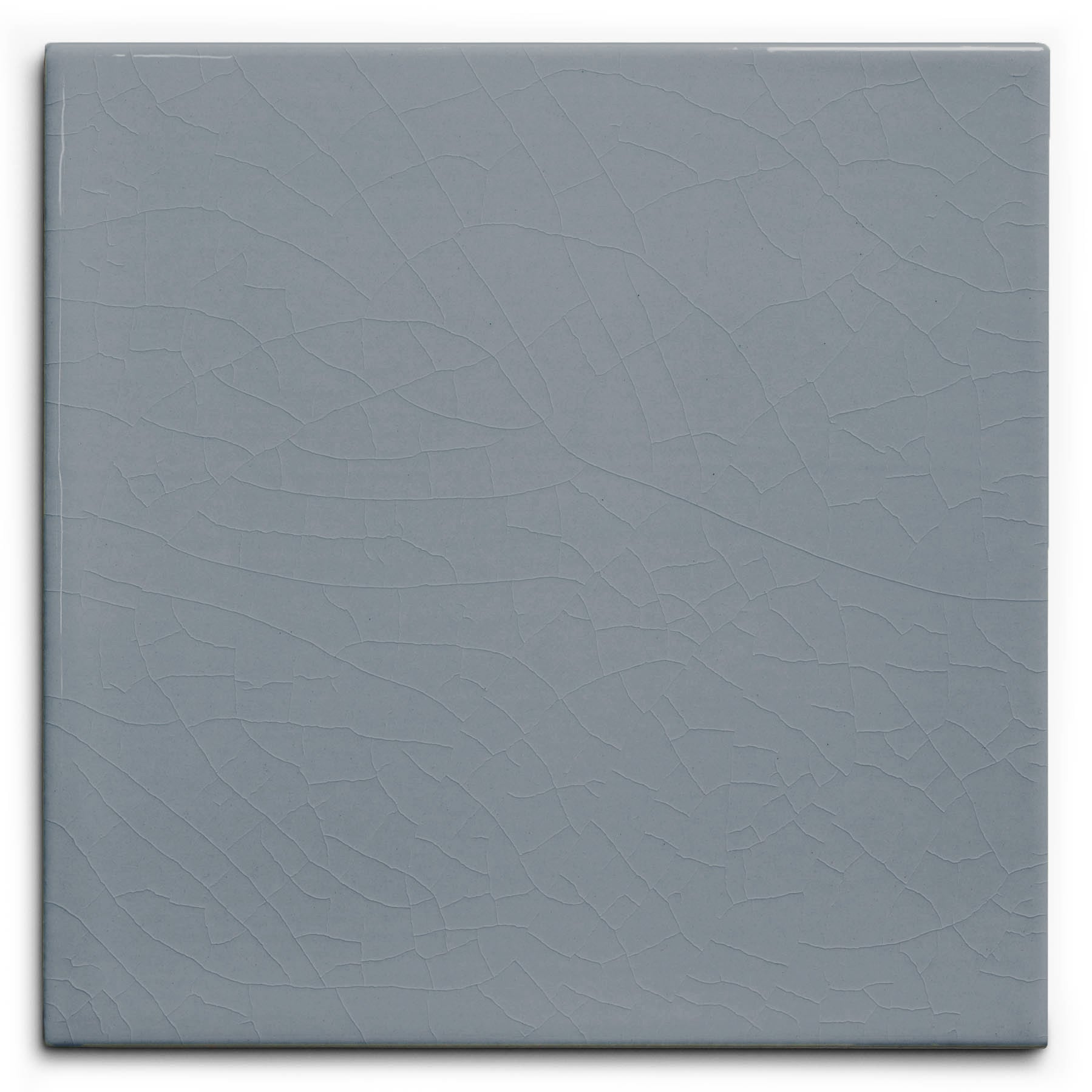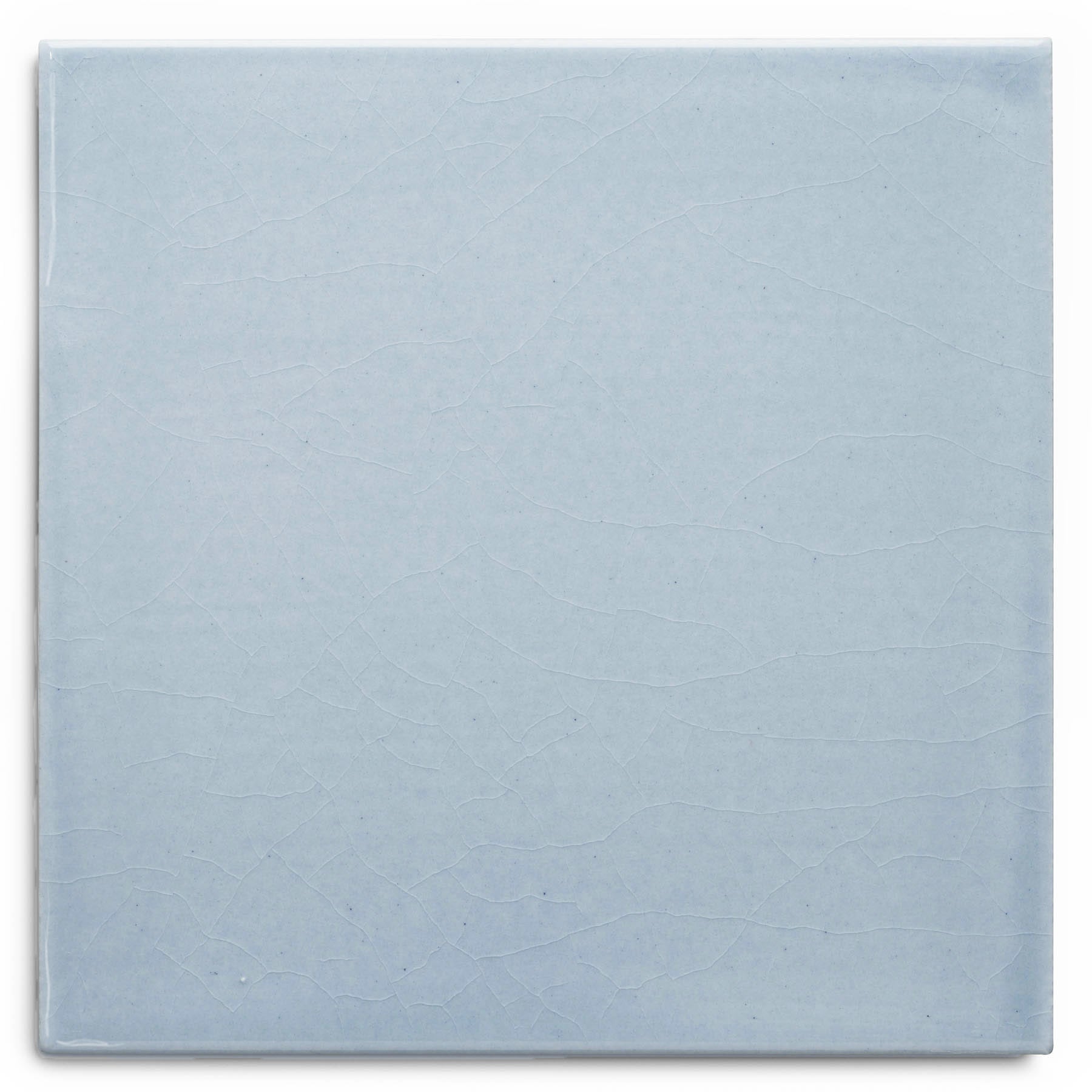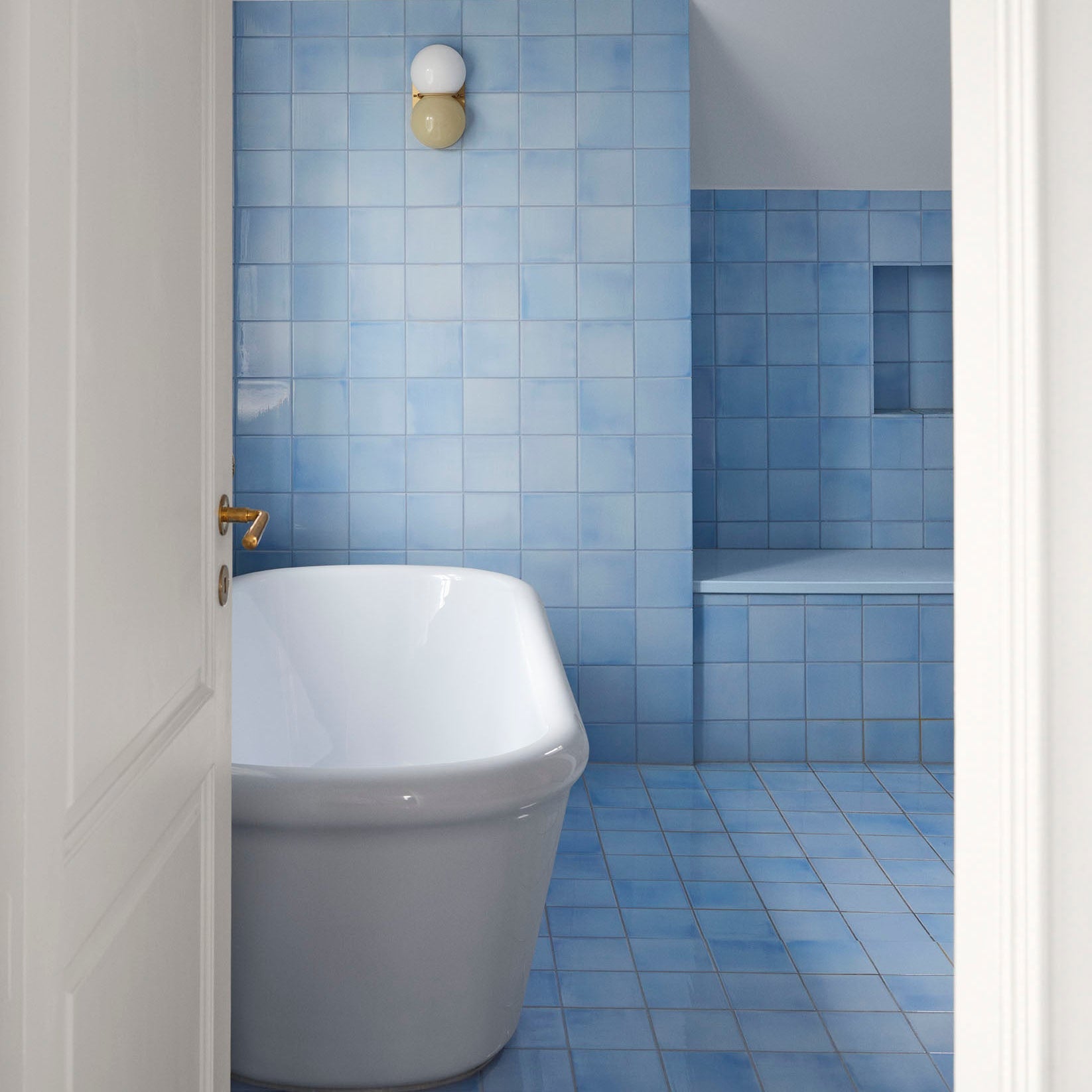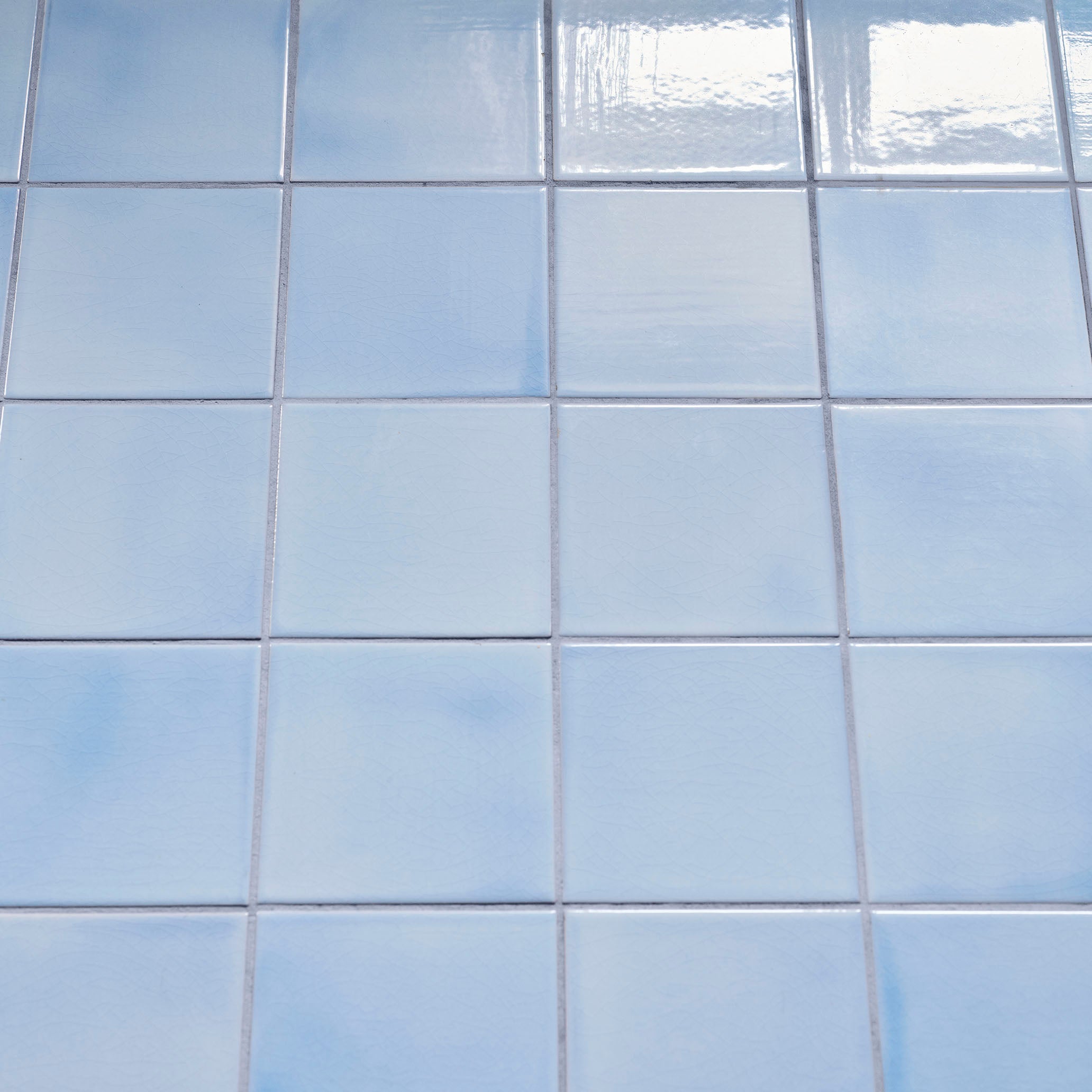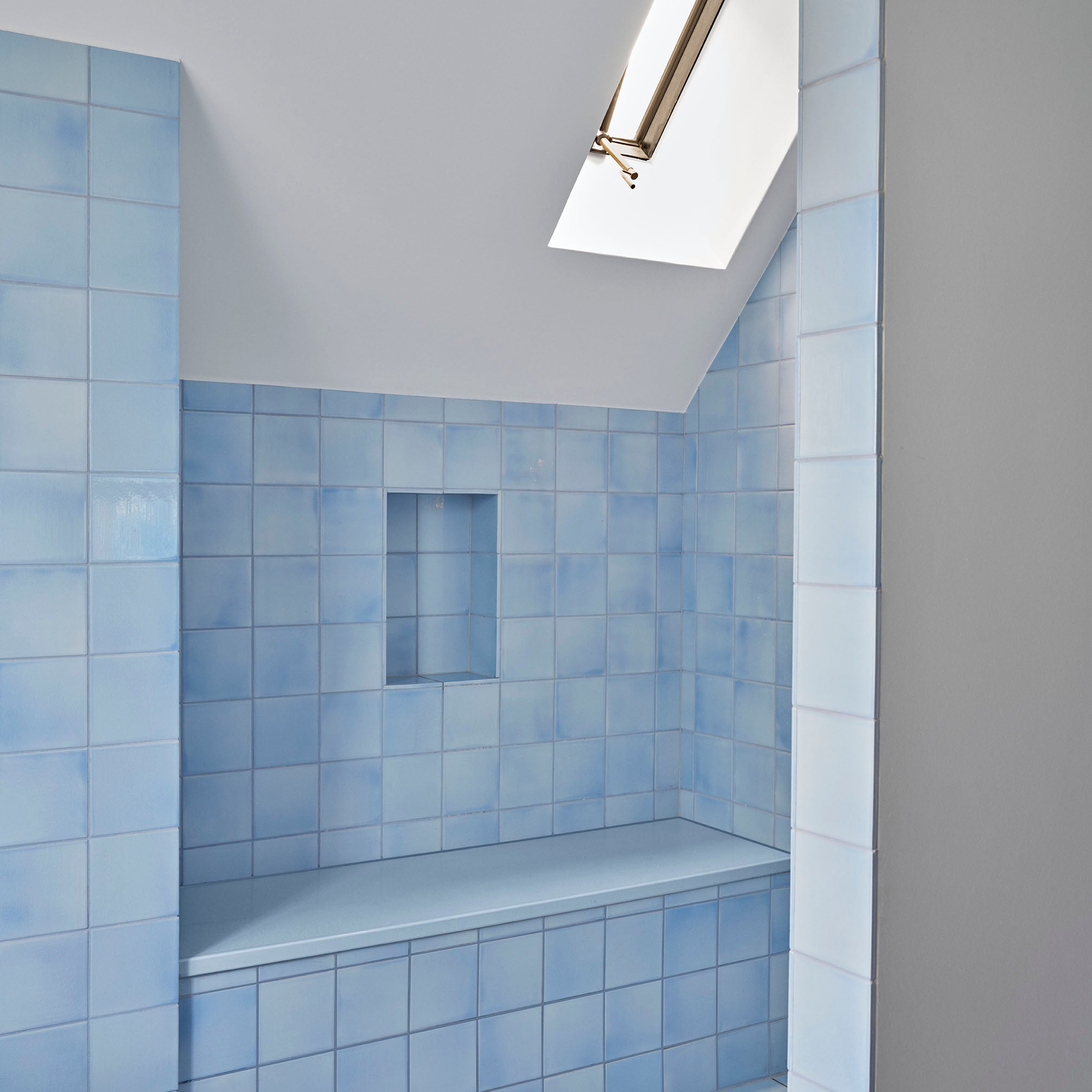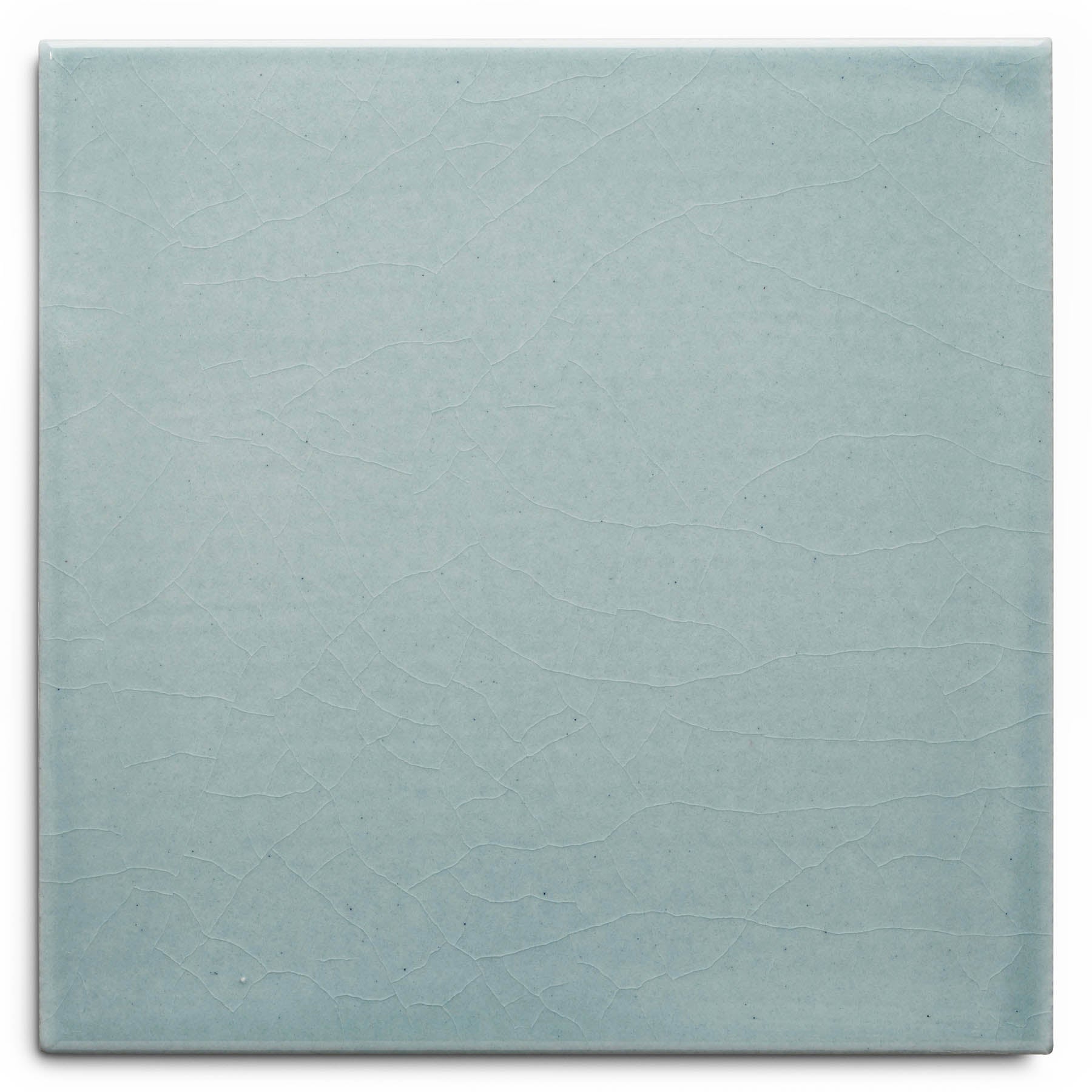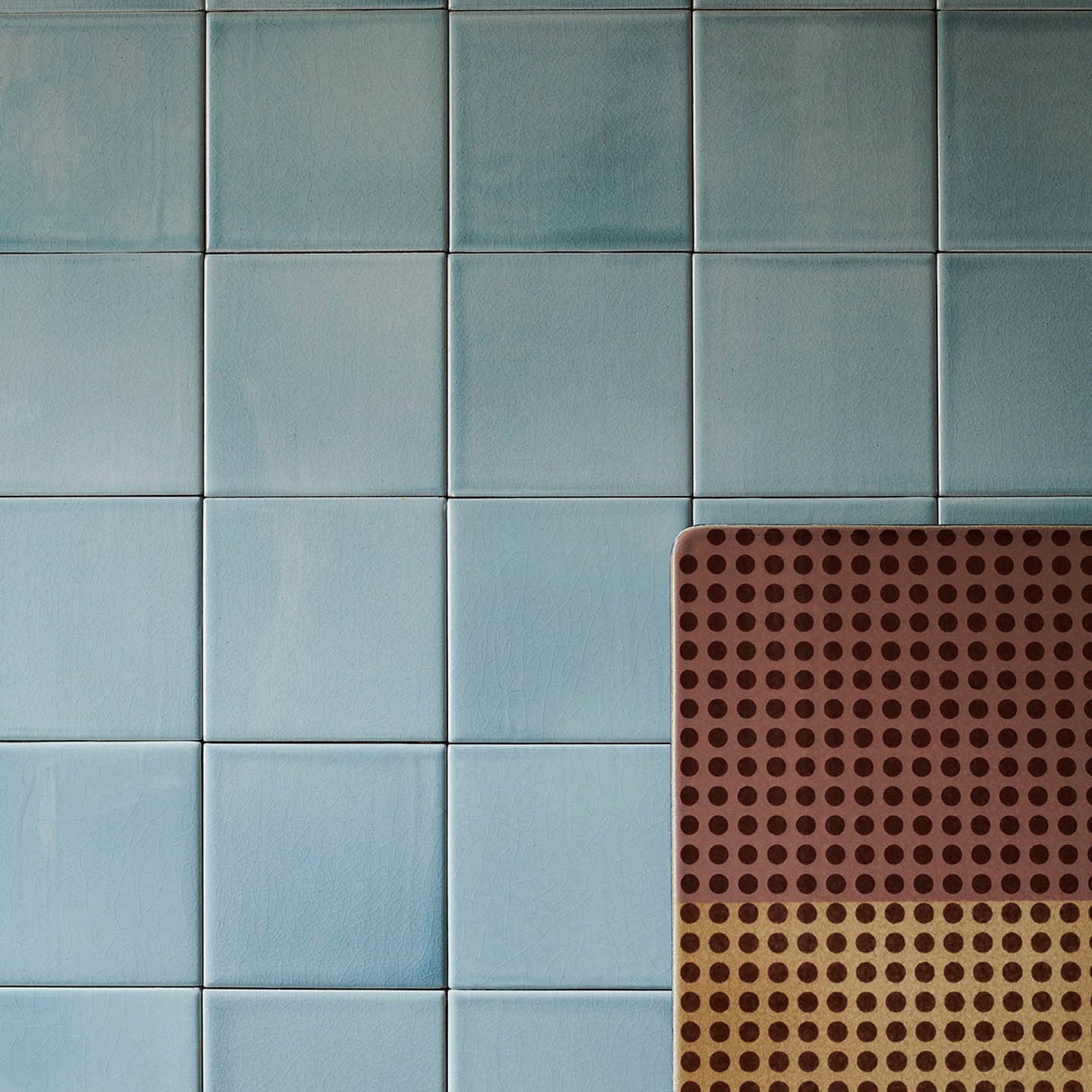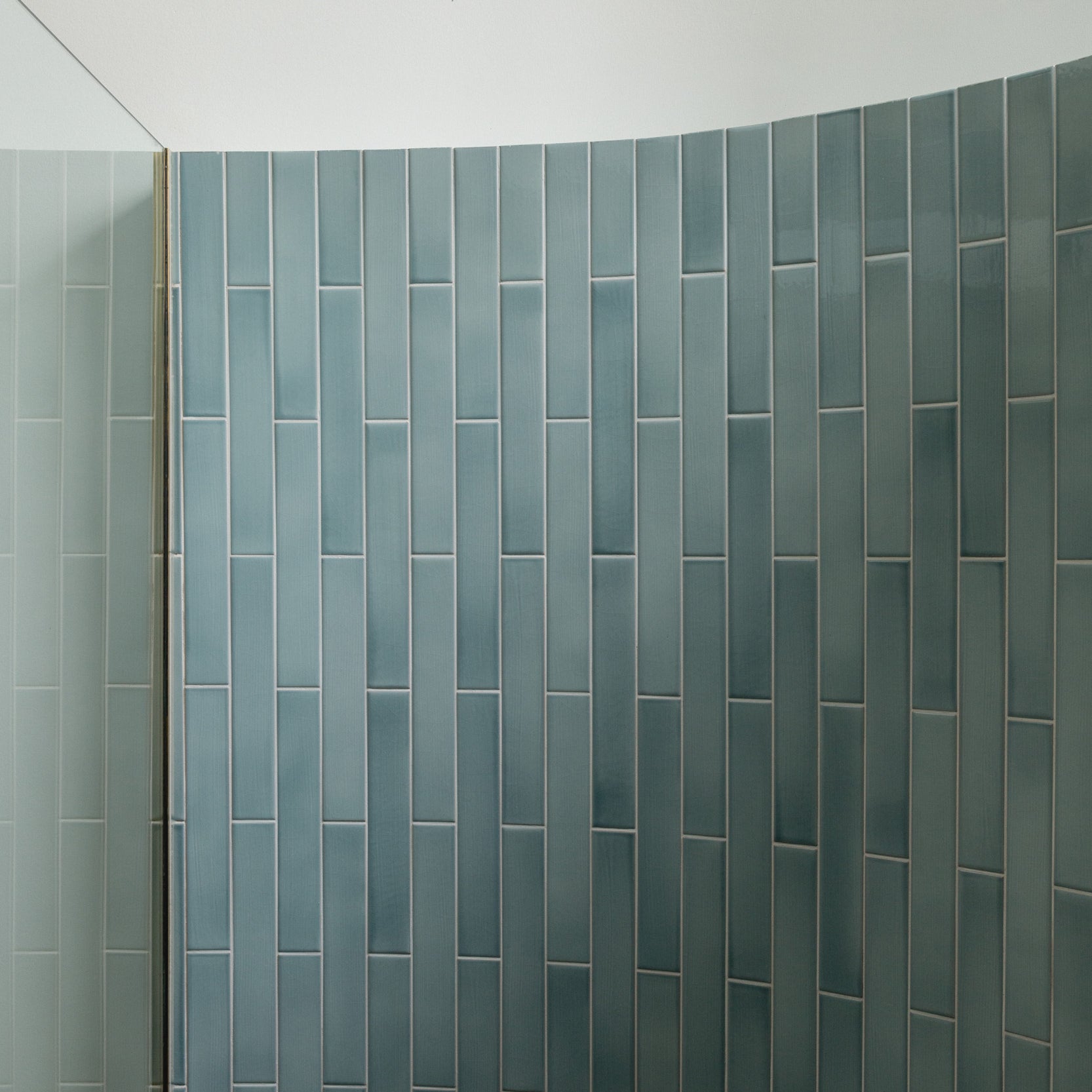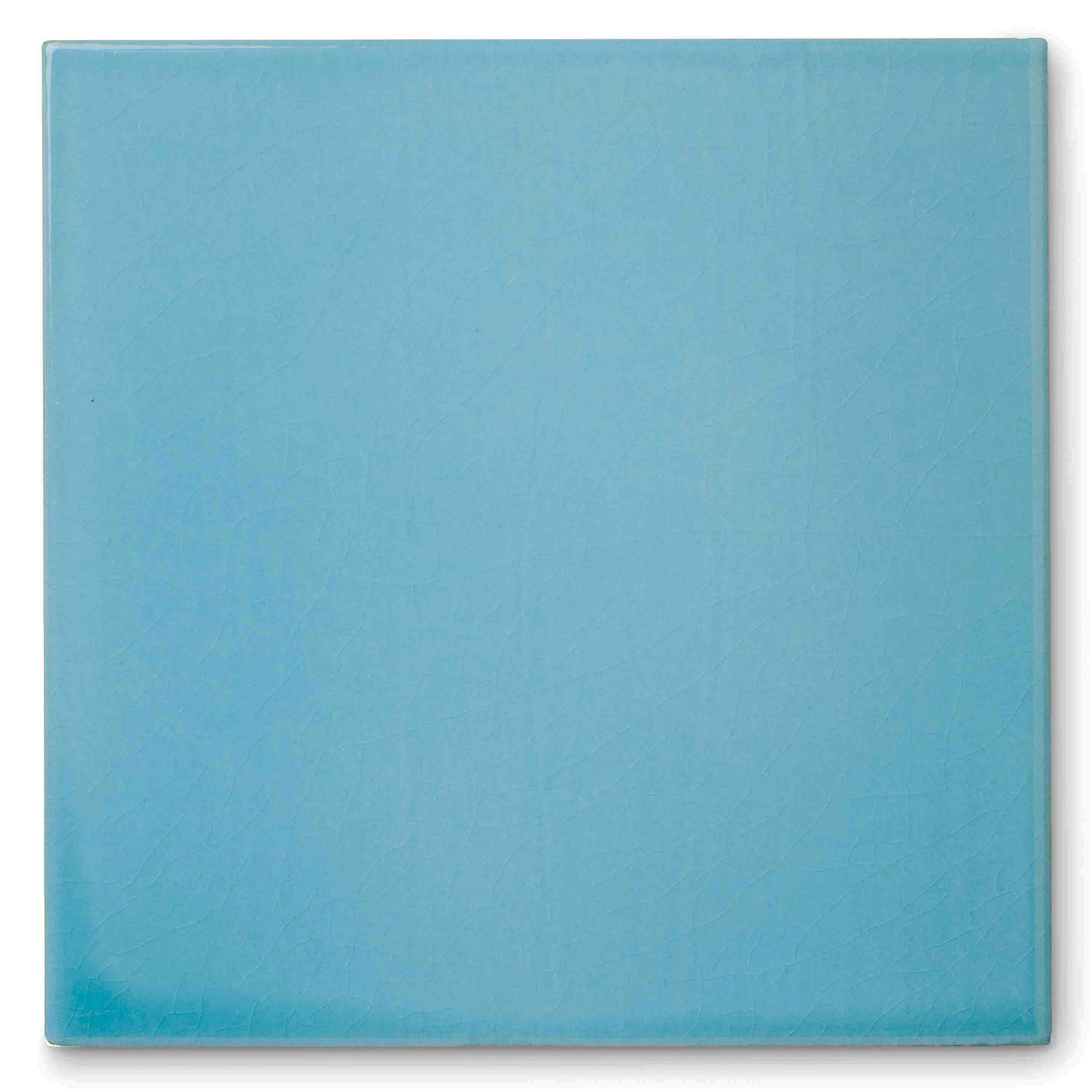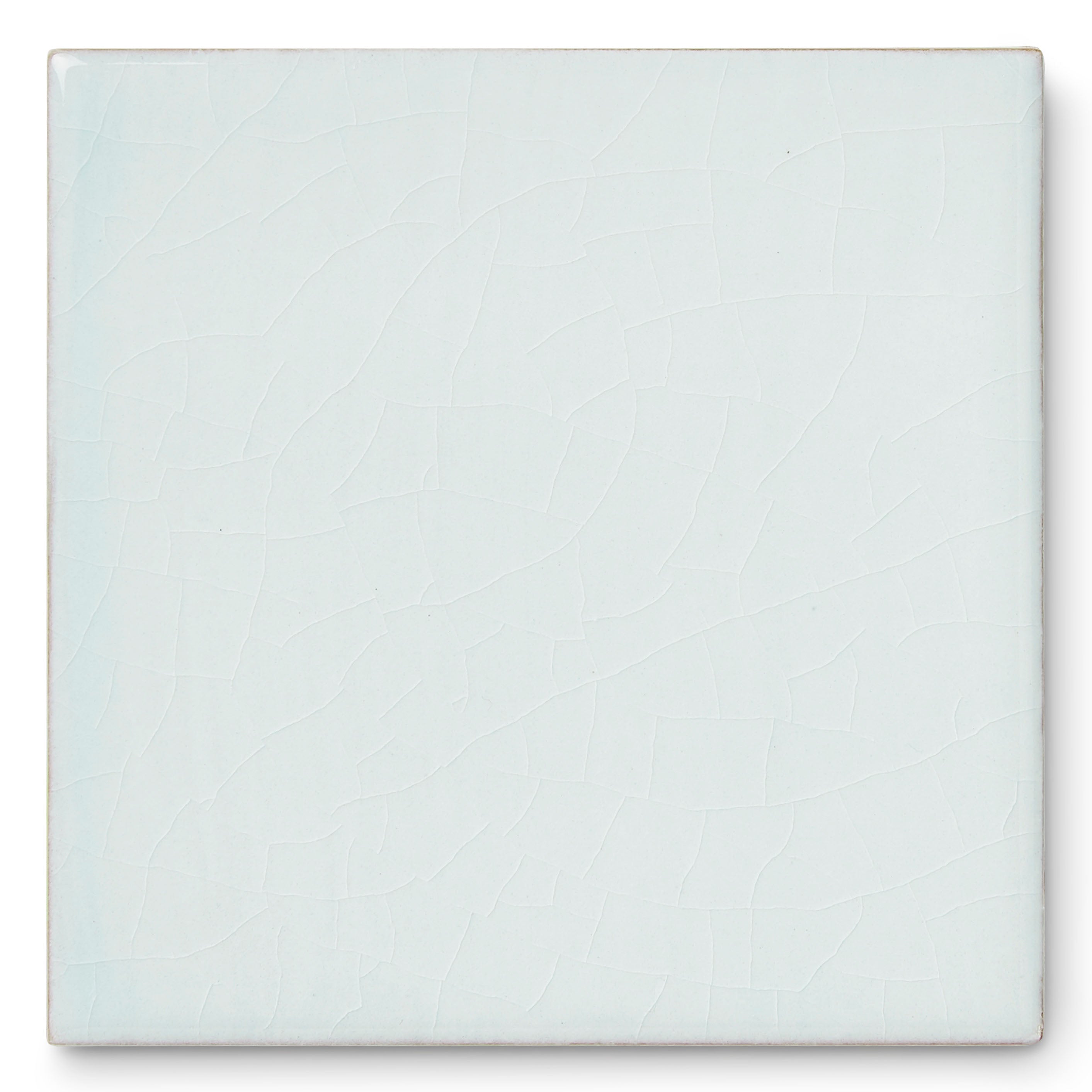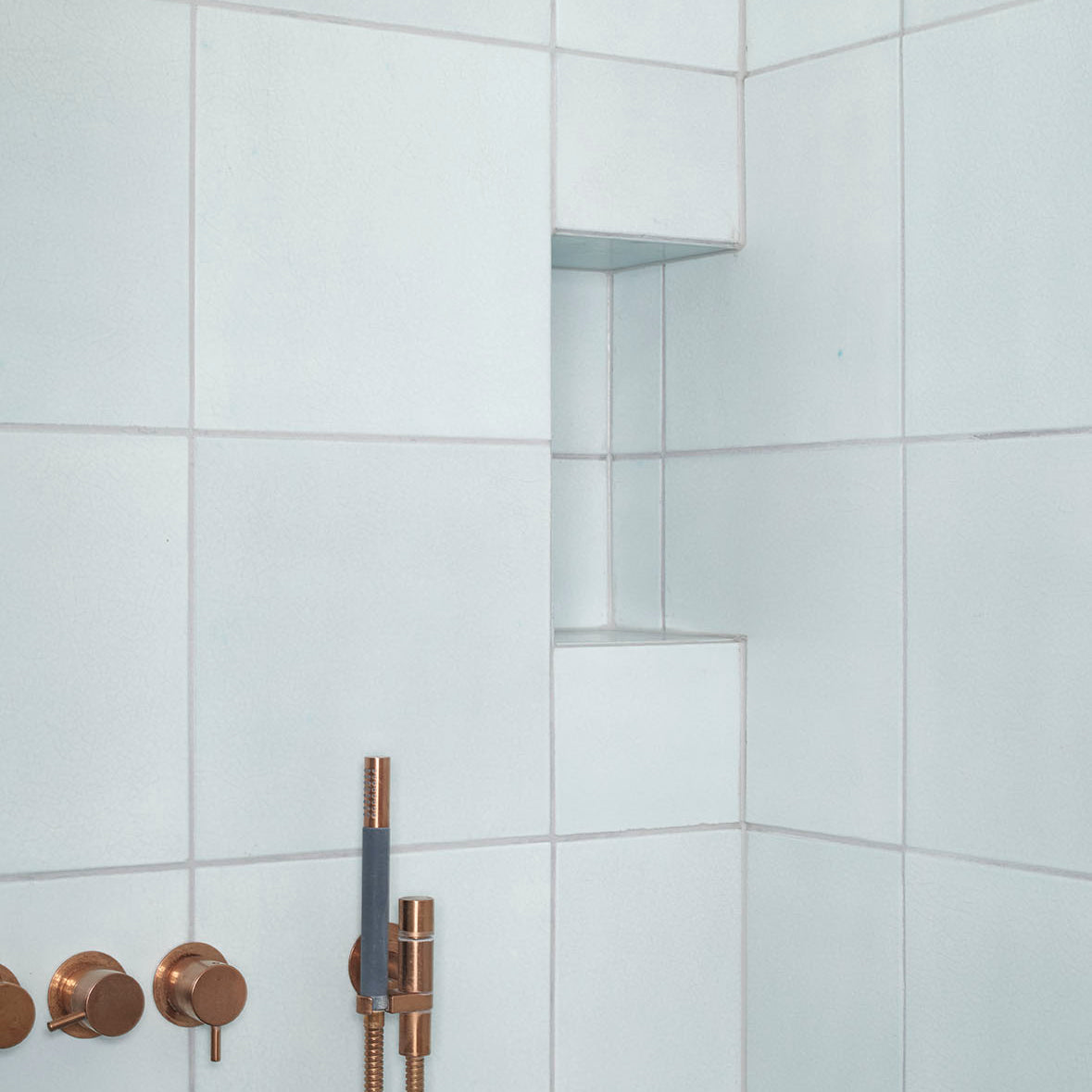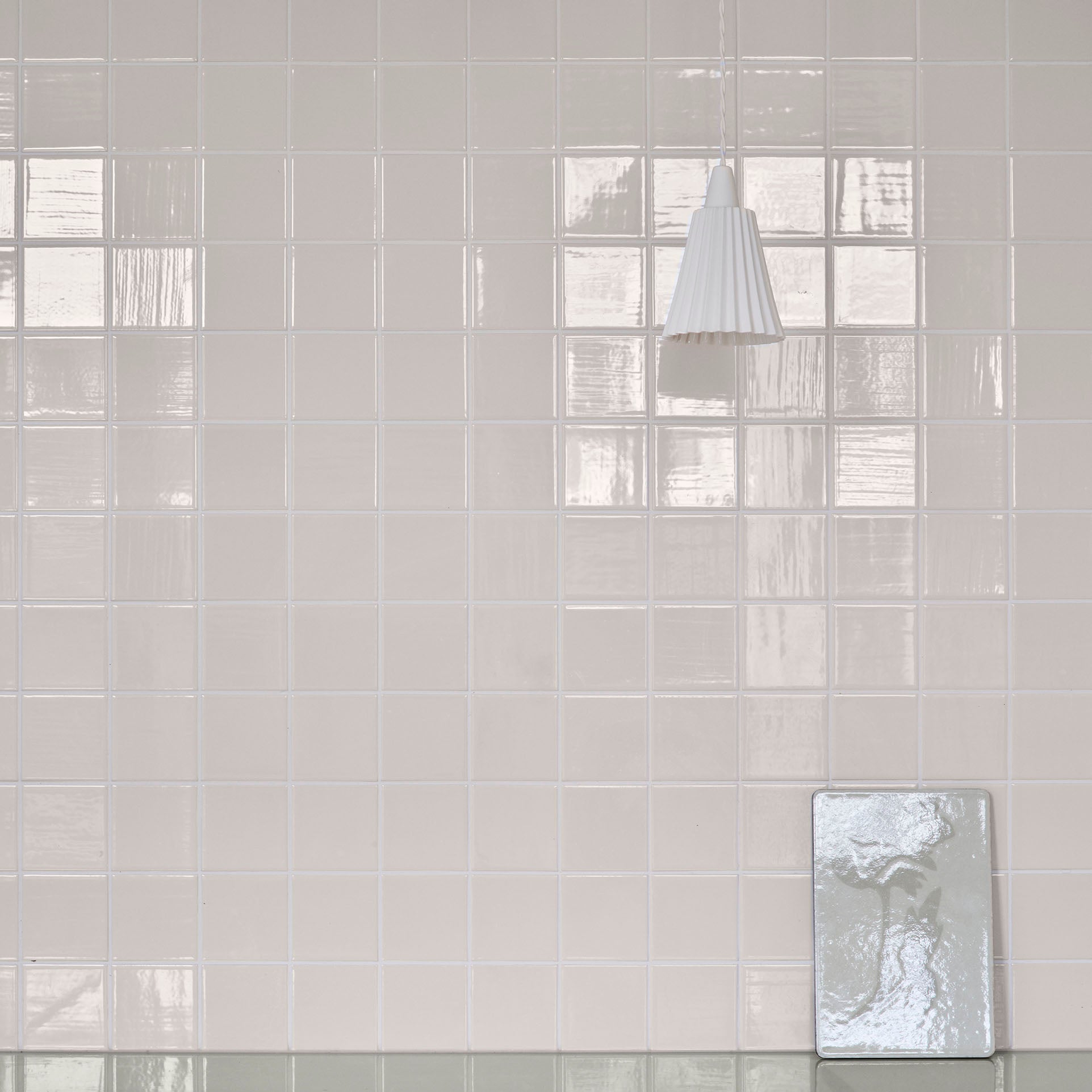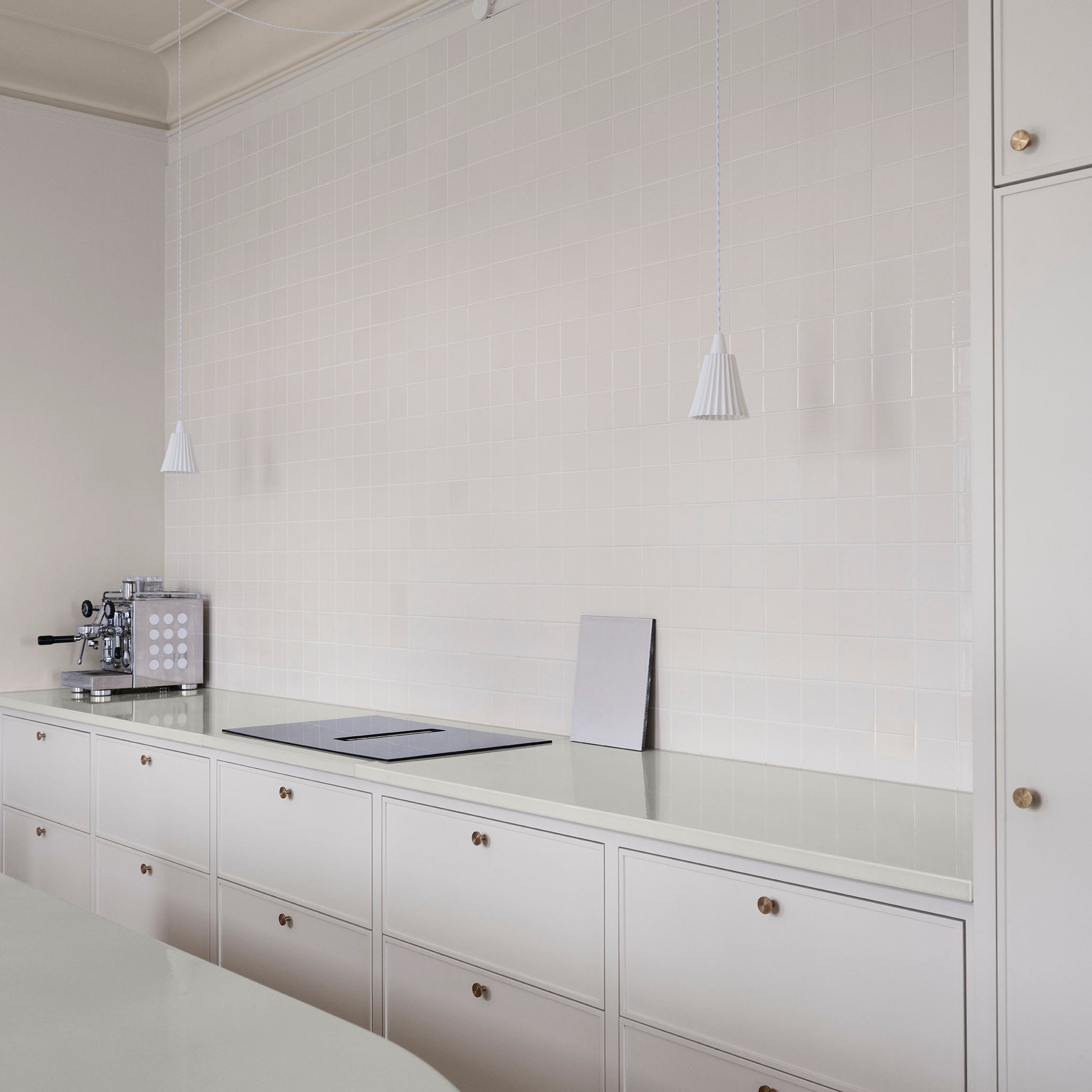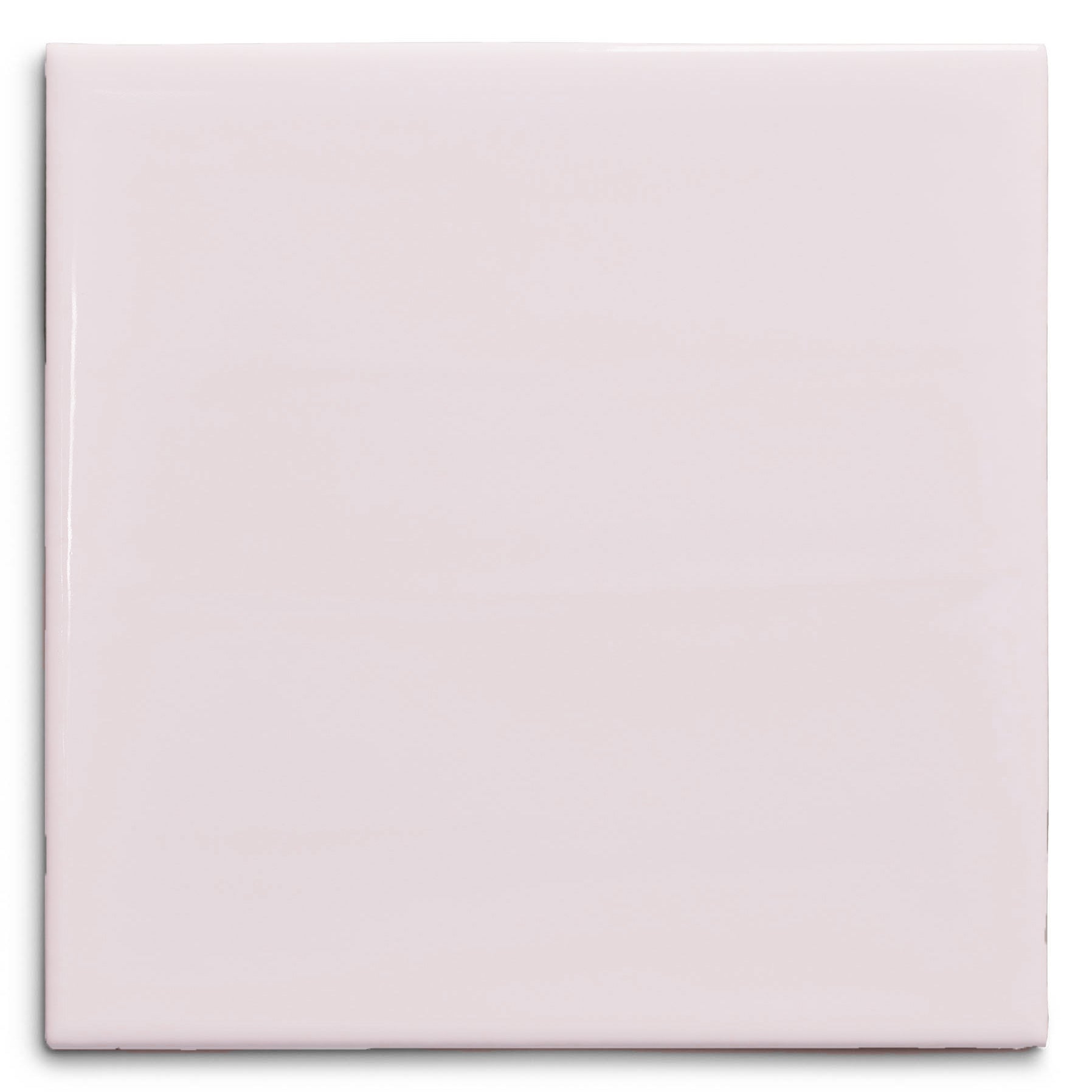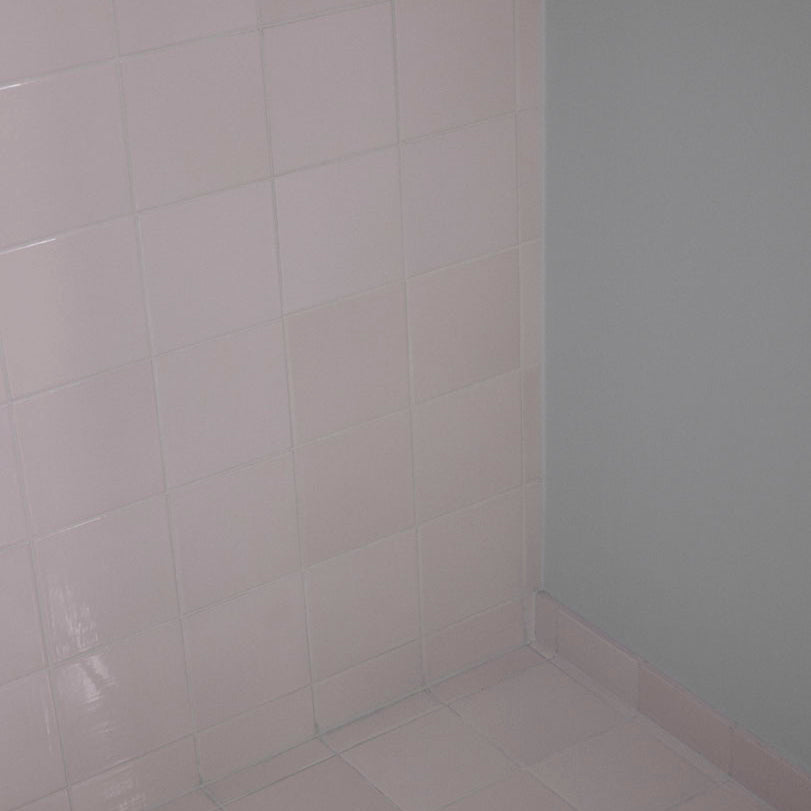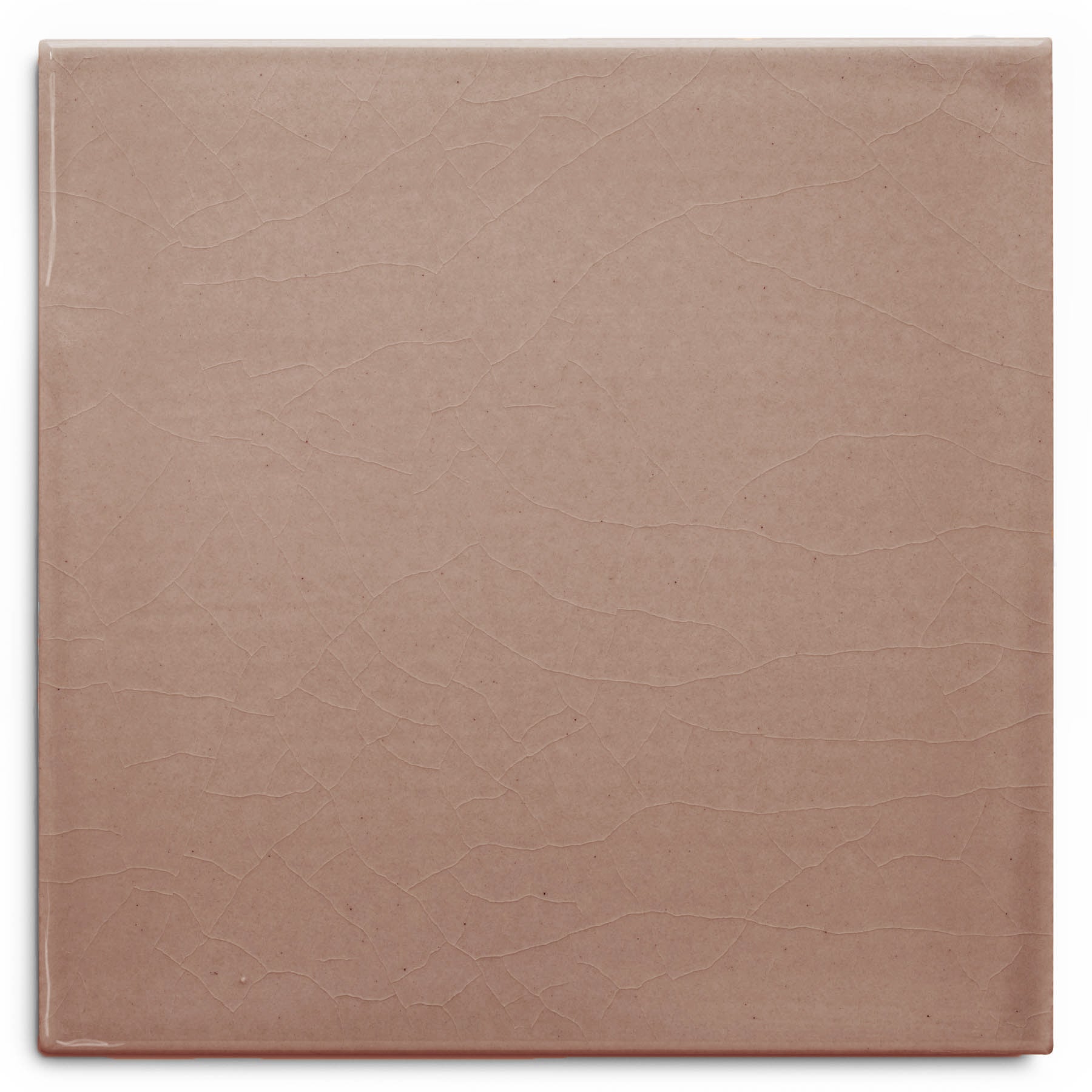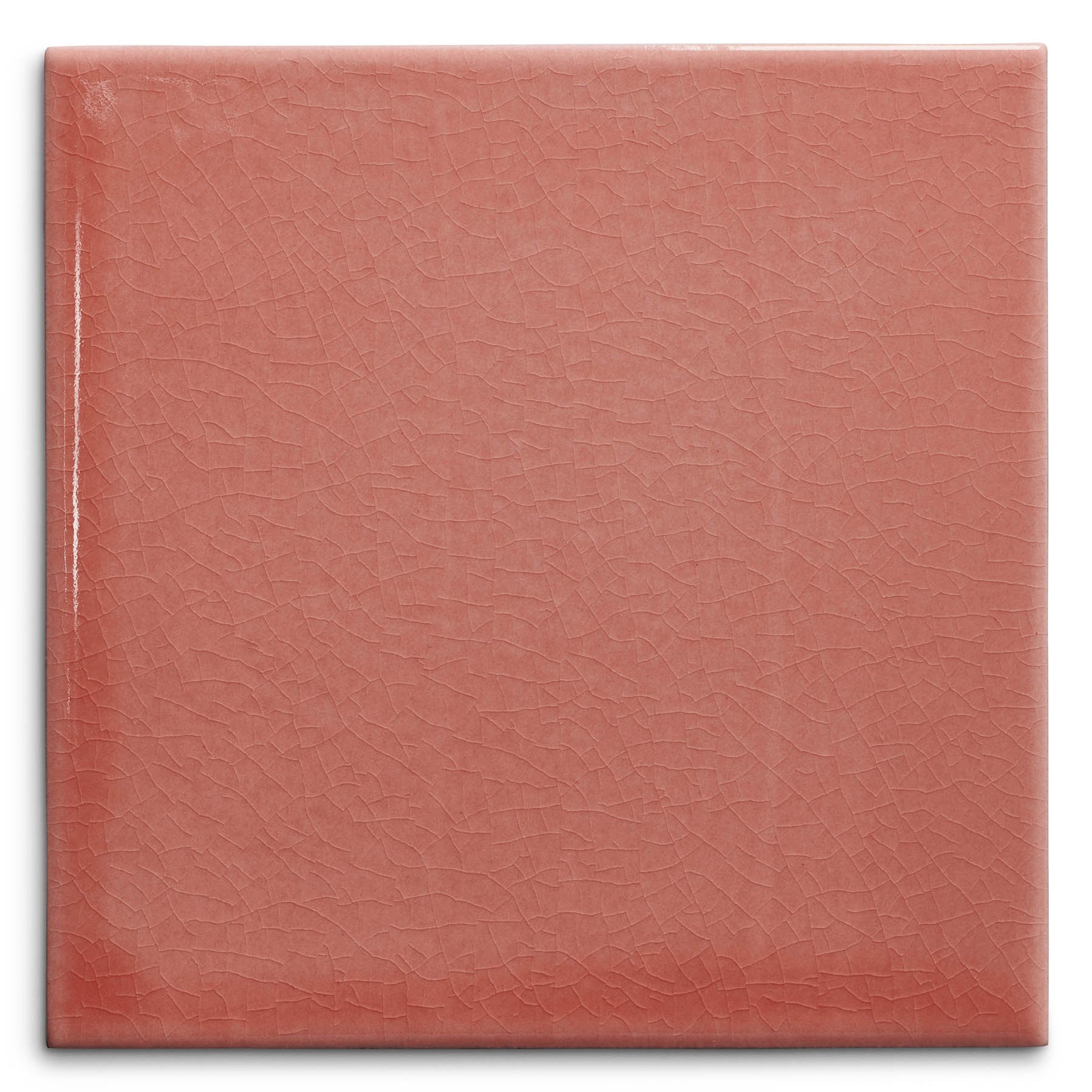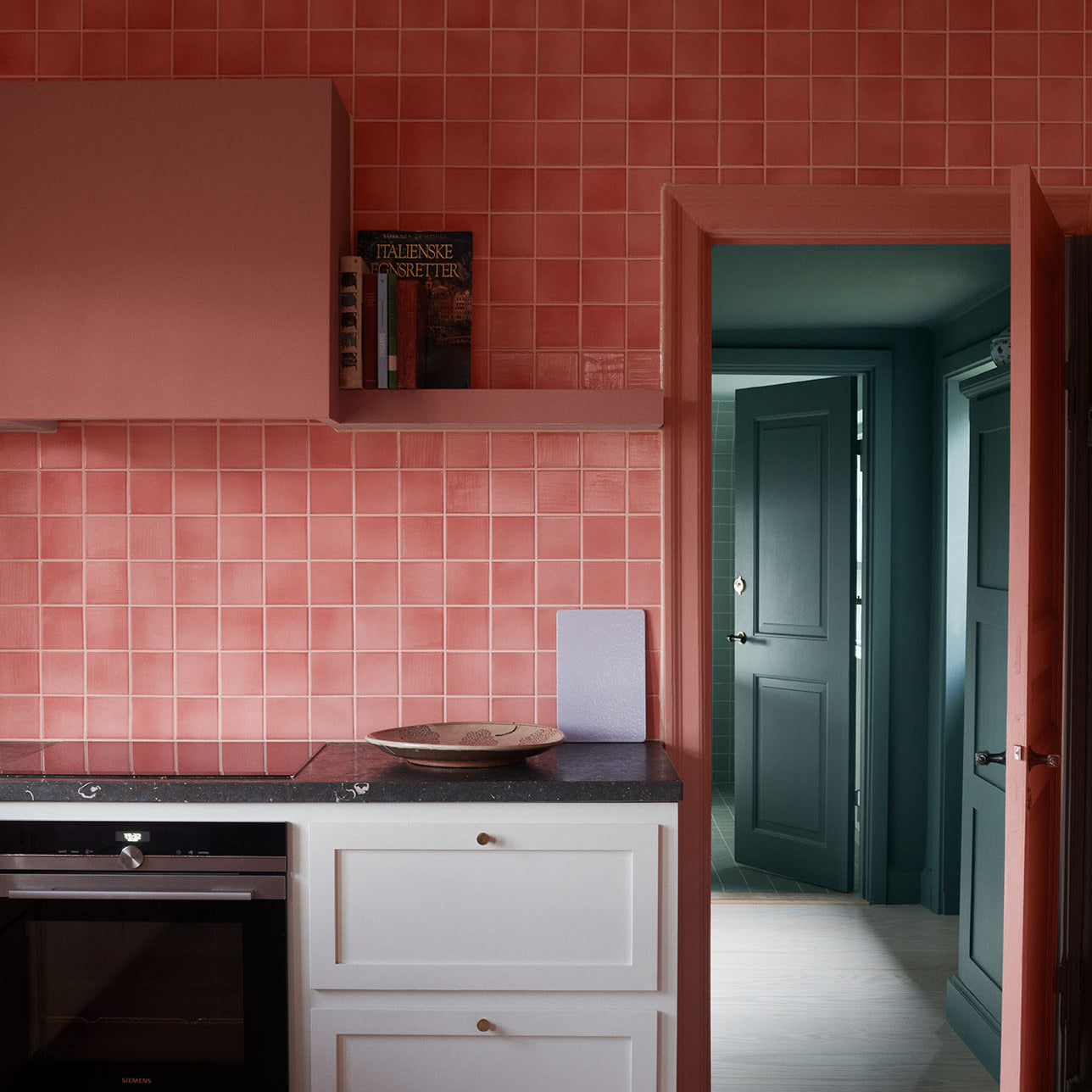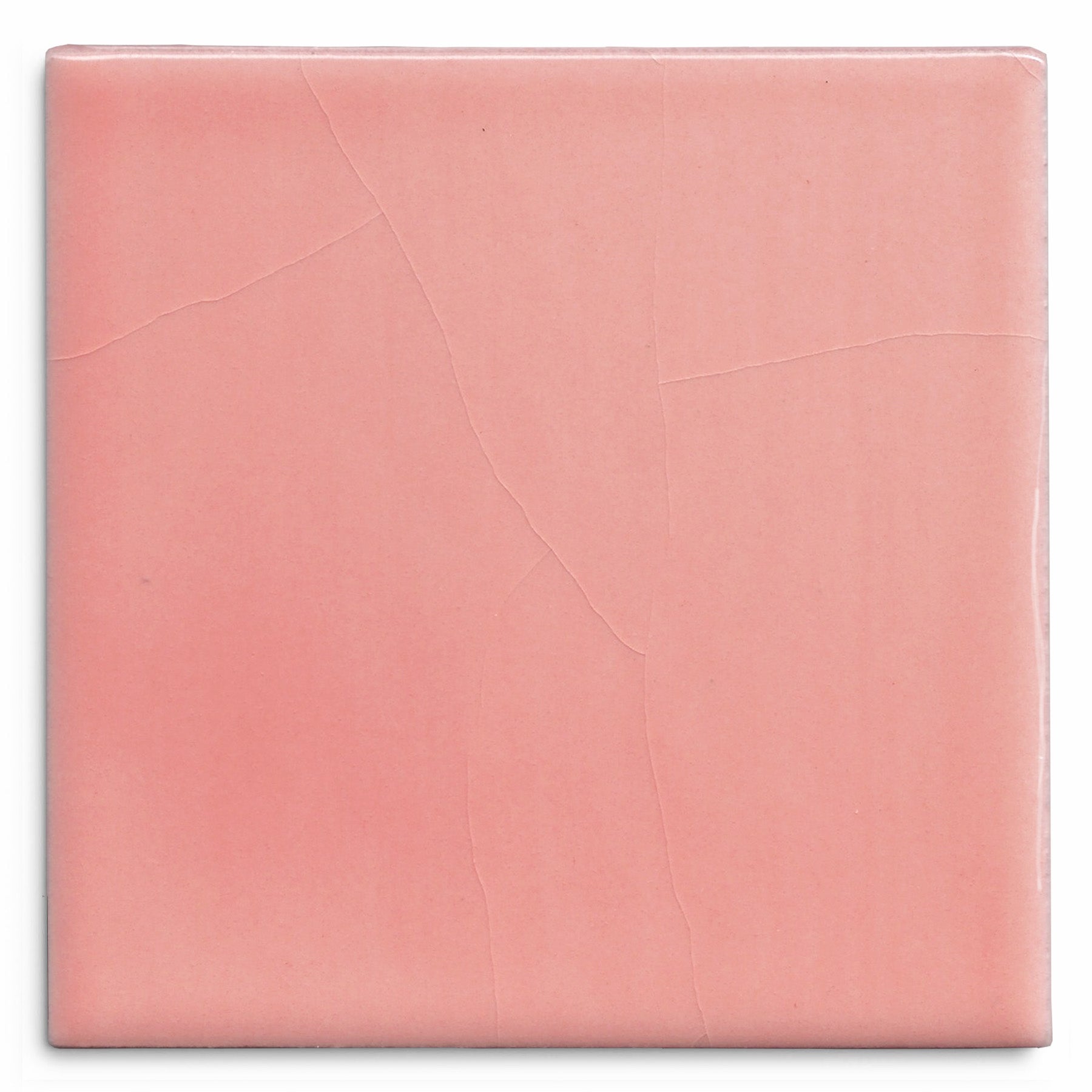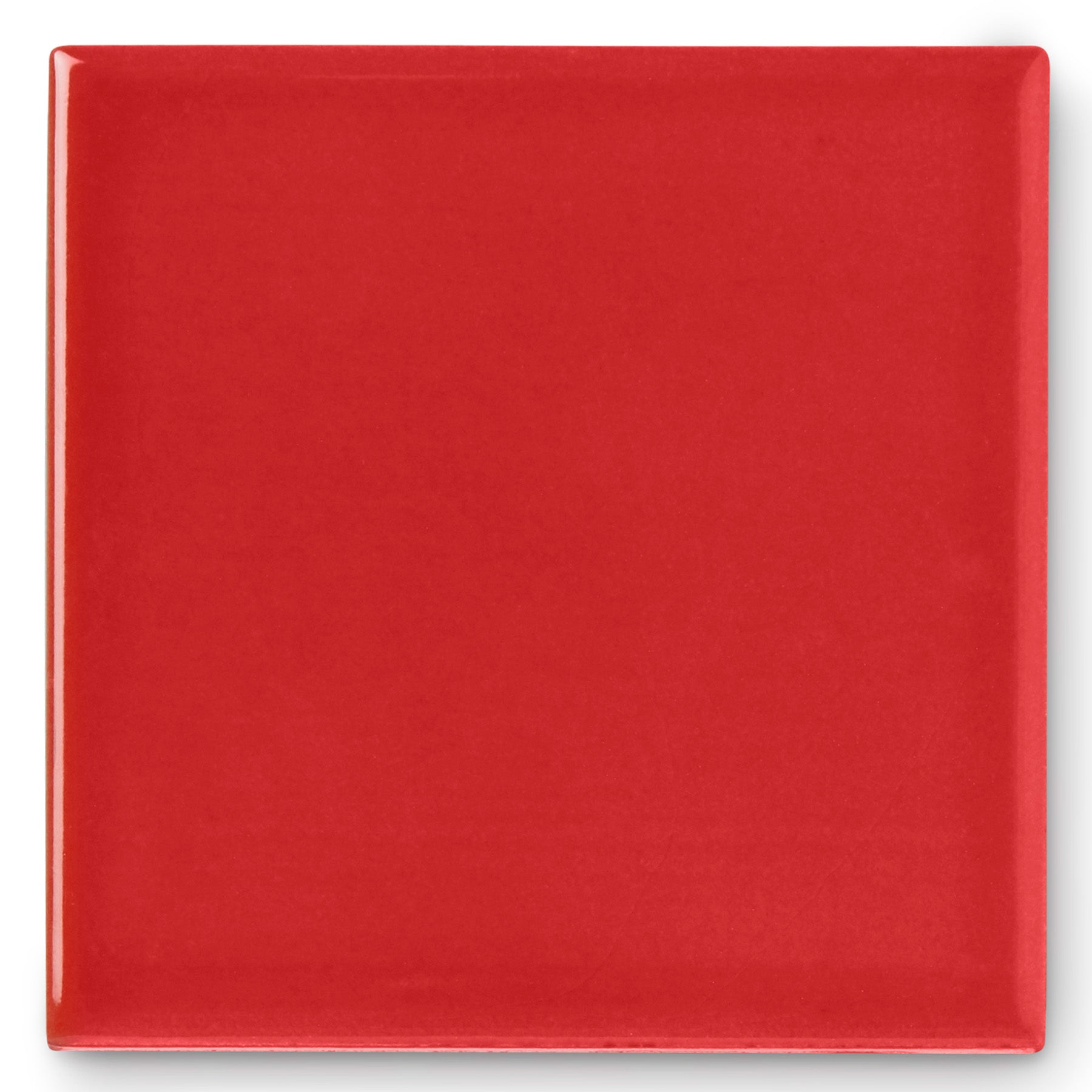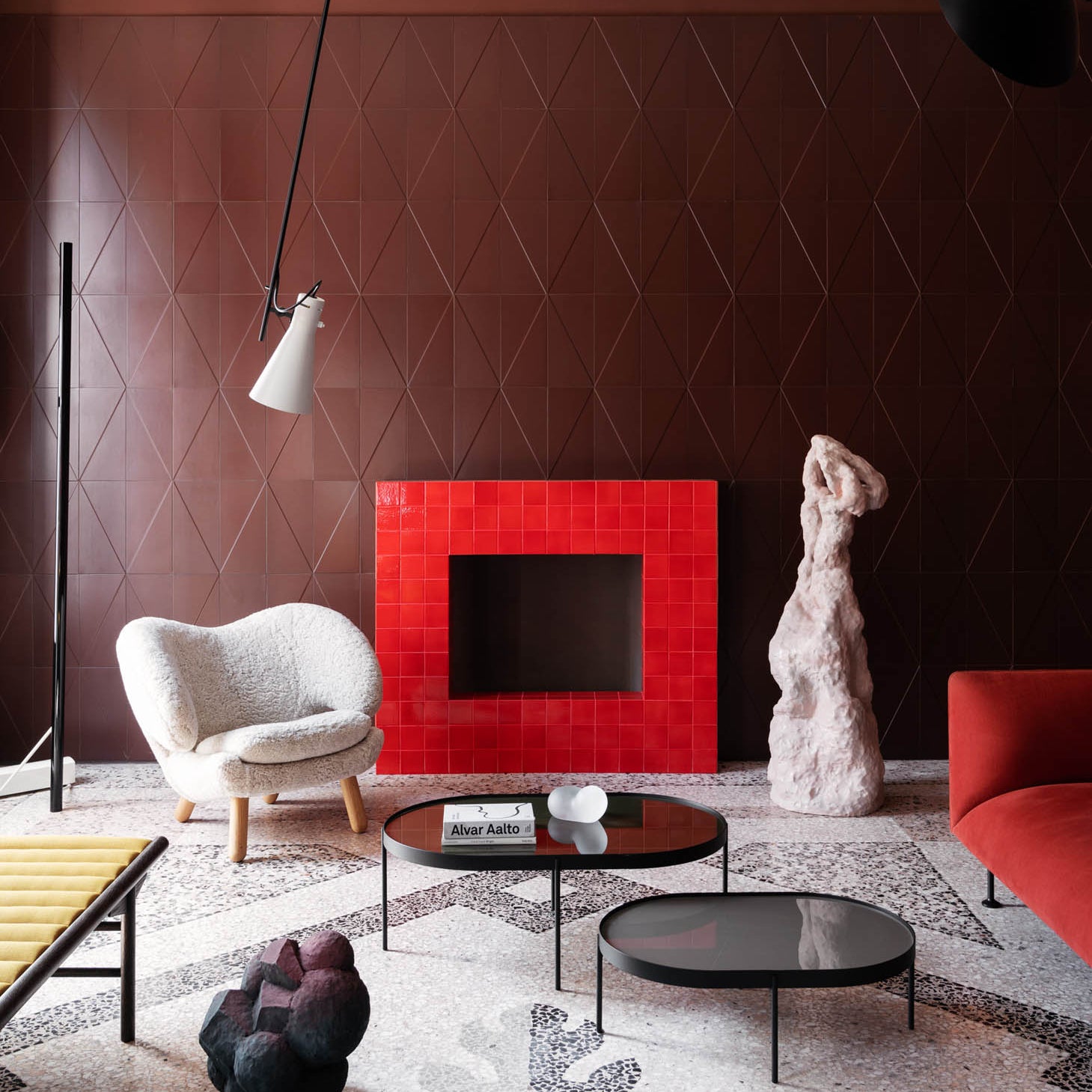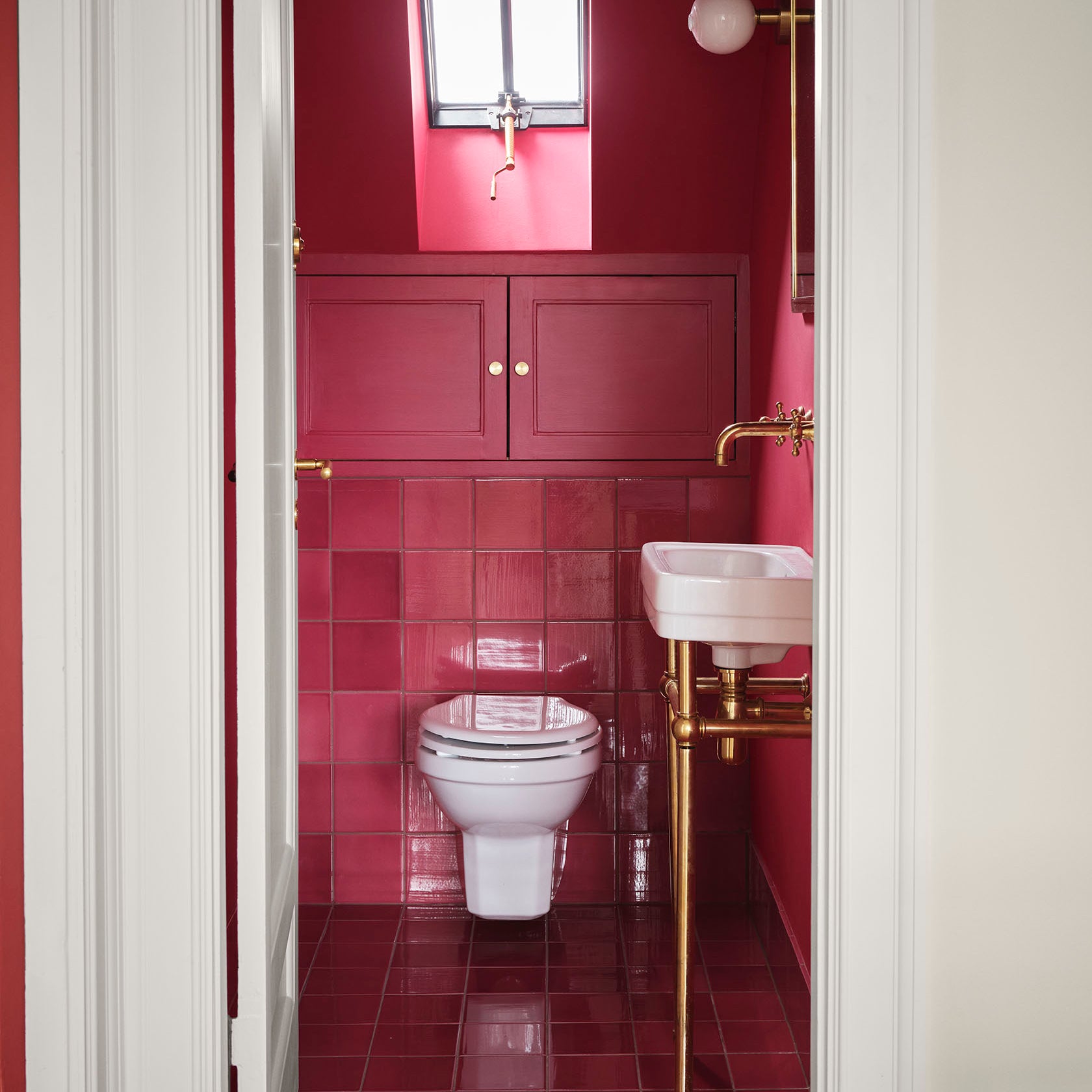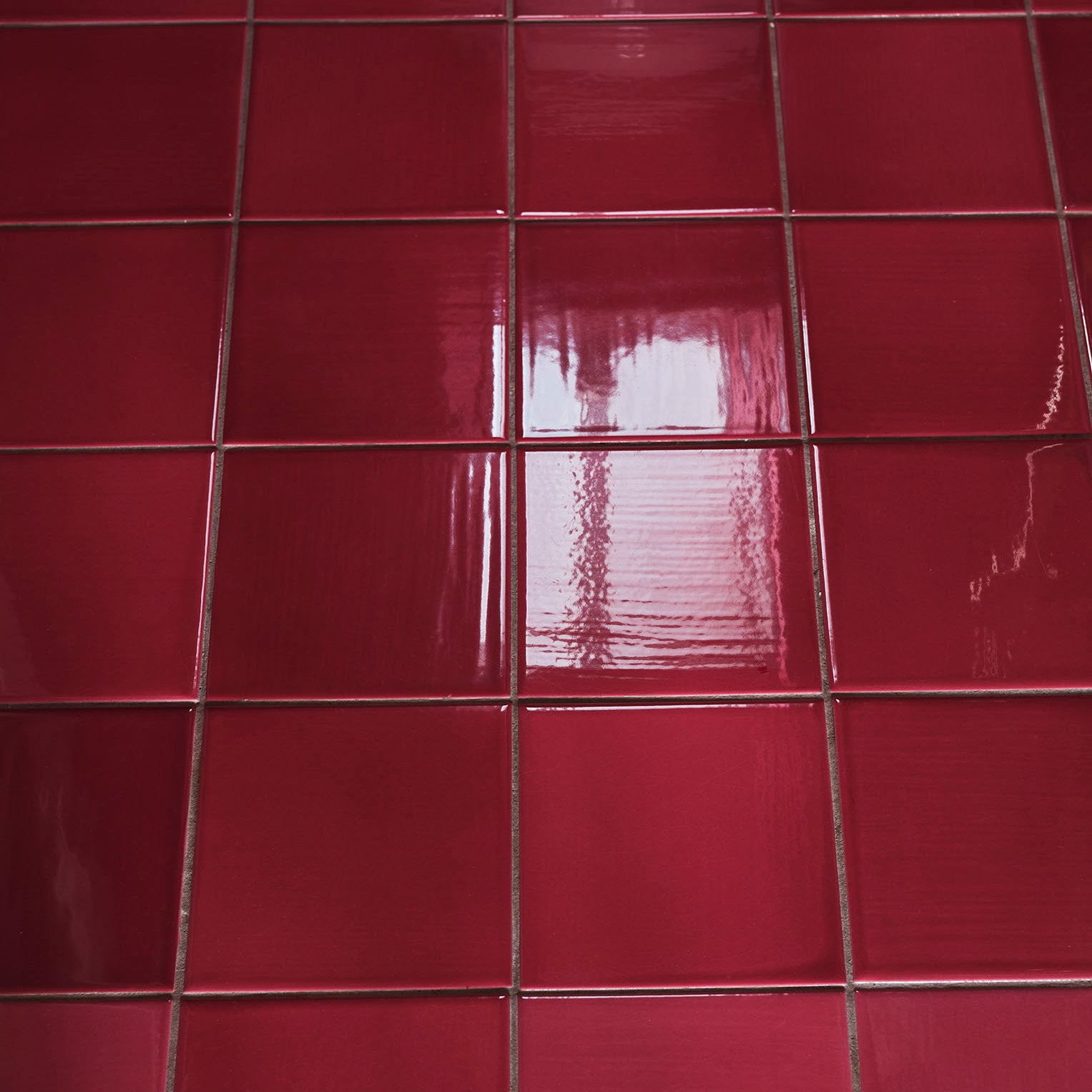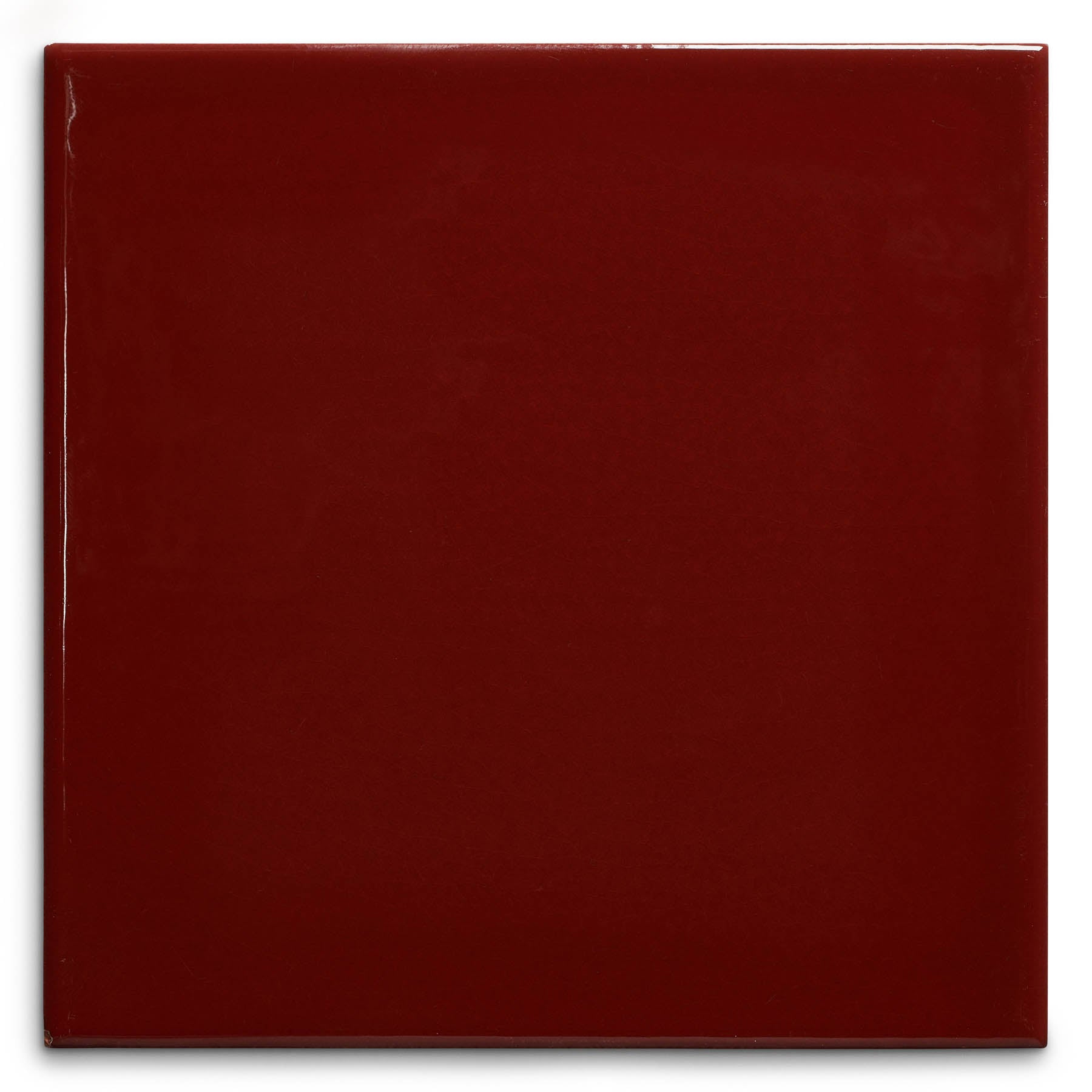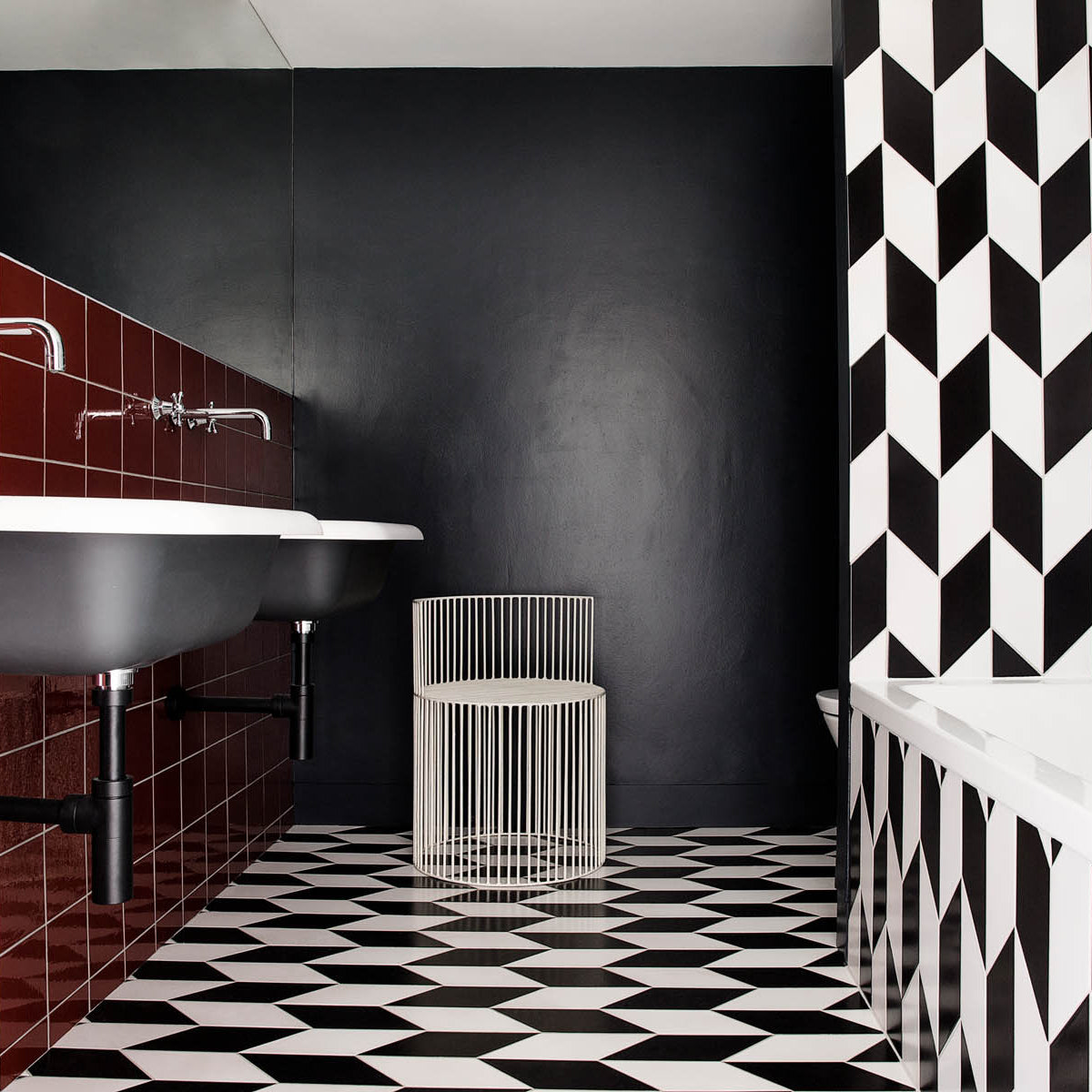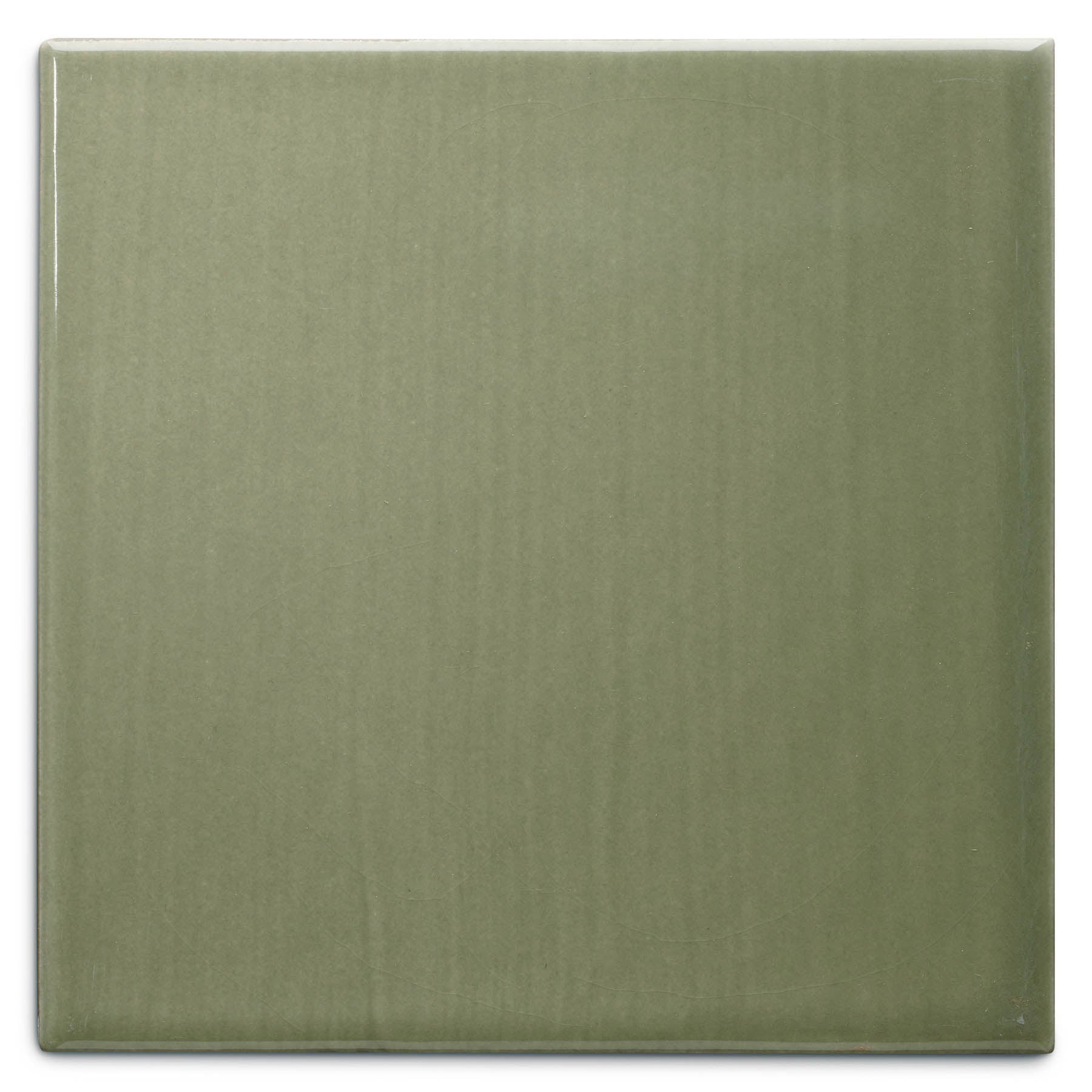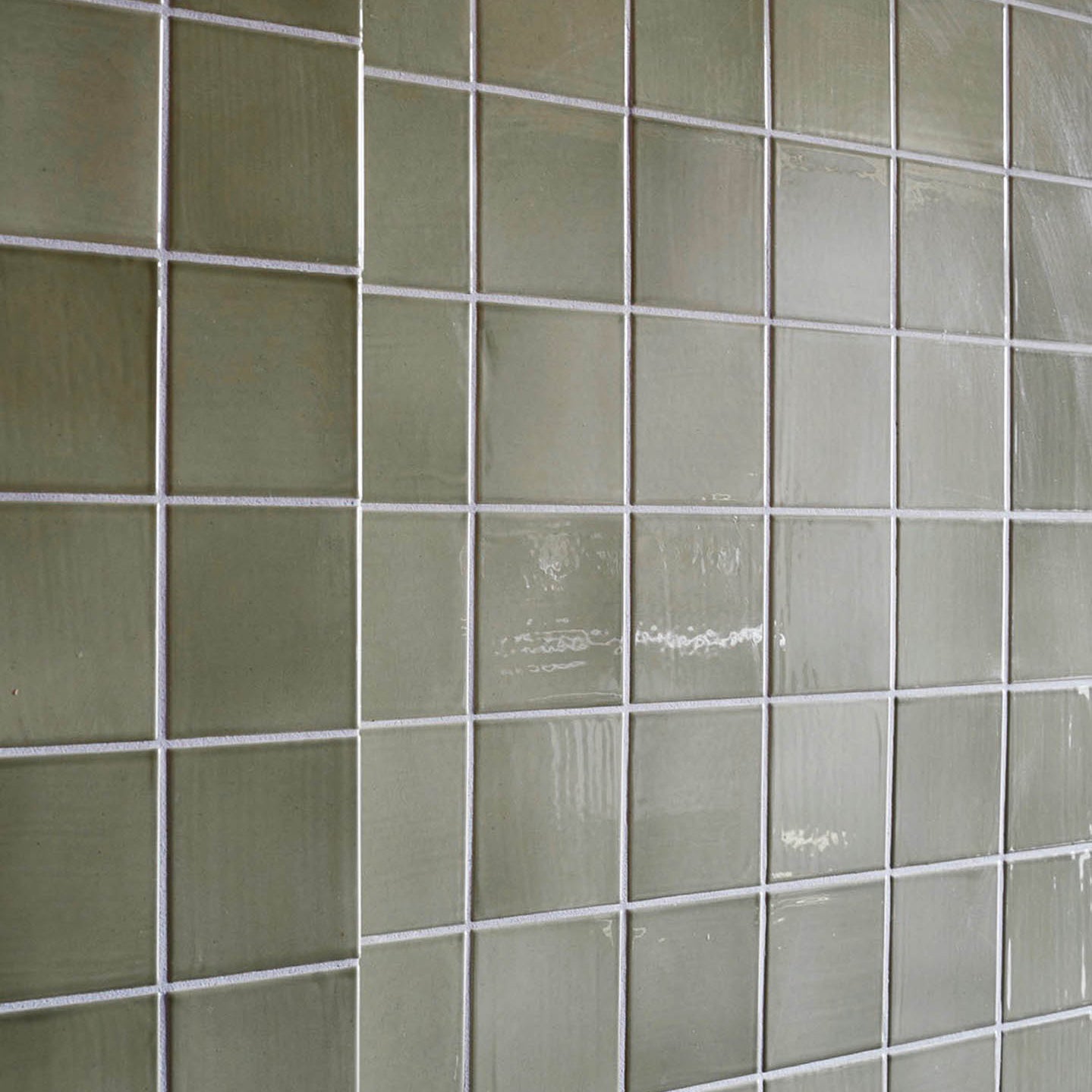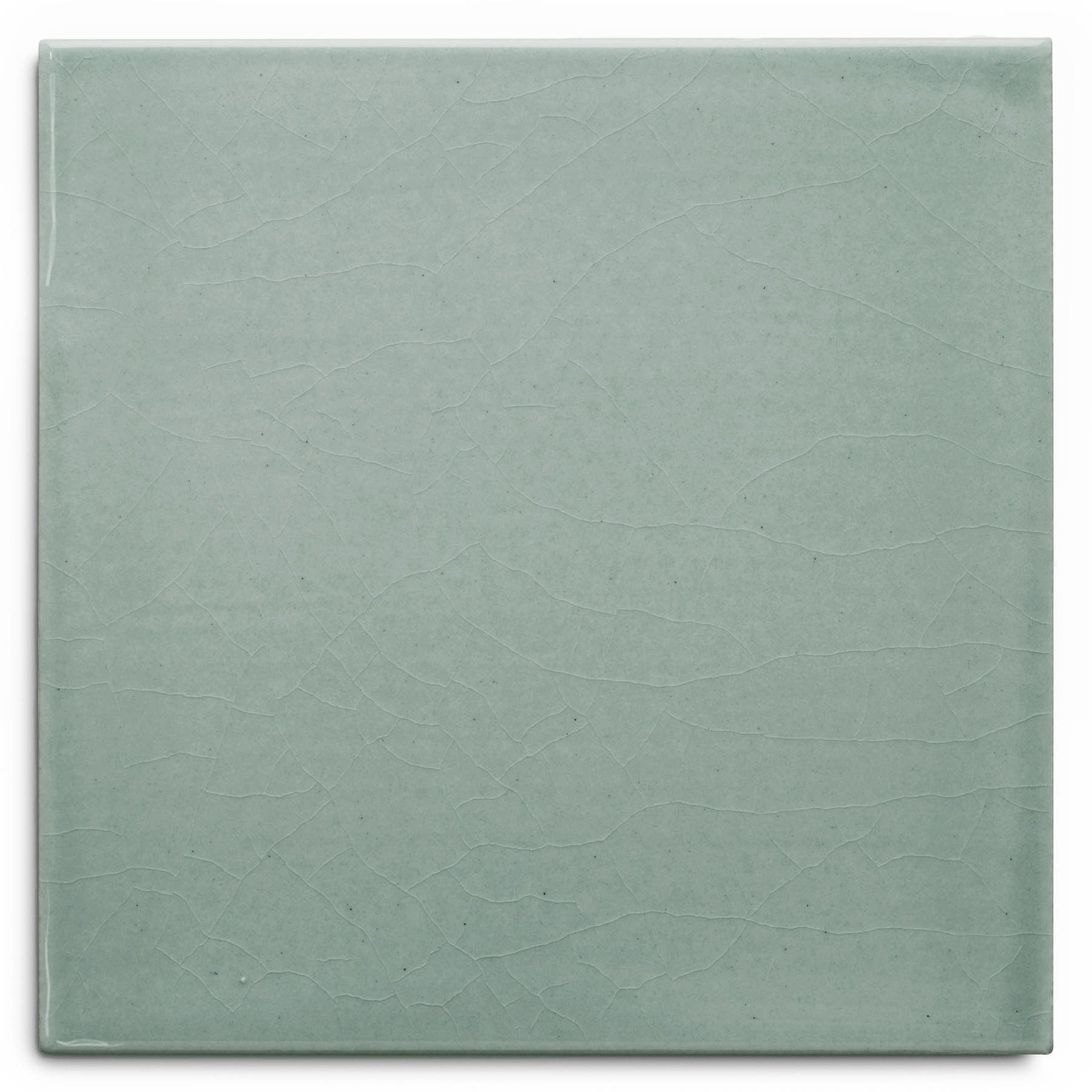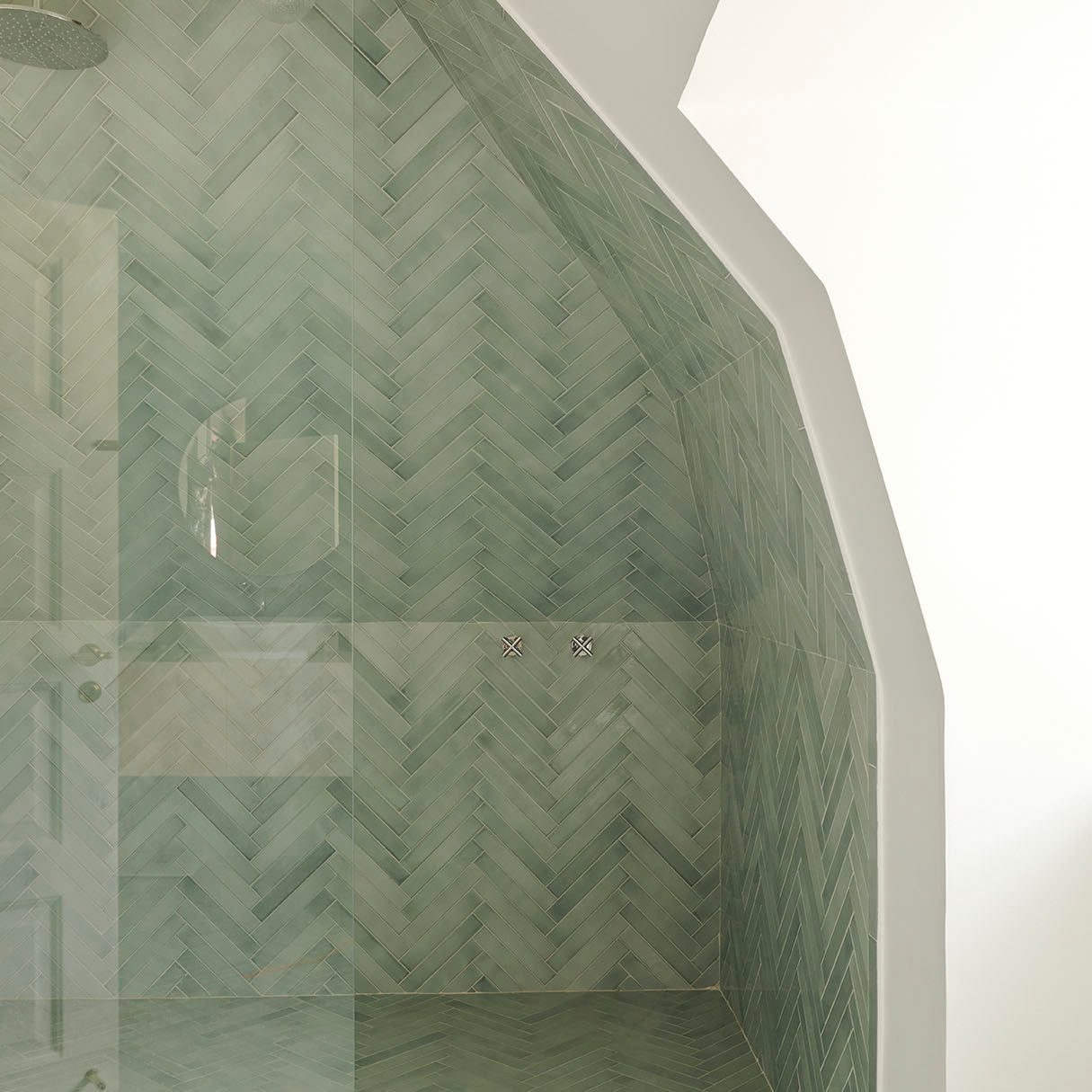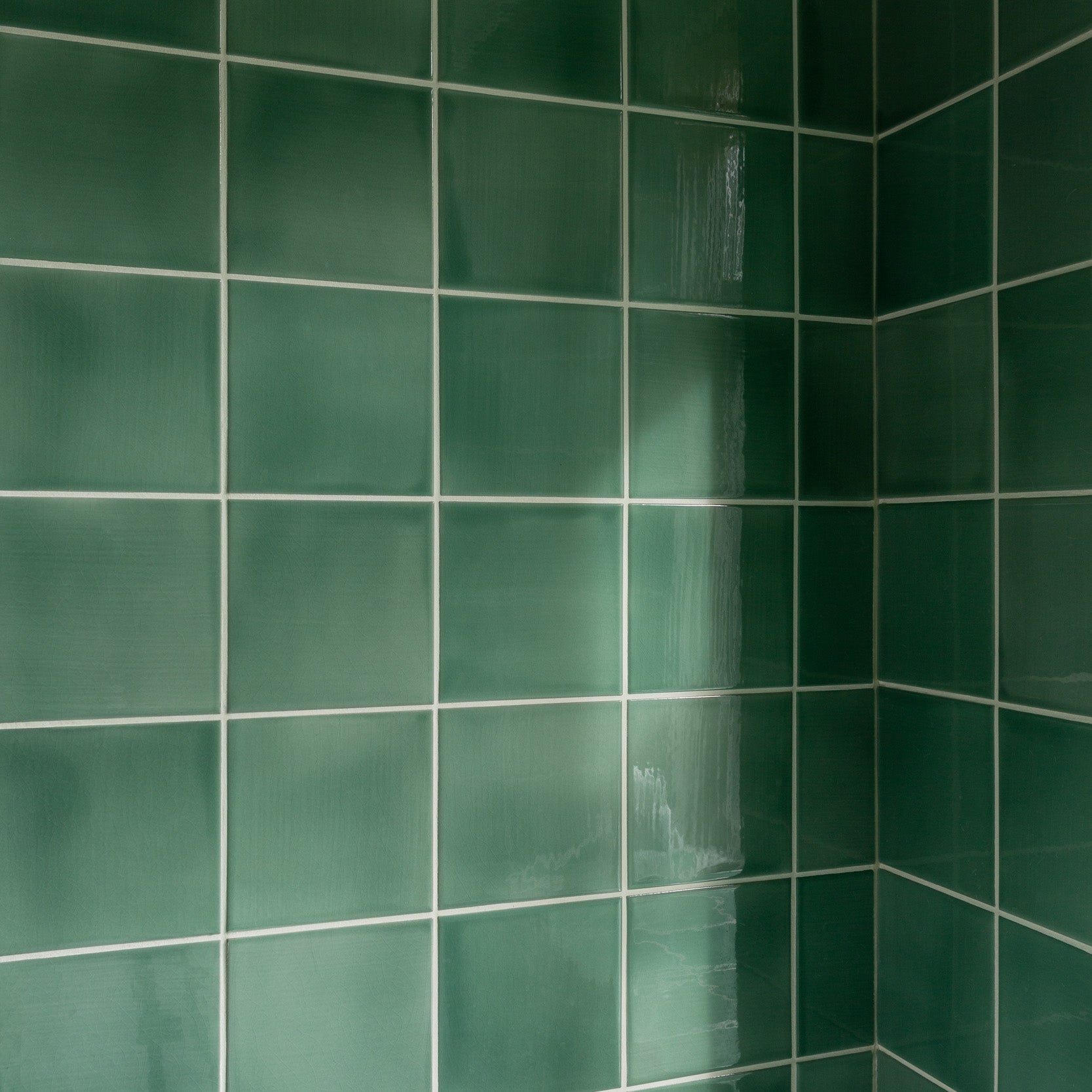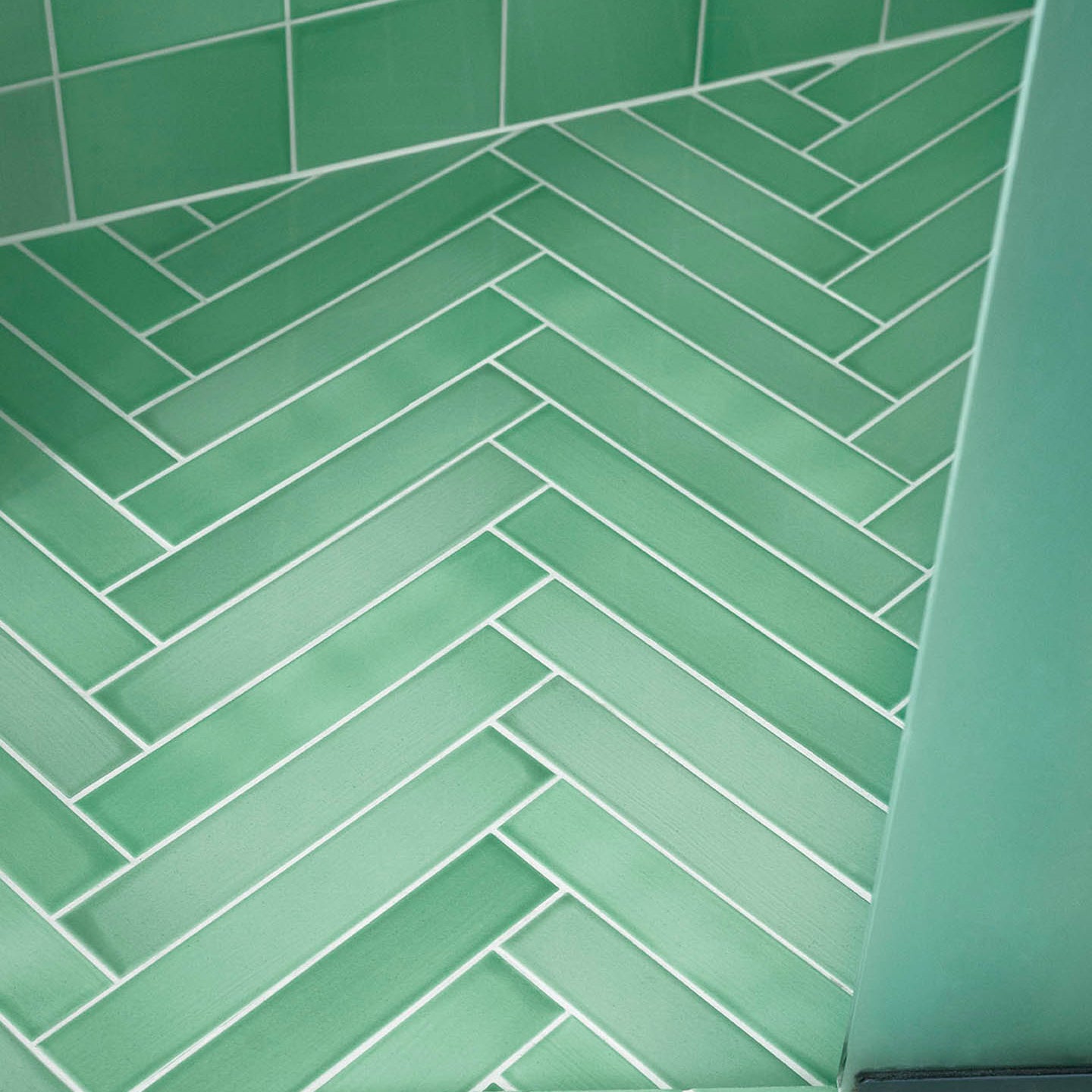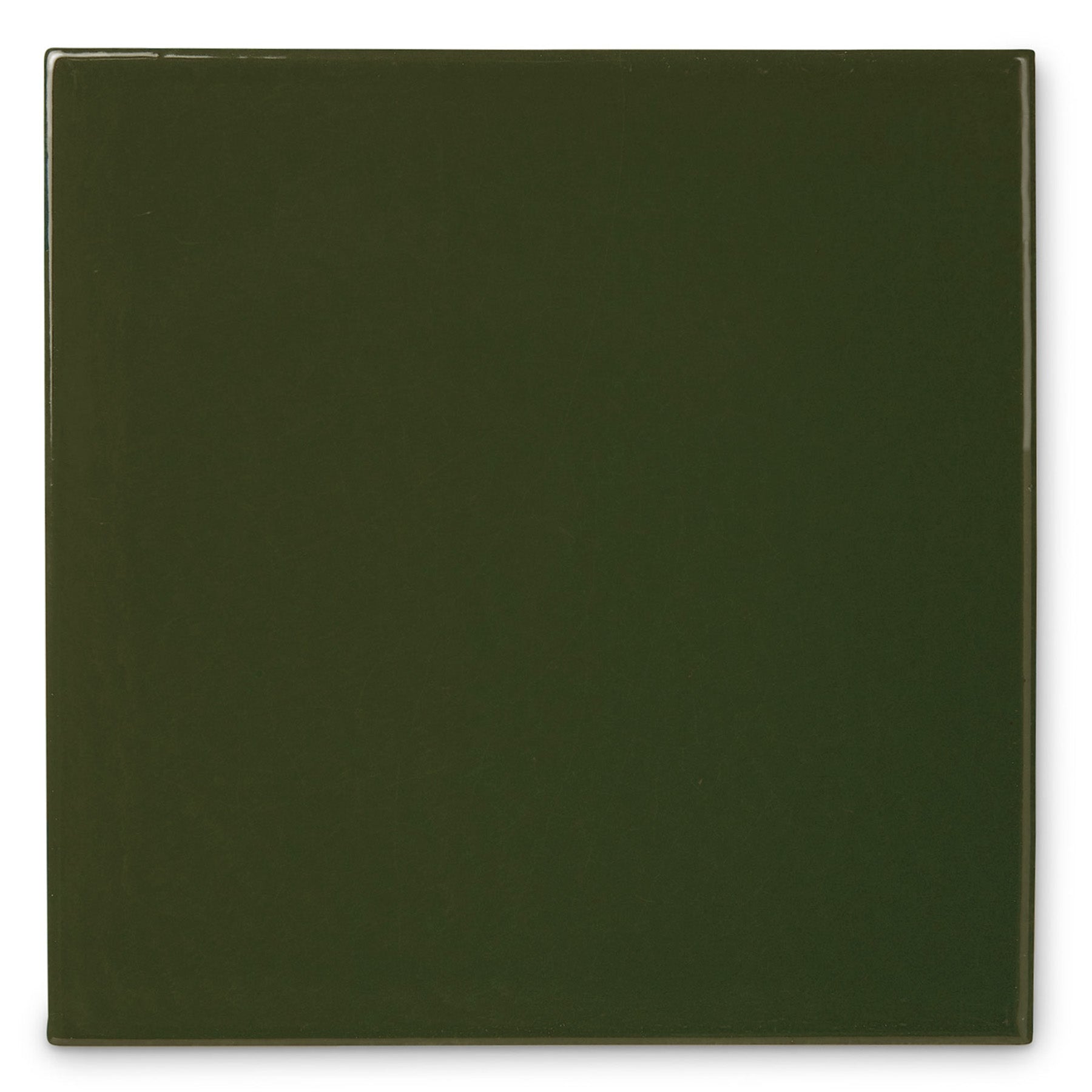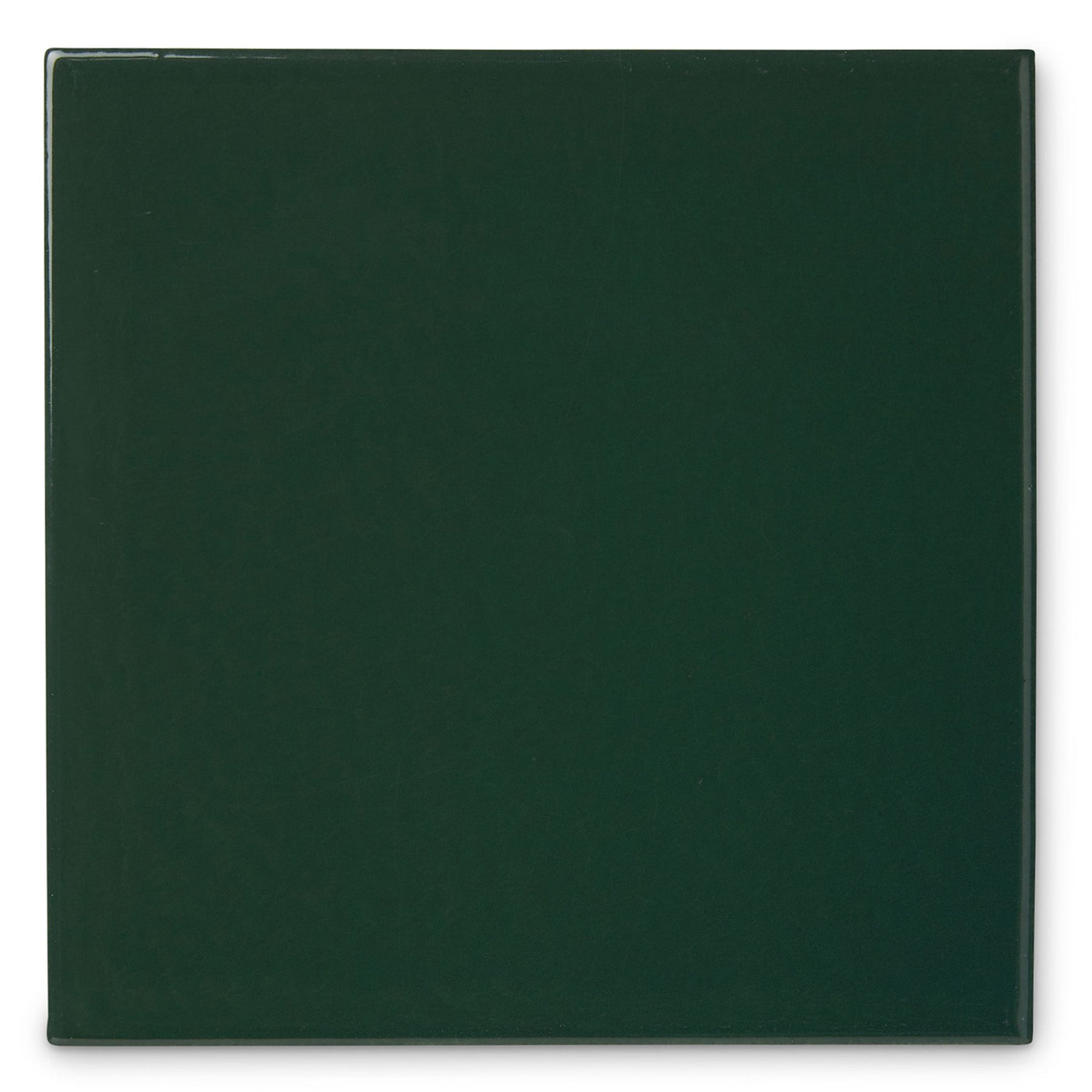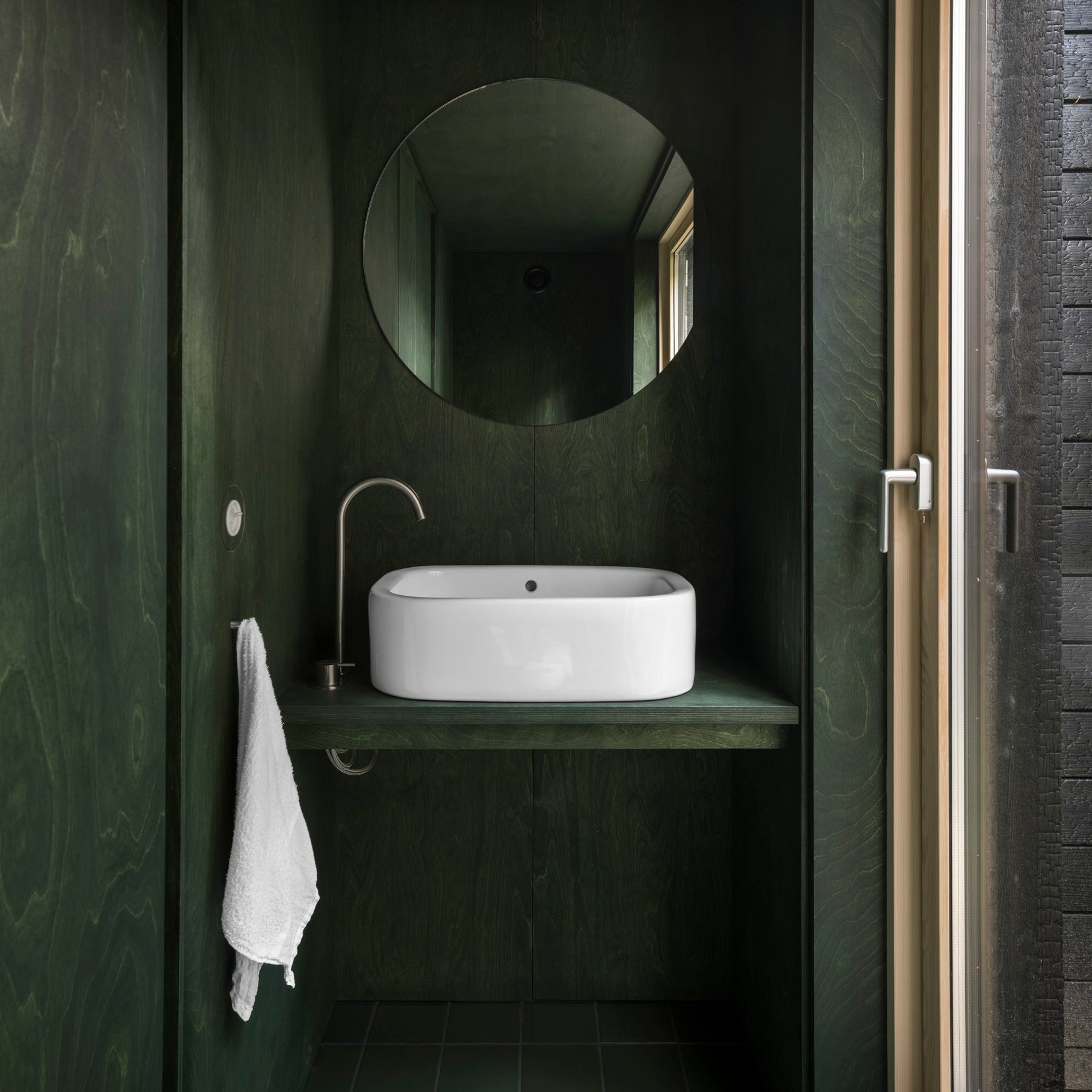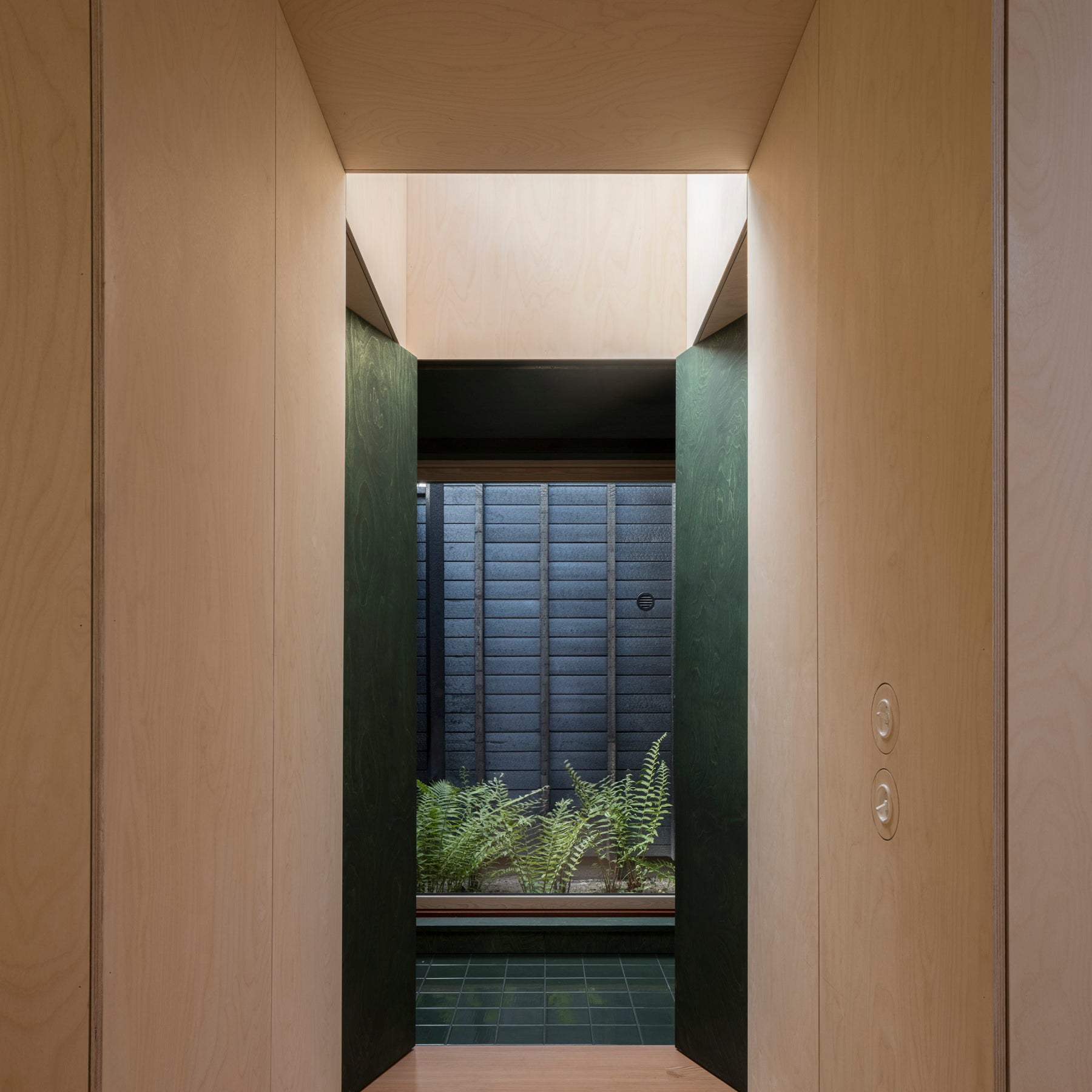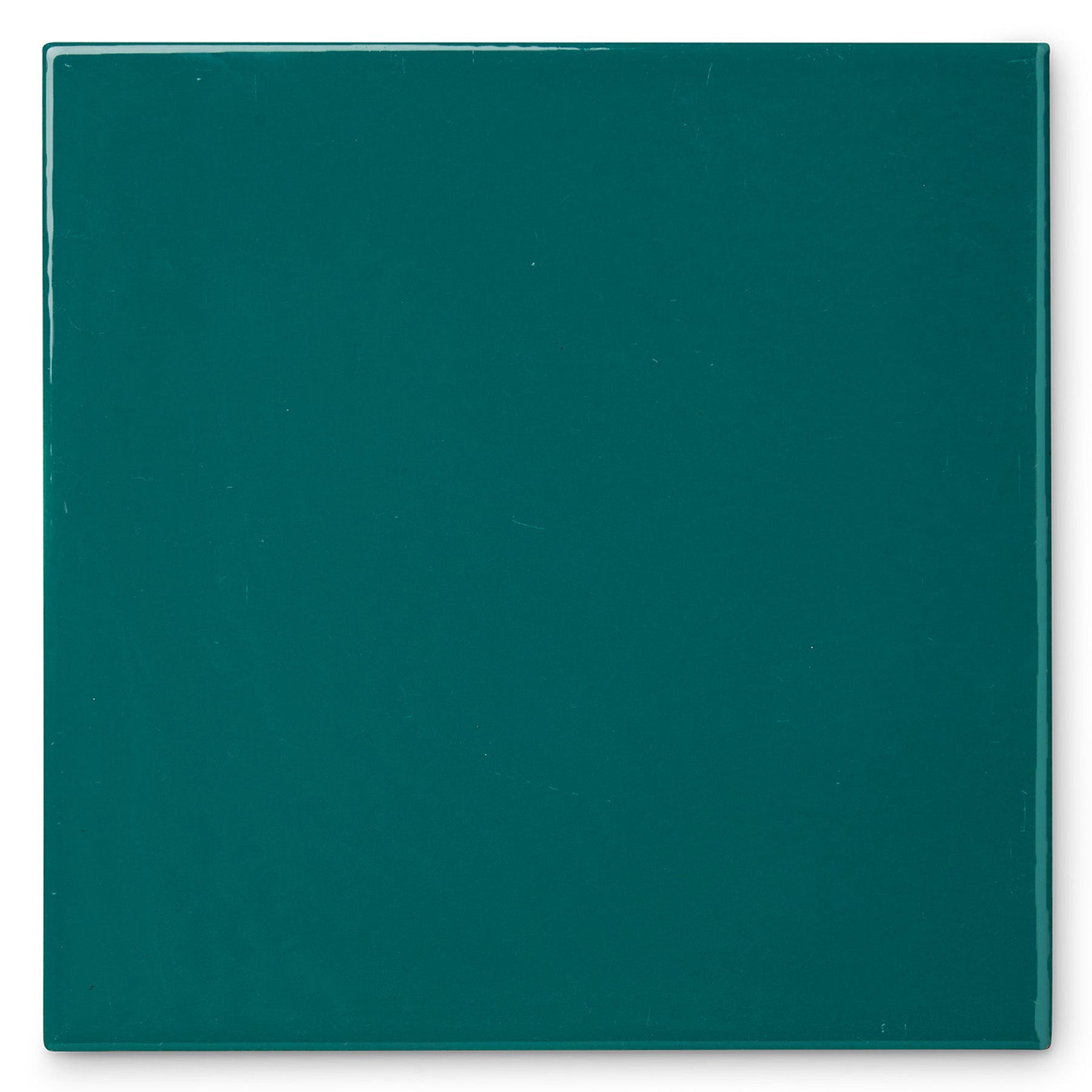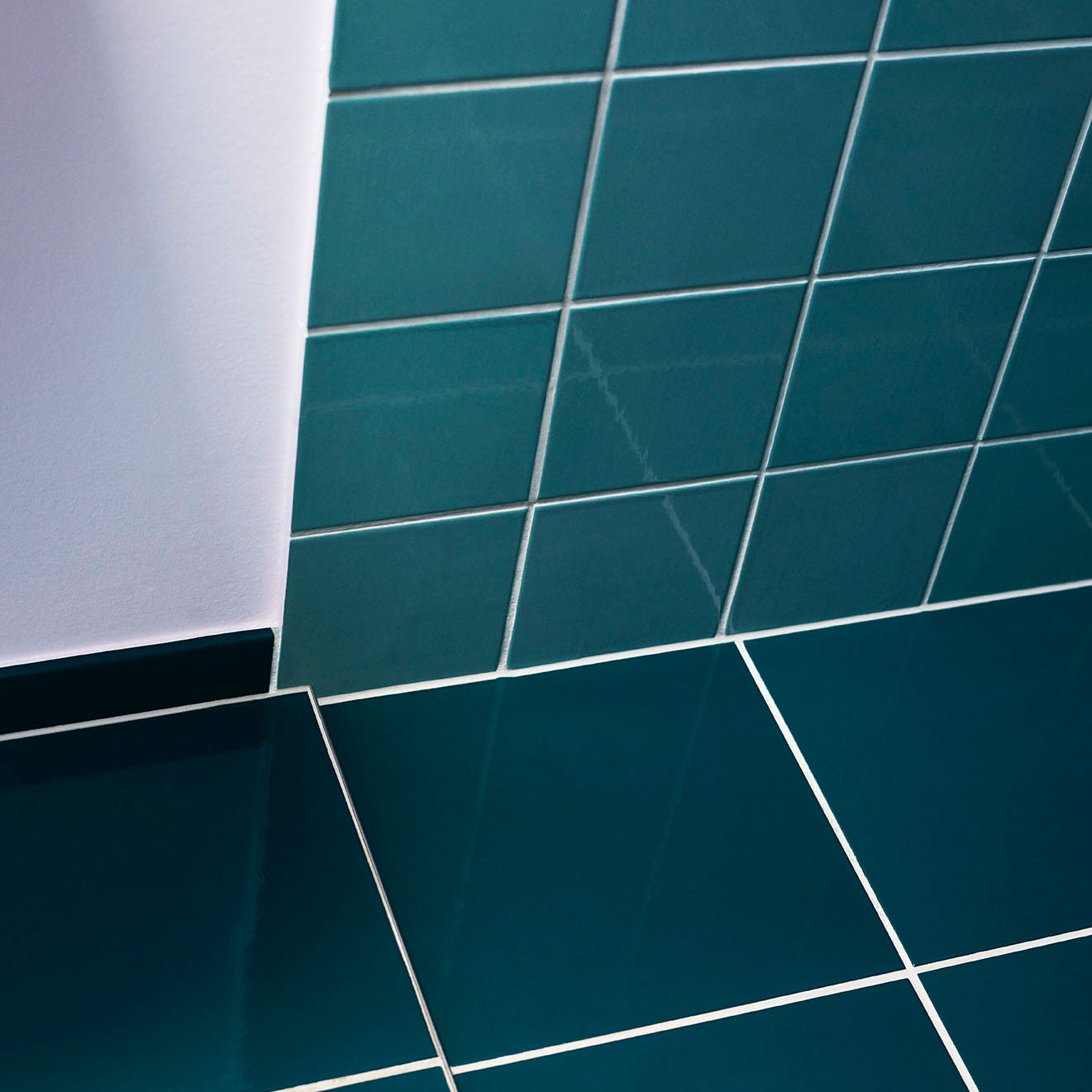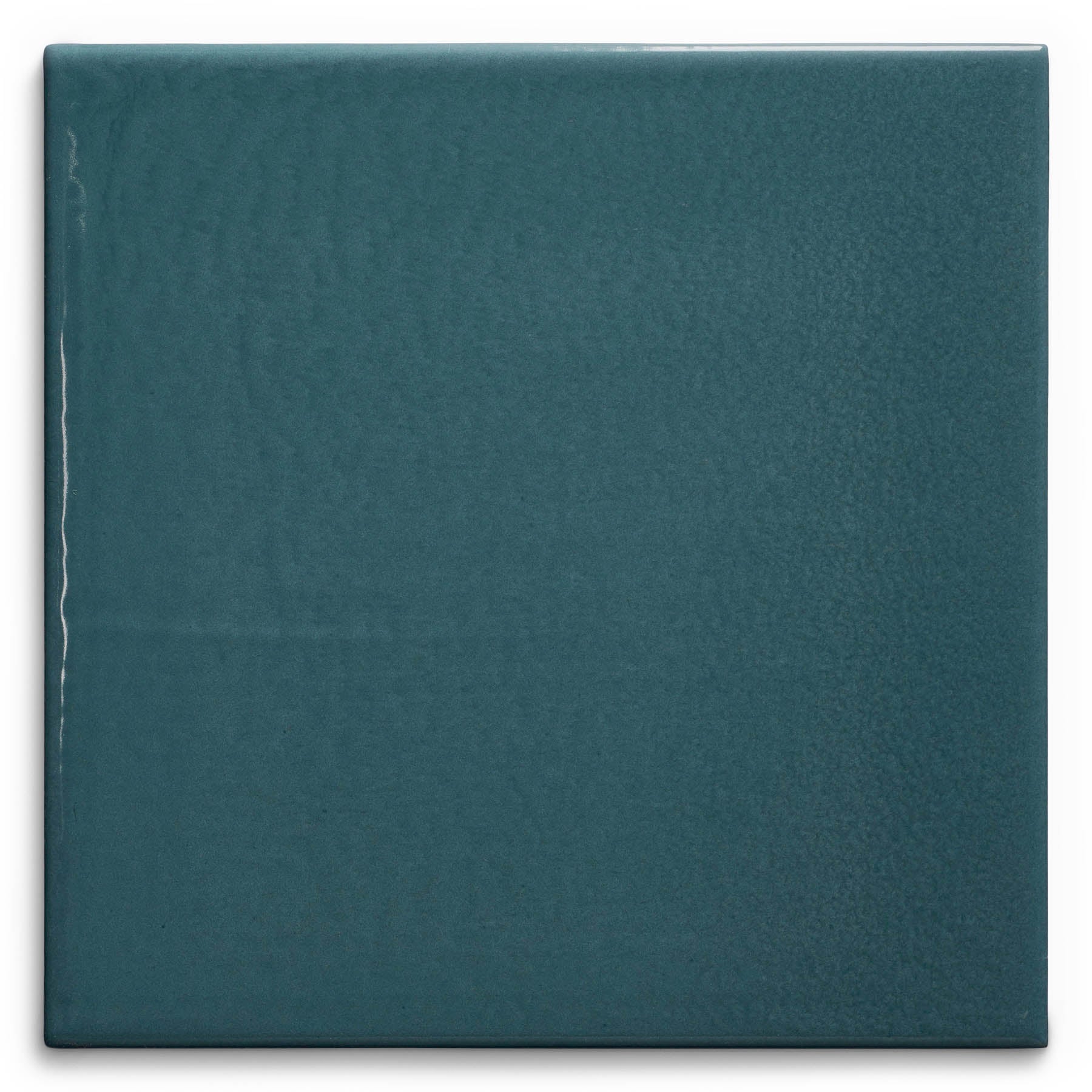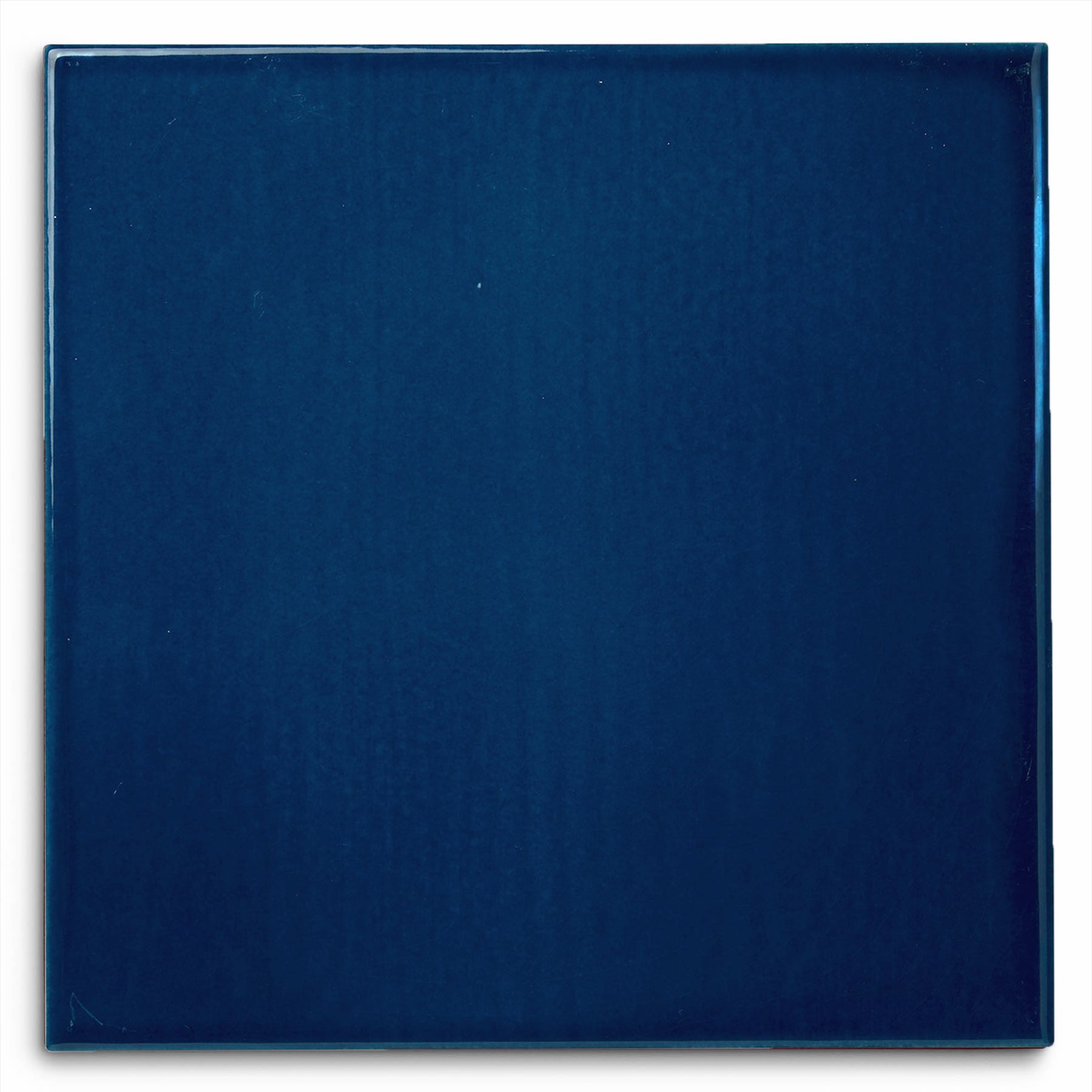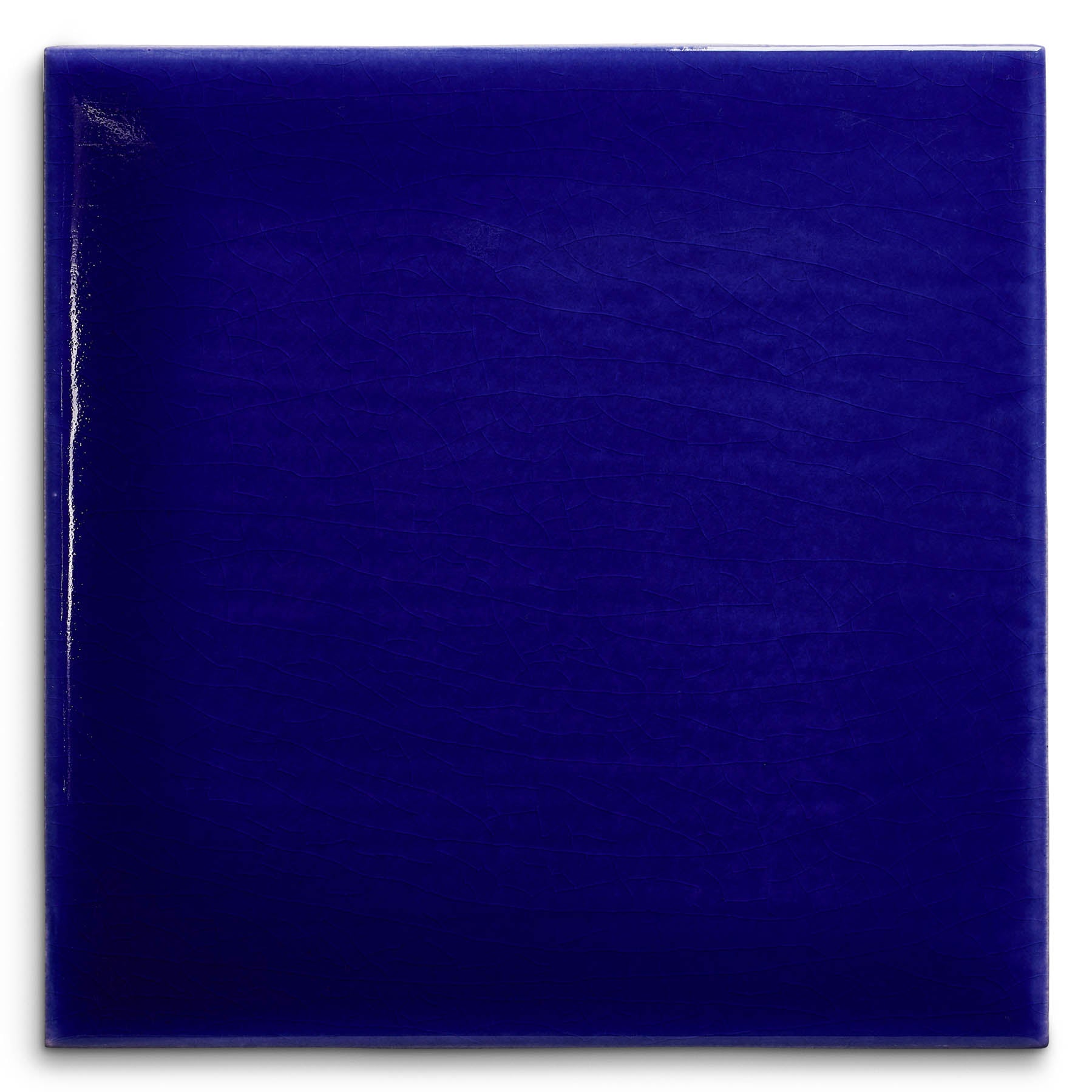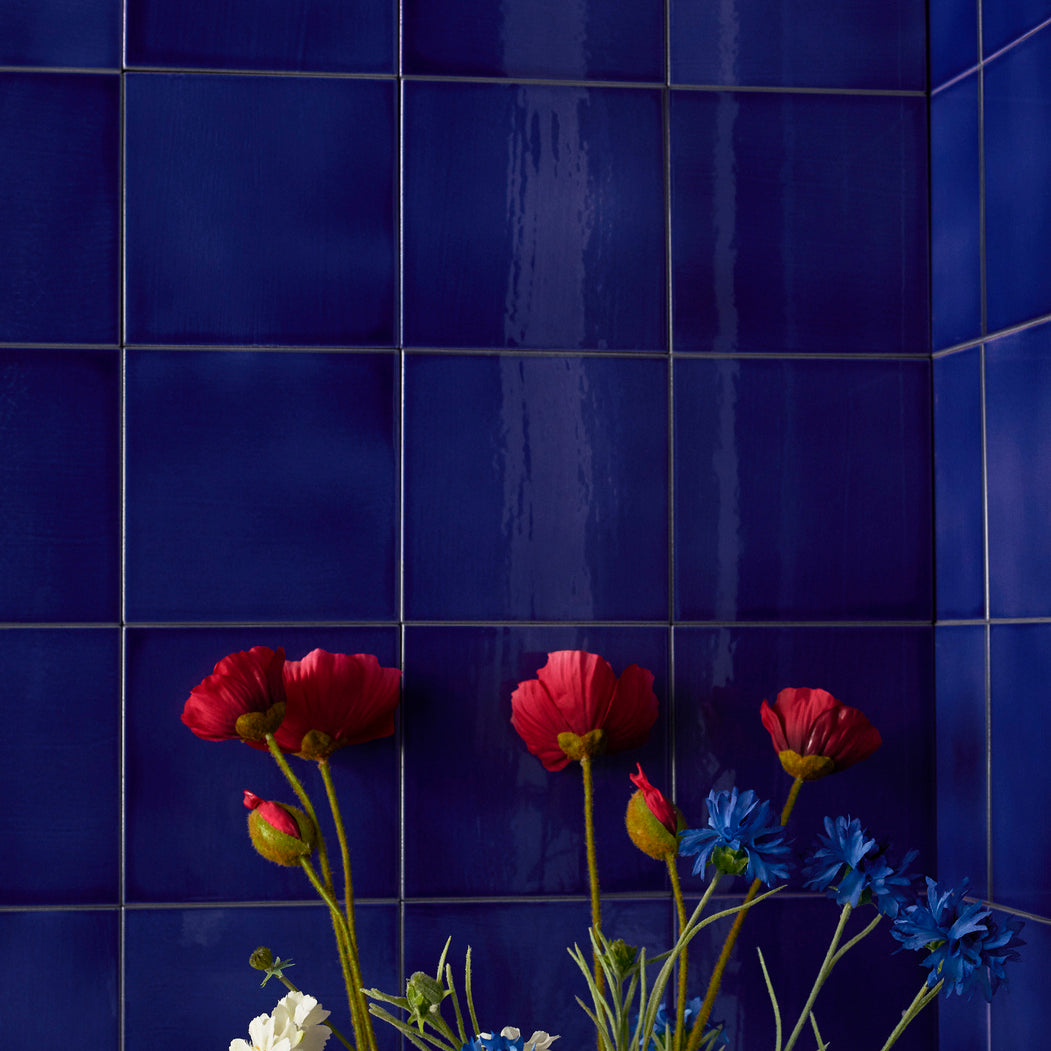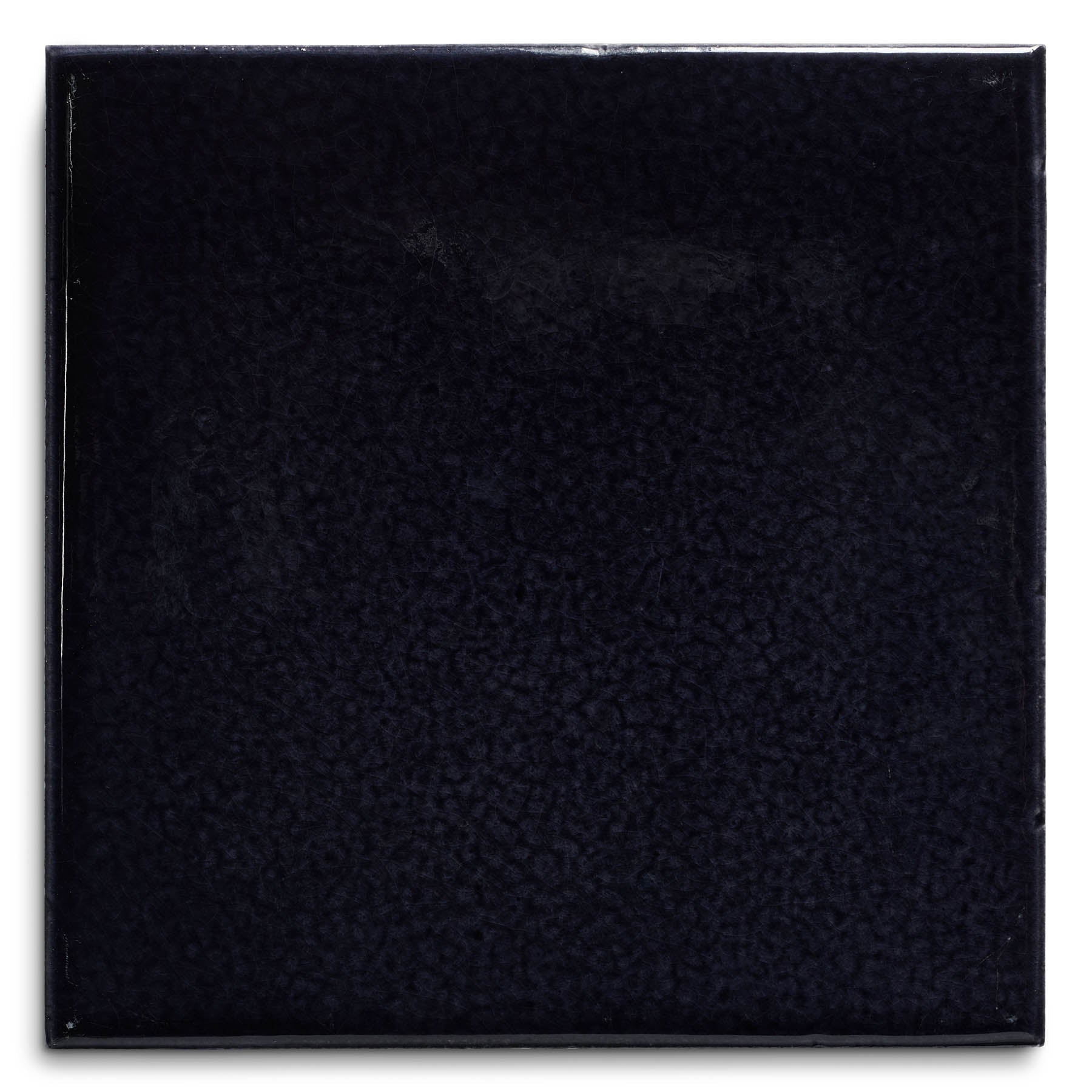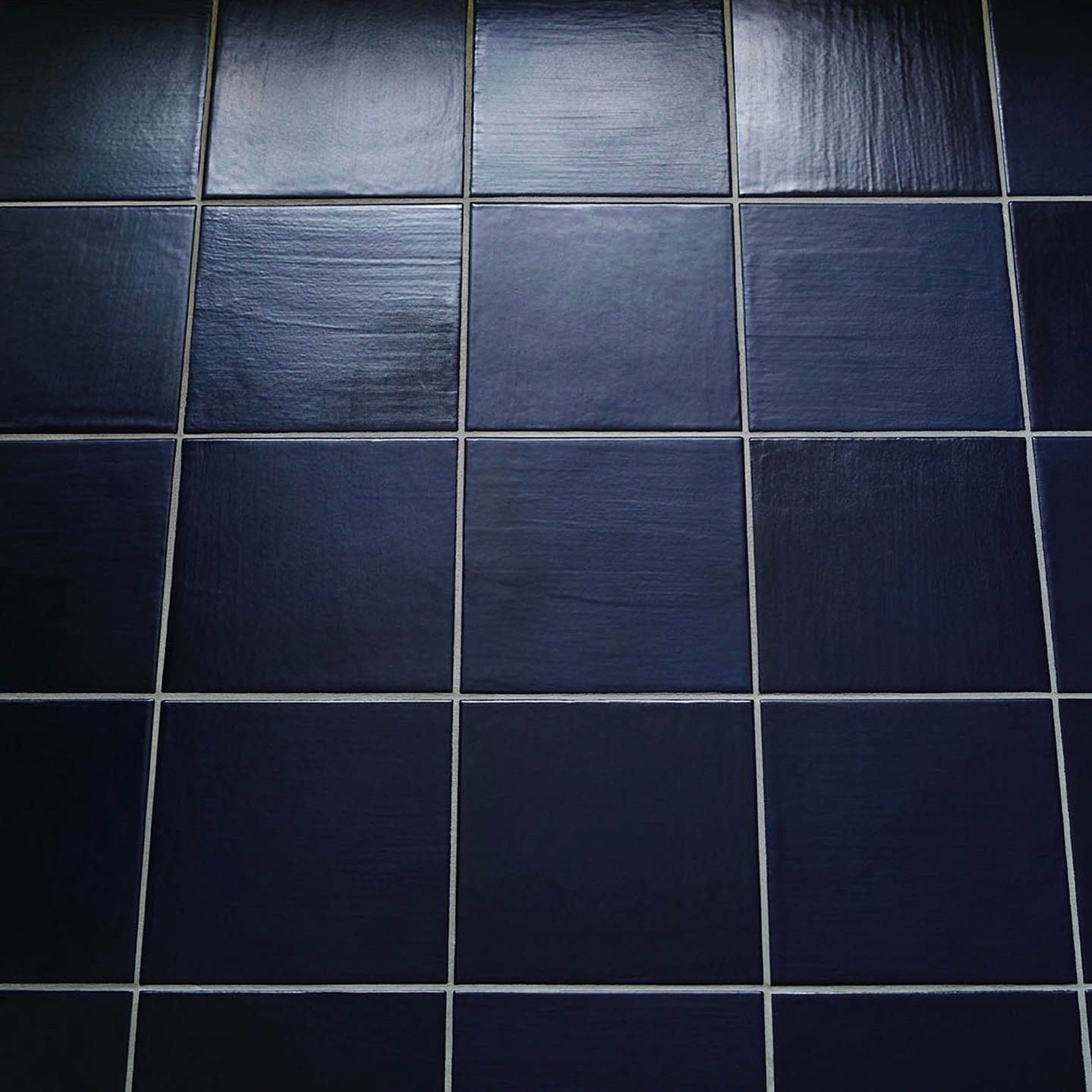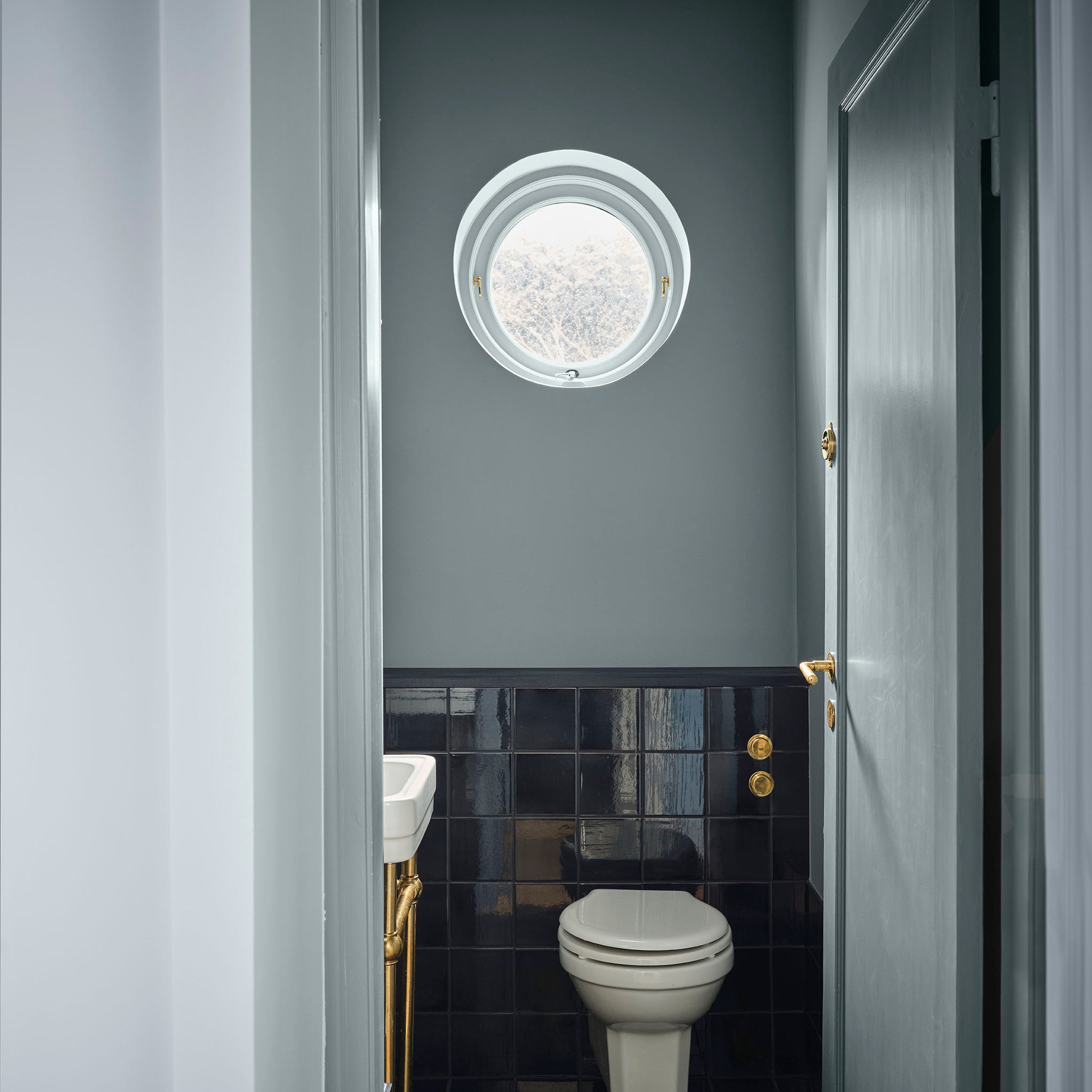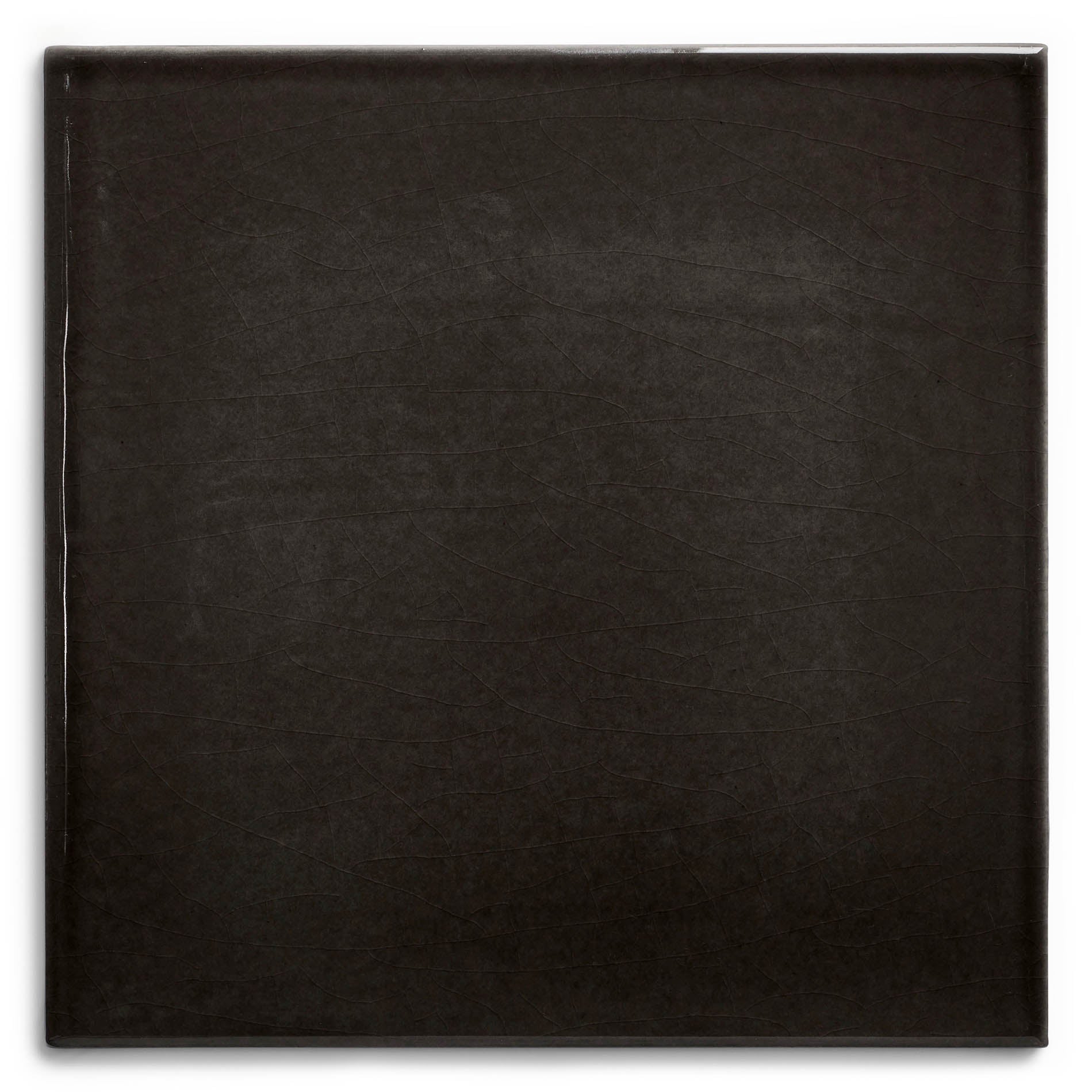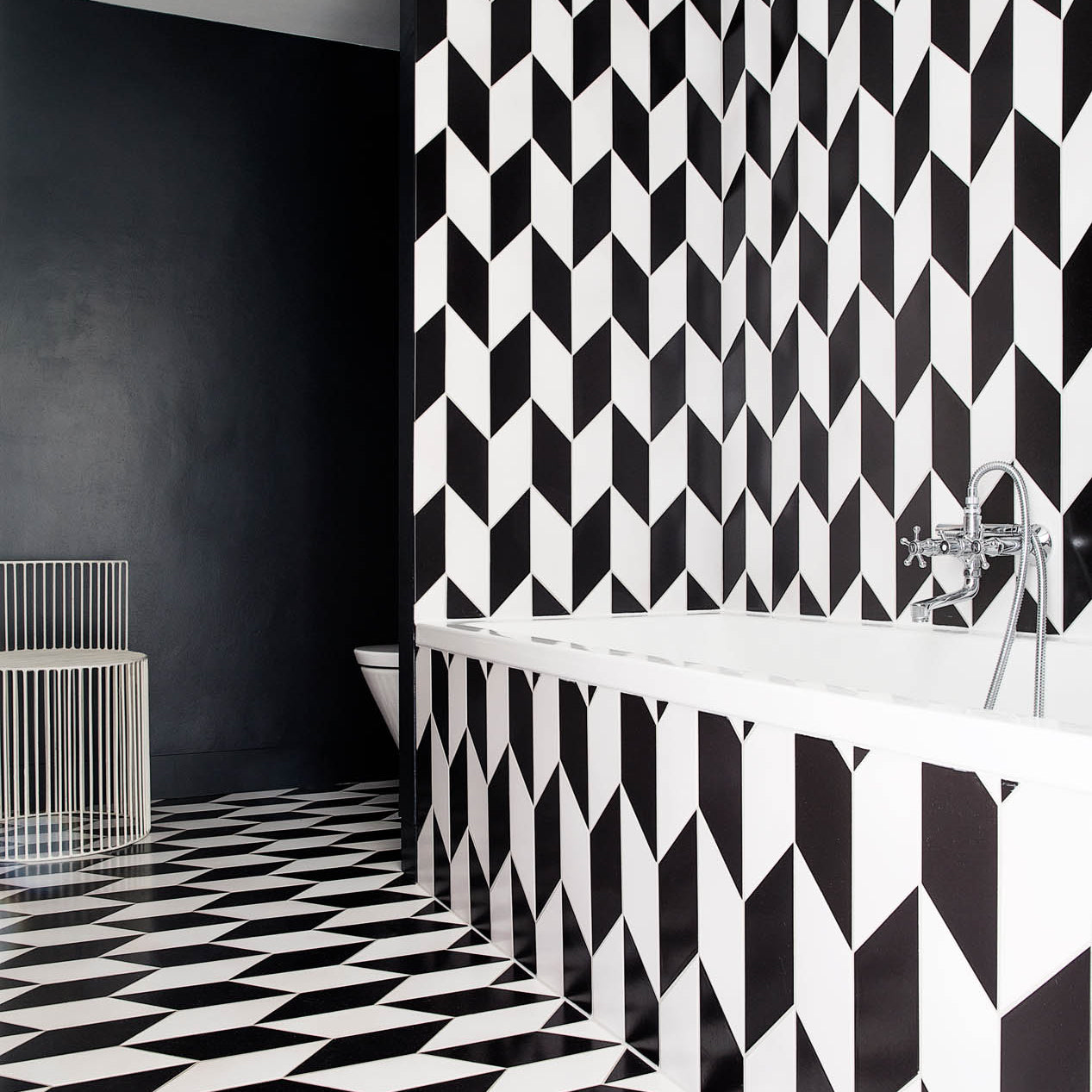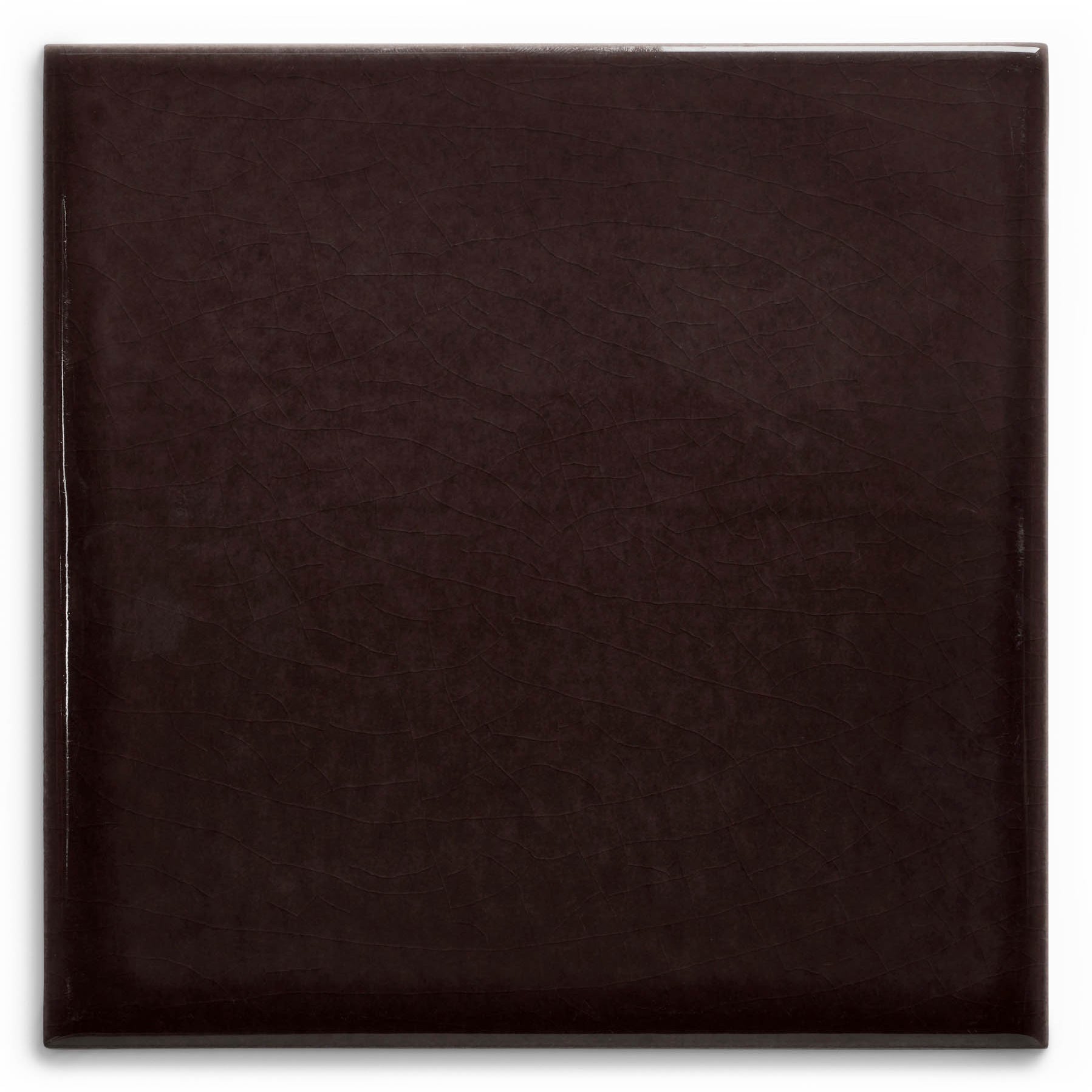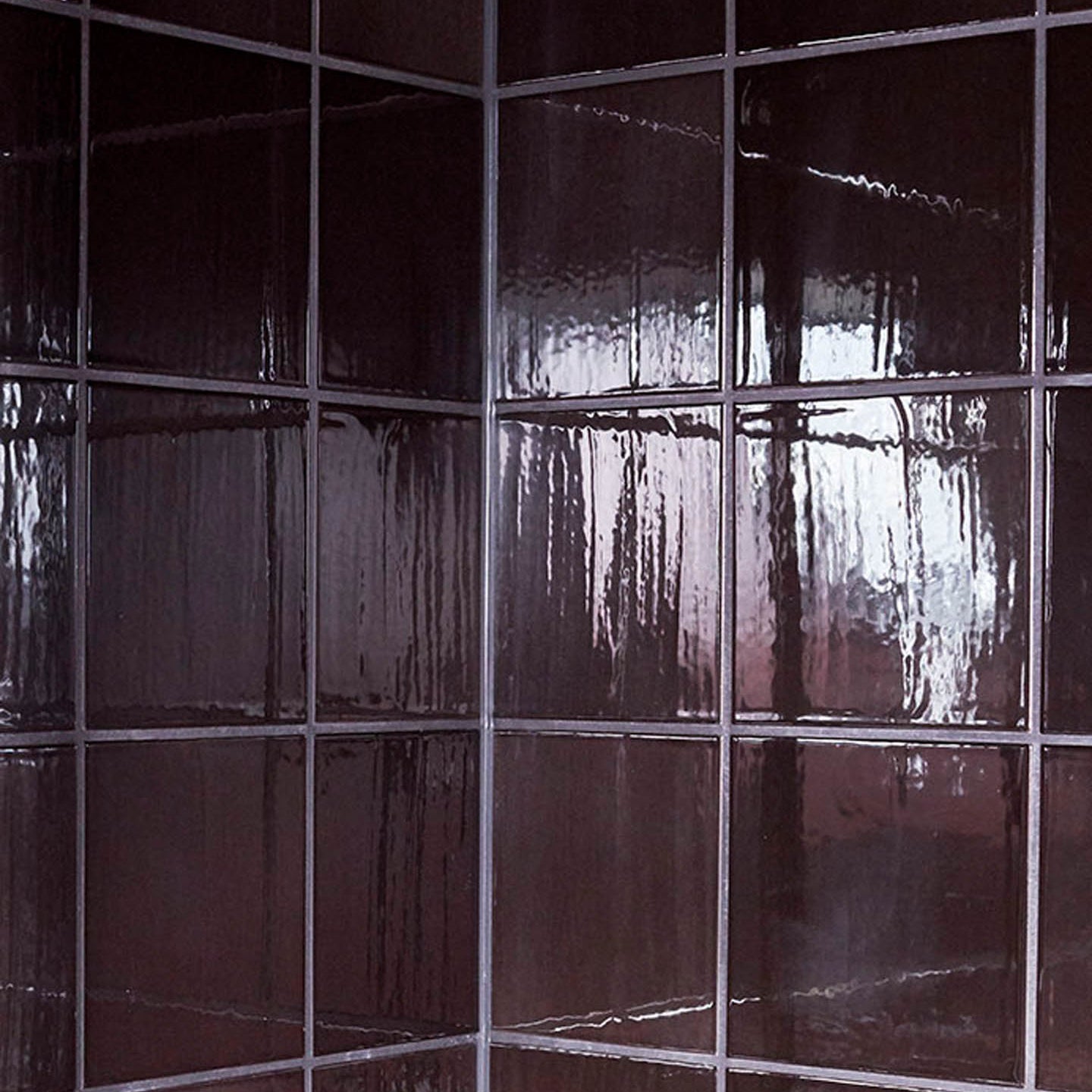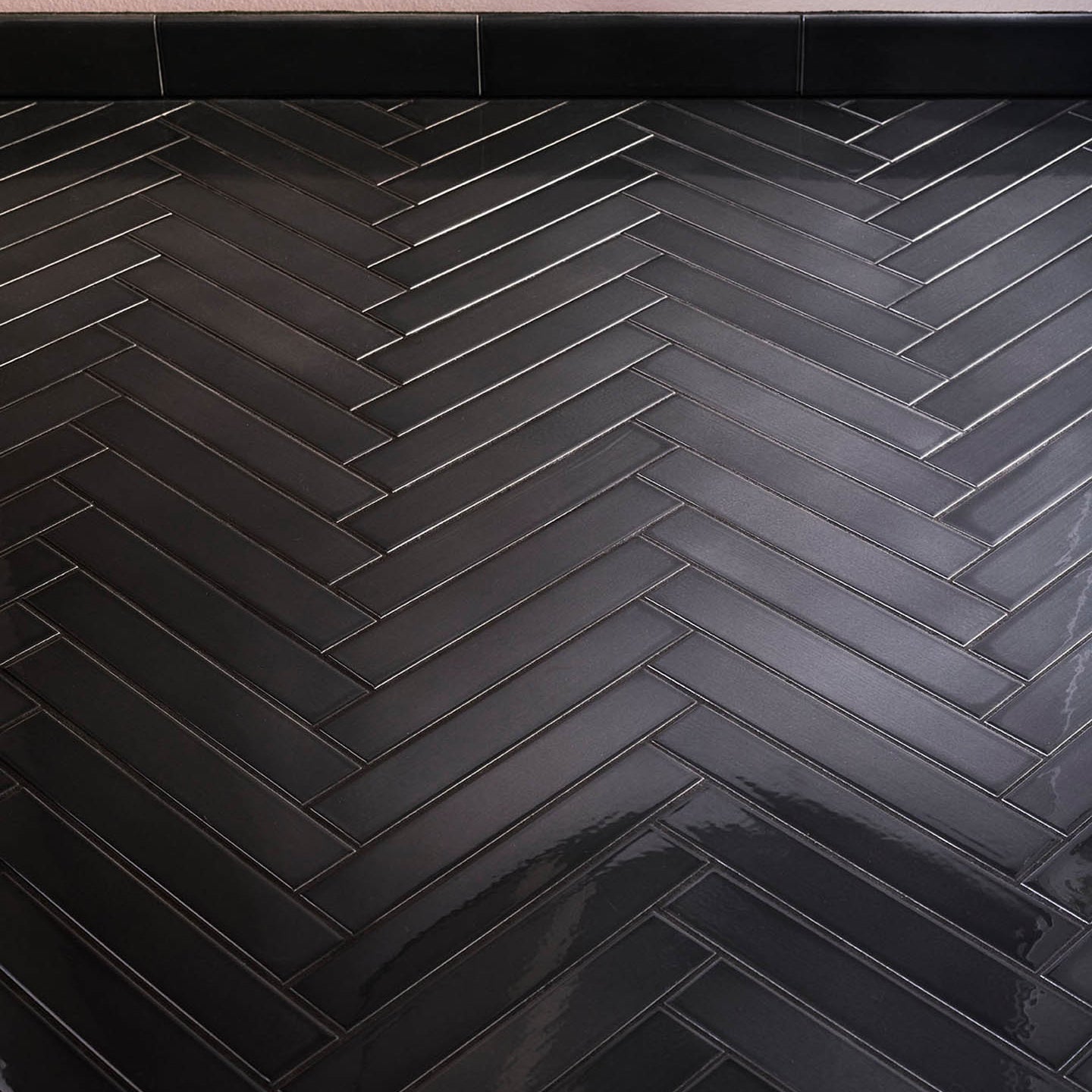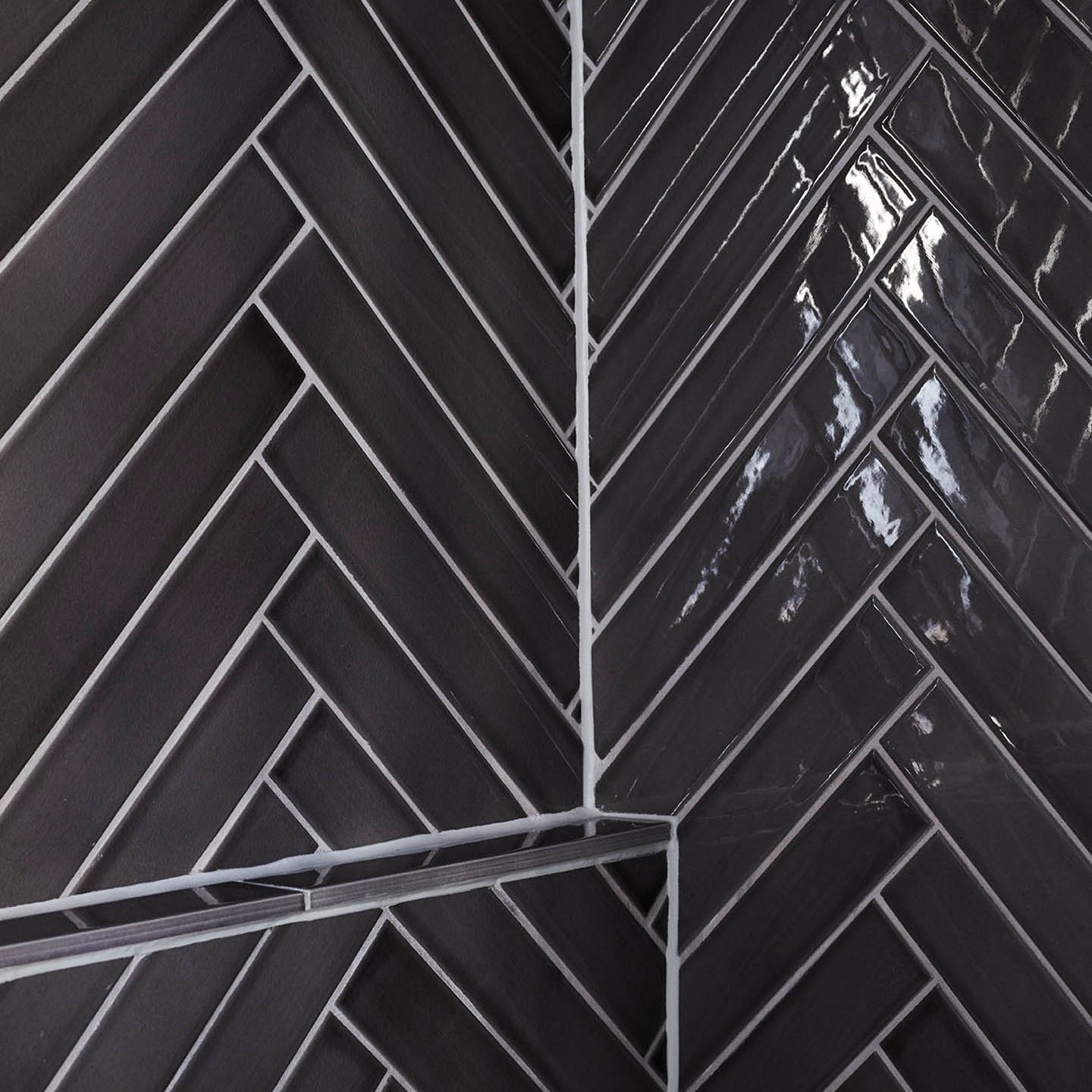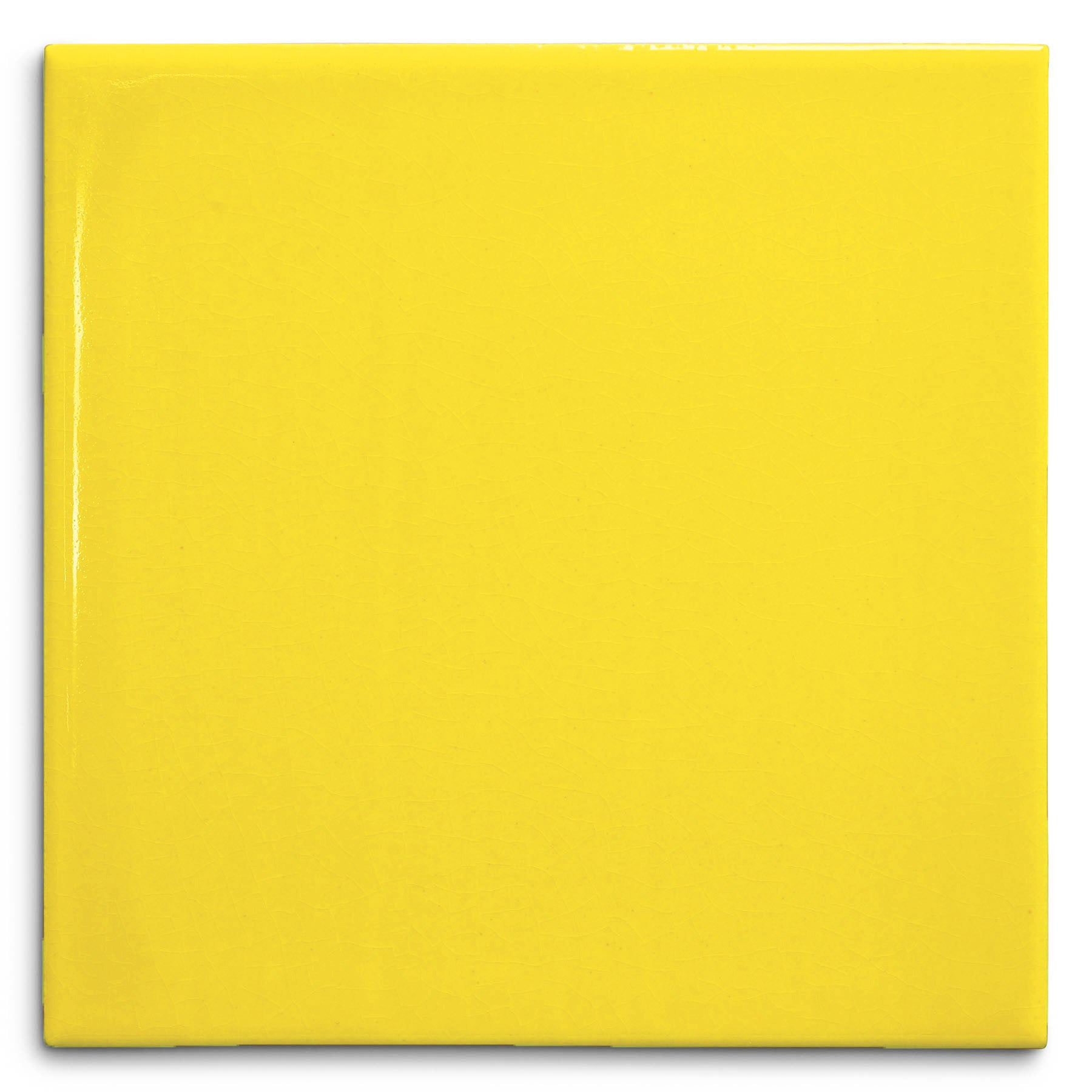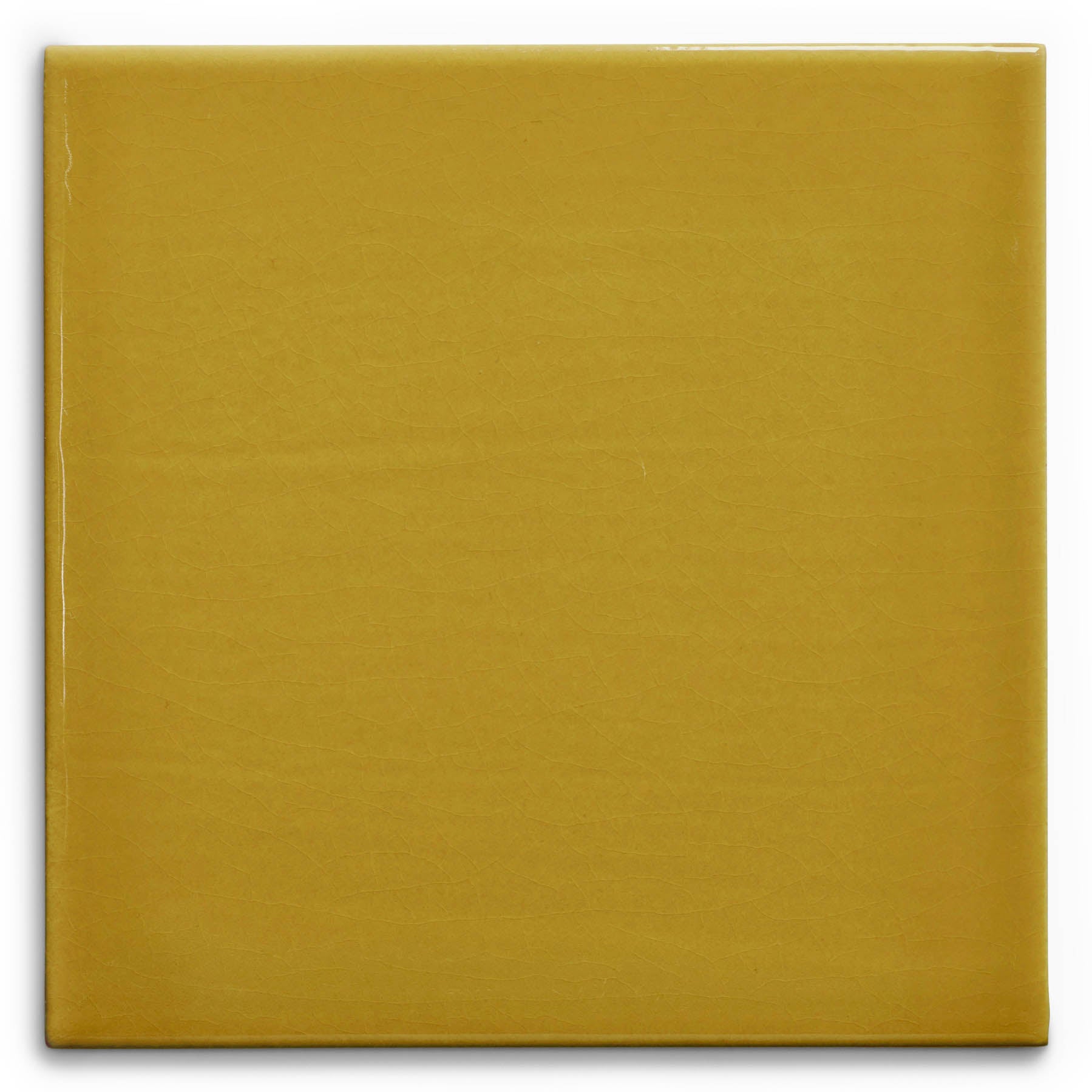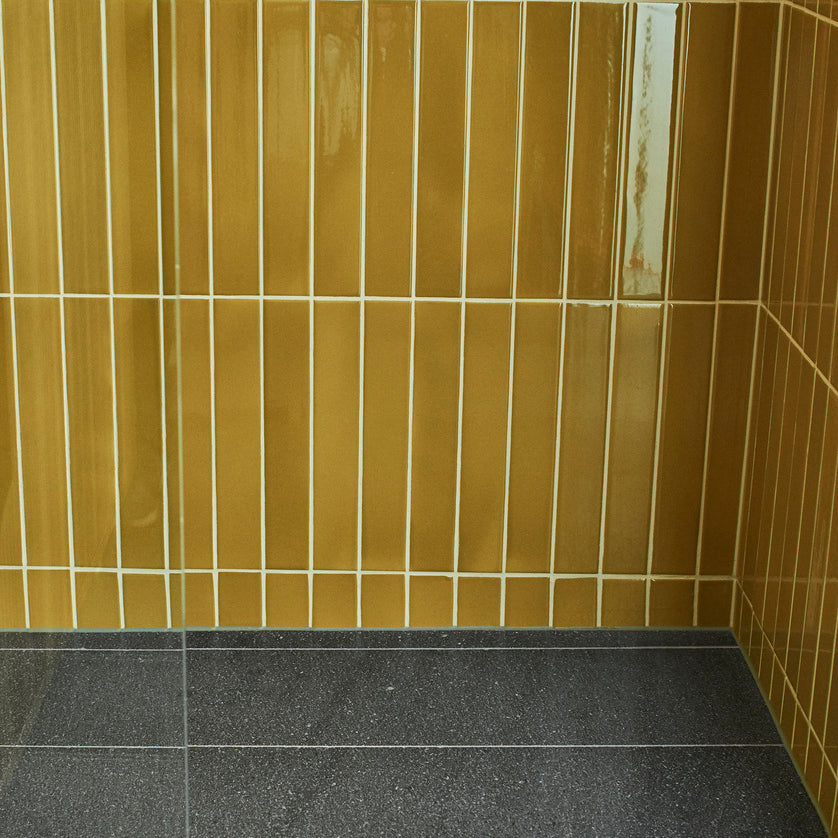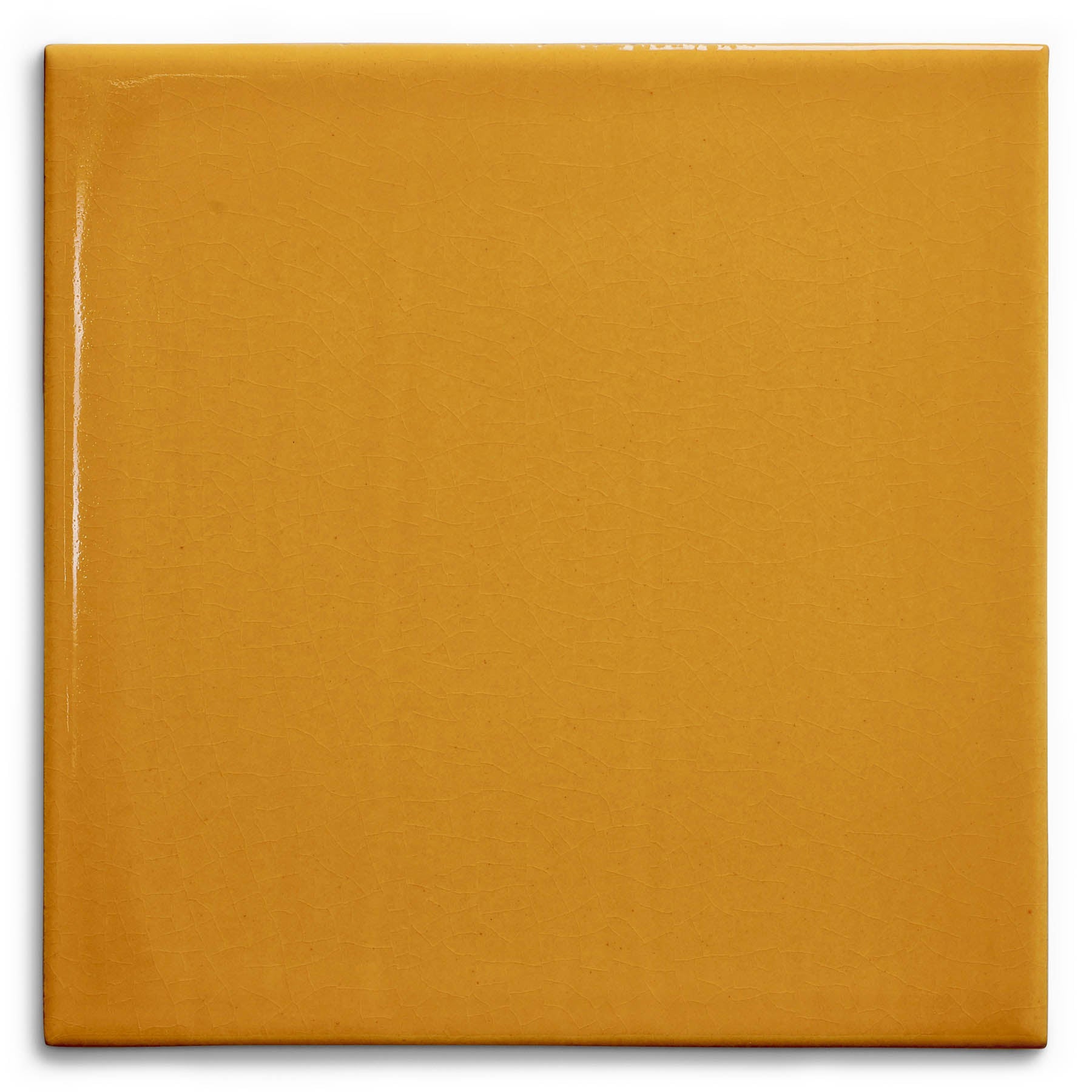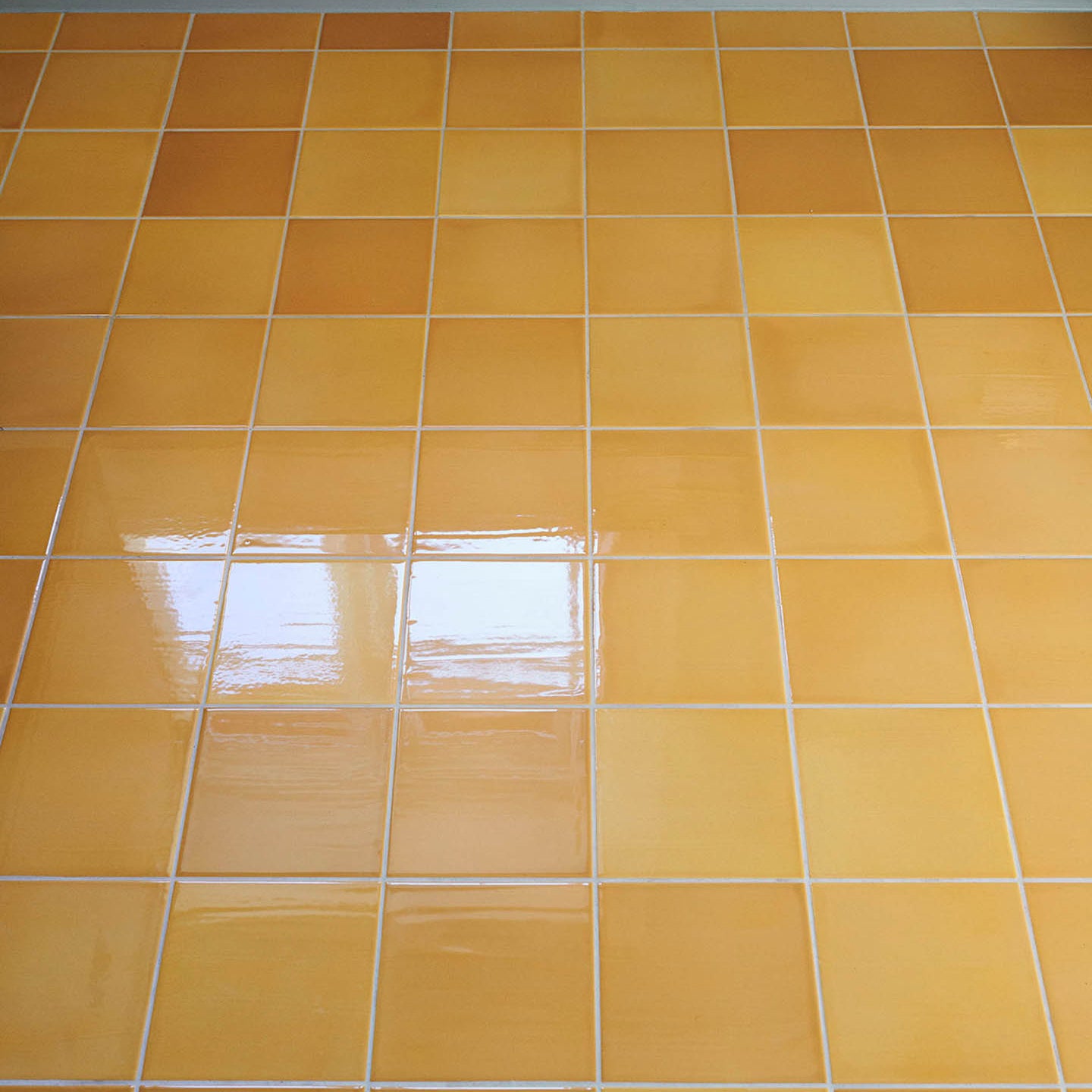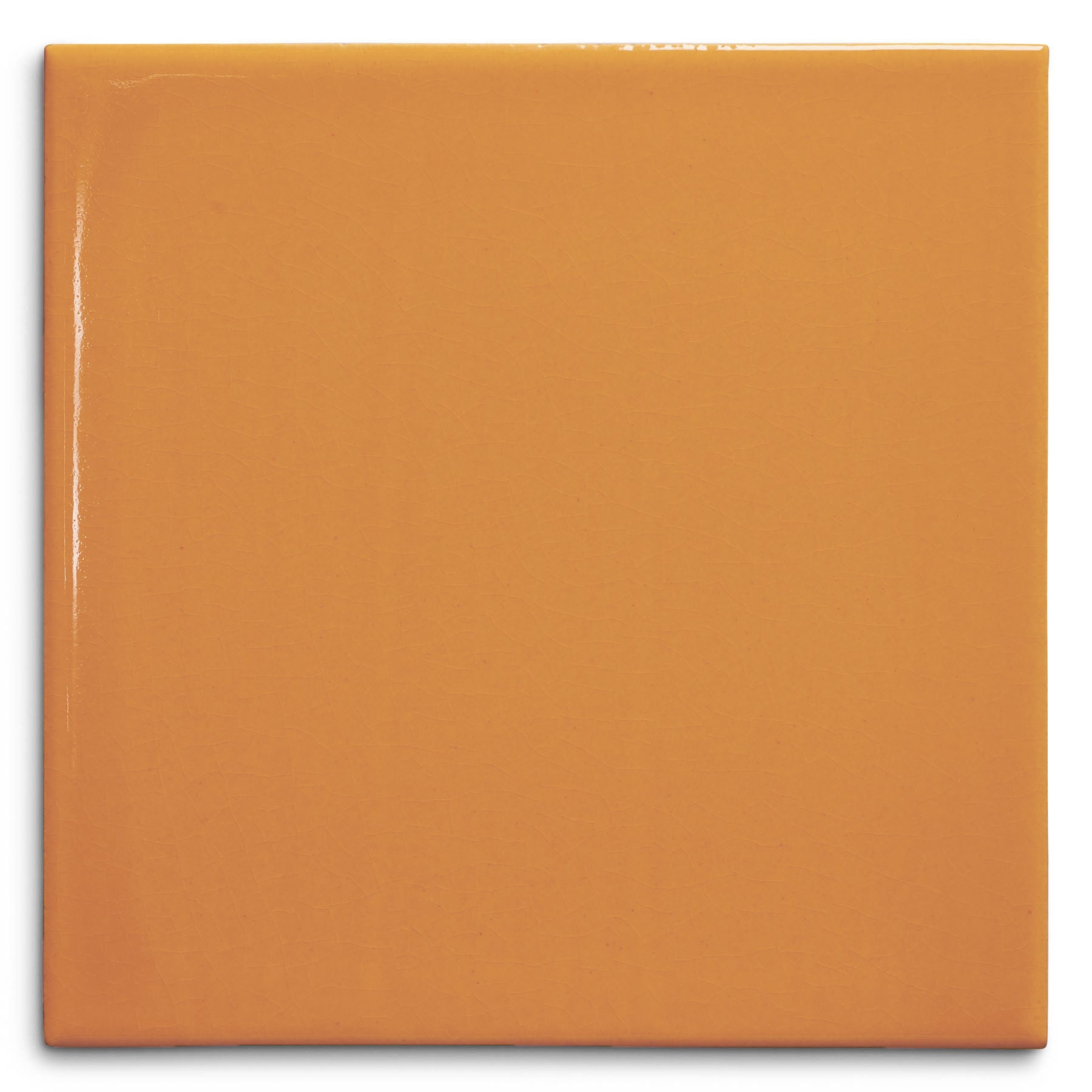Lava Stone Tiles
File Under Pop lava stone tiles are extracted from the active Sicilian volcano Mount Etna, where the lava stone has been compacted for up to 3.000 years, before it is carved out from about 20 meters of depth below the surface. Seeing daylight for the first time in centuries, the process of producing lava stone tiles starts by cutting the natural stone into bigger slabs, which are then carefully processed to become File Under Pop tiles of different formats.
Lava stone is the only stone of nature, which can be converted to have a ceramic surface. The material is well-known for its beautiful, lively surface showing spots and marks, which stem from the process of firing the material, during which glaze and stone merge and become one. These natural imperfections vary from tile to tile, as the minerals and other natural ingredients of the stone will act slightly different each time the lava stone is processed.
In addition to its unique expression, the lava stone is characterized by a tremendous durability, as the material can withstand up to -60° degrees and up to 1,000° degrees of heat, making lava stone tiles a beautiful and long-lasting element of interior design and well suited for all types of surfaces.
Clay Tiles
File Under Pop clay tiles come from a family-owned production located about an hour’s drive outside the Spanish town of Valencia. All clay tiles are worked entirely by hand, using silk-screening and hand-printing techniques to create patterns and motifs. A special trait of File Under Pop clay tiles is the unique look of each surface, showcasing the individual brushstrokes, which stem from the process of applying the glaze color onto the surface of each tile. The method of hand-glazing the clay makes each and every tile a unique piece of craftsmanship.
*Please note that all File Under Pop tiles are made to order; therefore, delivery times generally range from 4 to 8 weeks. Prices start from 2.500 DKK pr. sqm for glazed clay tiles and 5.400 DKK pr. sqm for glazed lava stone tiles. For more information on deliveries and prices, please contact us via info@fileunderpop.com.
Limestone Tiles
Chiara Stone is a limestone rock with a compact grain, widely used as a building material for both interiors and exteriors. It is very pleasant when used for “furnishing accessories”.
Alba Stone is the hardest limestone in Southern Sicily and is characterized by its bright, light color. Its main applications are essentially splitting, cladding and flooring. The Chiara stone is much more marble-like and often has the classic 'pencil' lines compared to the Alba stone. For washbasins, it is advisable to use Chiara stone. Compared to Alba stone, it has fewer 'knots' (areas of limestone that have not completed the calcification process).
Grout Guidance
File Under Pop recommends that you take a stand on grout when choosing your tile color. The quality and expression of the finished tile work also depend on the right grout. File Under Pop is happy to guide you in choosing the right grout to match your File Under Pop tiles. Please note that we offer guidance exclusively for File Under Pop tiles.
We are retailers of a select range of Kerakoll grout that is suitable for both our ceramic and natural stone tiles. Click hereto calculate how much grout you need.
We recommend that you and/or your tiler always consult a professional before working with our tiles. We can only guarantee the quality of our tiles at the time of delivery and do not take responsibility for errors related to cutting, mounting, or grouting the tiles in your space. We also kindly advise you and/or your tiler to perform a grout test on a single tile before starting the tiling process. This step is necessary to evaluate the effect your chosen grout may have on the tiles. For example, grout that is darker or stronger in color than your tile may leave unwanted traces on the tile's surface.
From our perspective, minimal distance between tiles creates the most cohesive expression. We suggest a grout thickness of 1–2 mm, though this may vary depending on your project's specific requirements.
To create a harmonious layout before mounting the tiles, carefully place each tile while keeping a balance of tone and expression in mind. We suggest evenly spreading out darker or lighter hues across the entire surface to create a balanced appearance.
When working with clay tiles that have visible brushstrokes, we recommend laying them out at random—ensuring the strokes do not follow the same direction—to achieve a vivid and playful surface.


